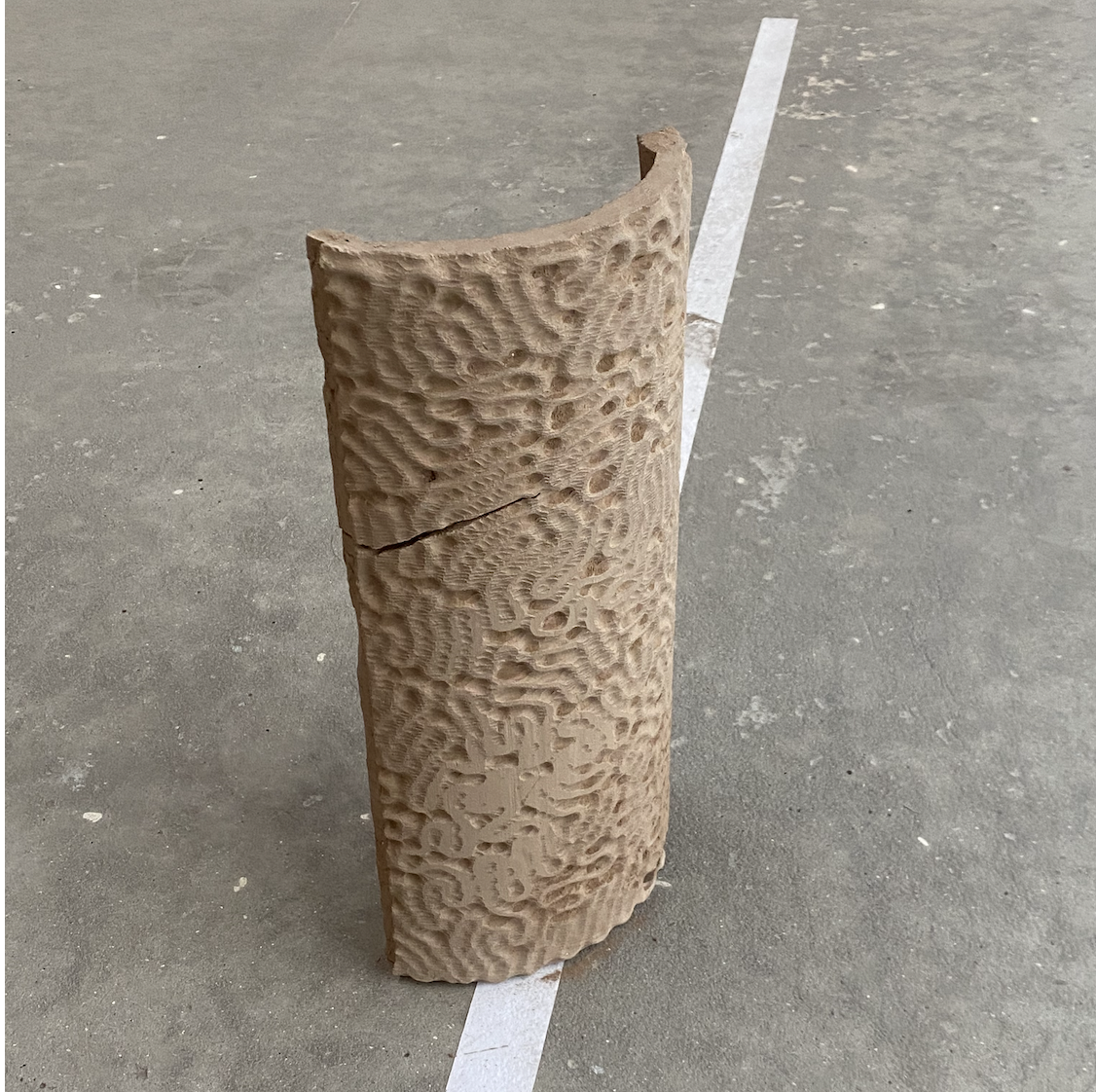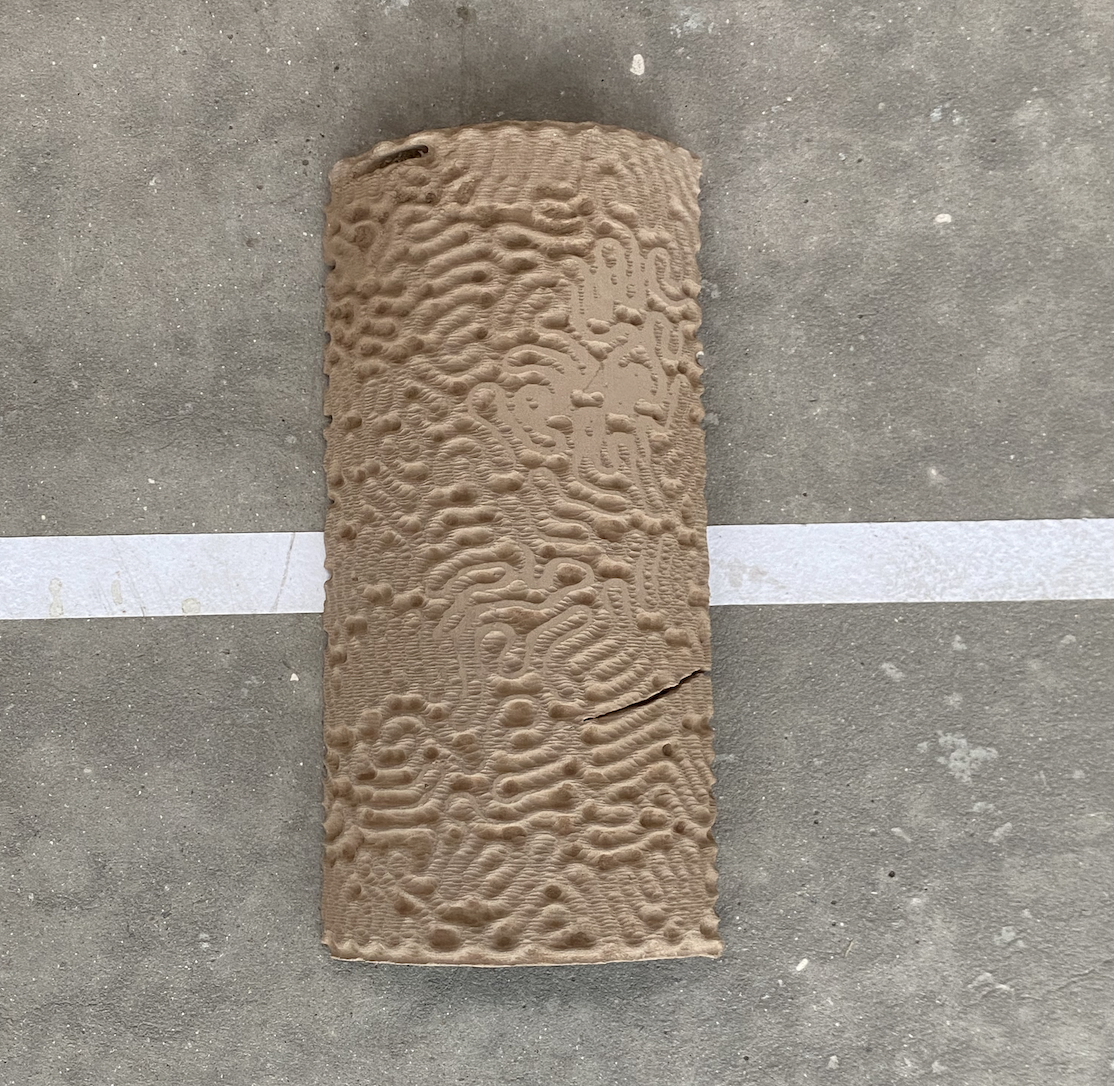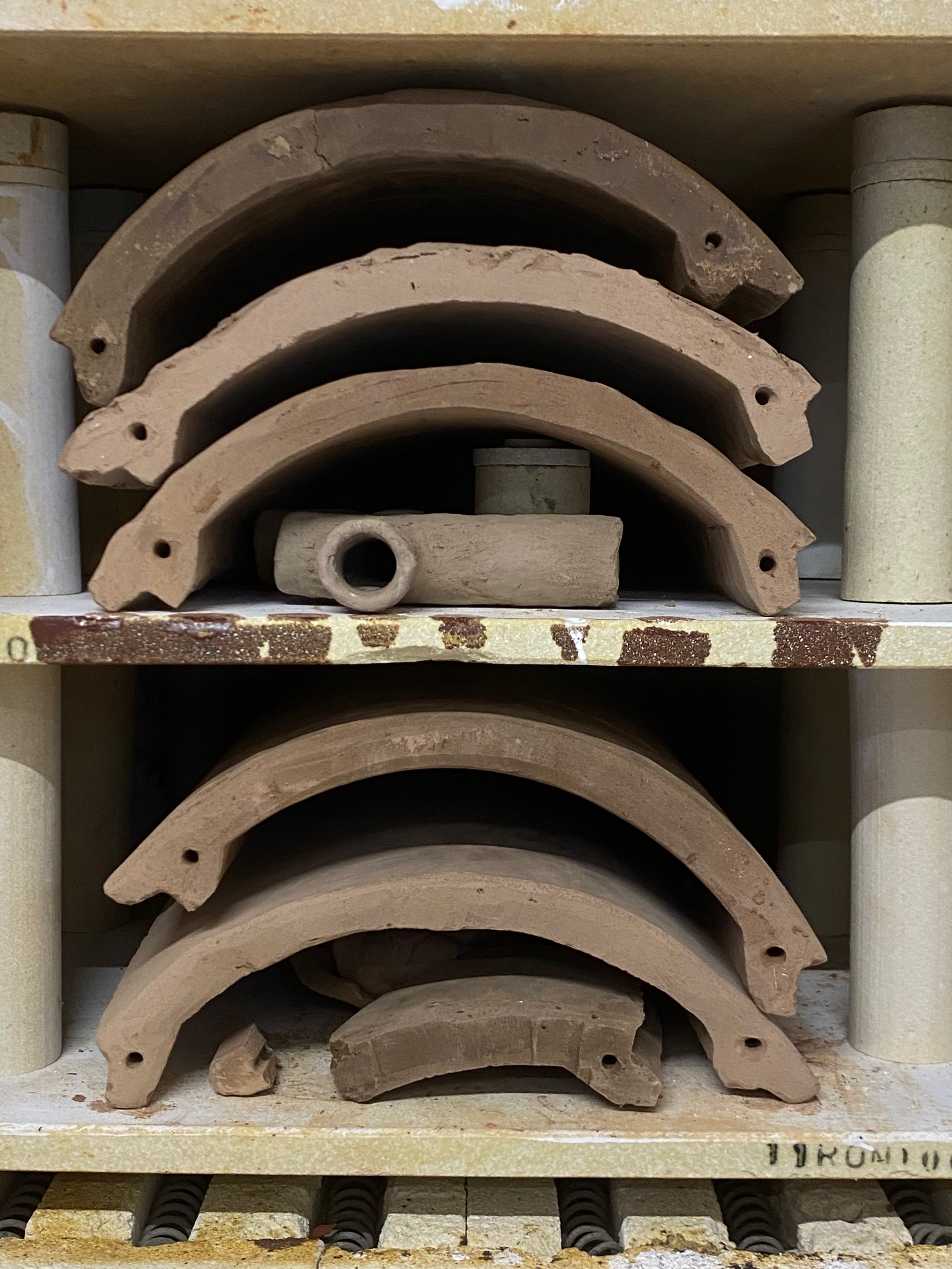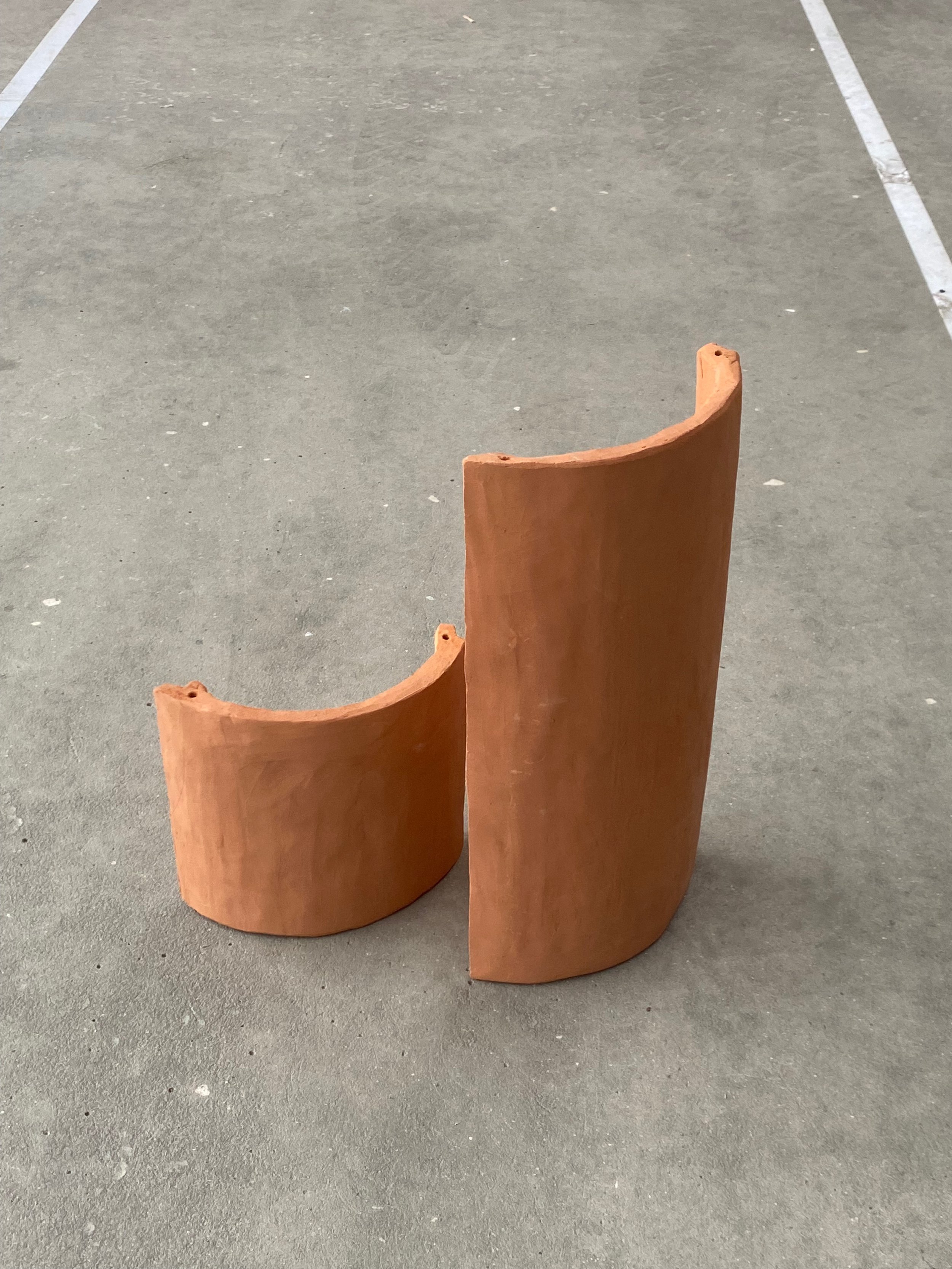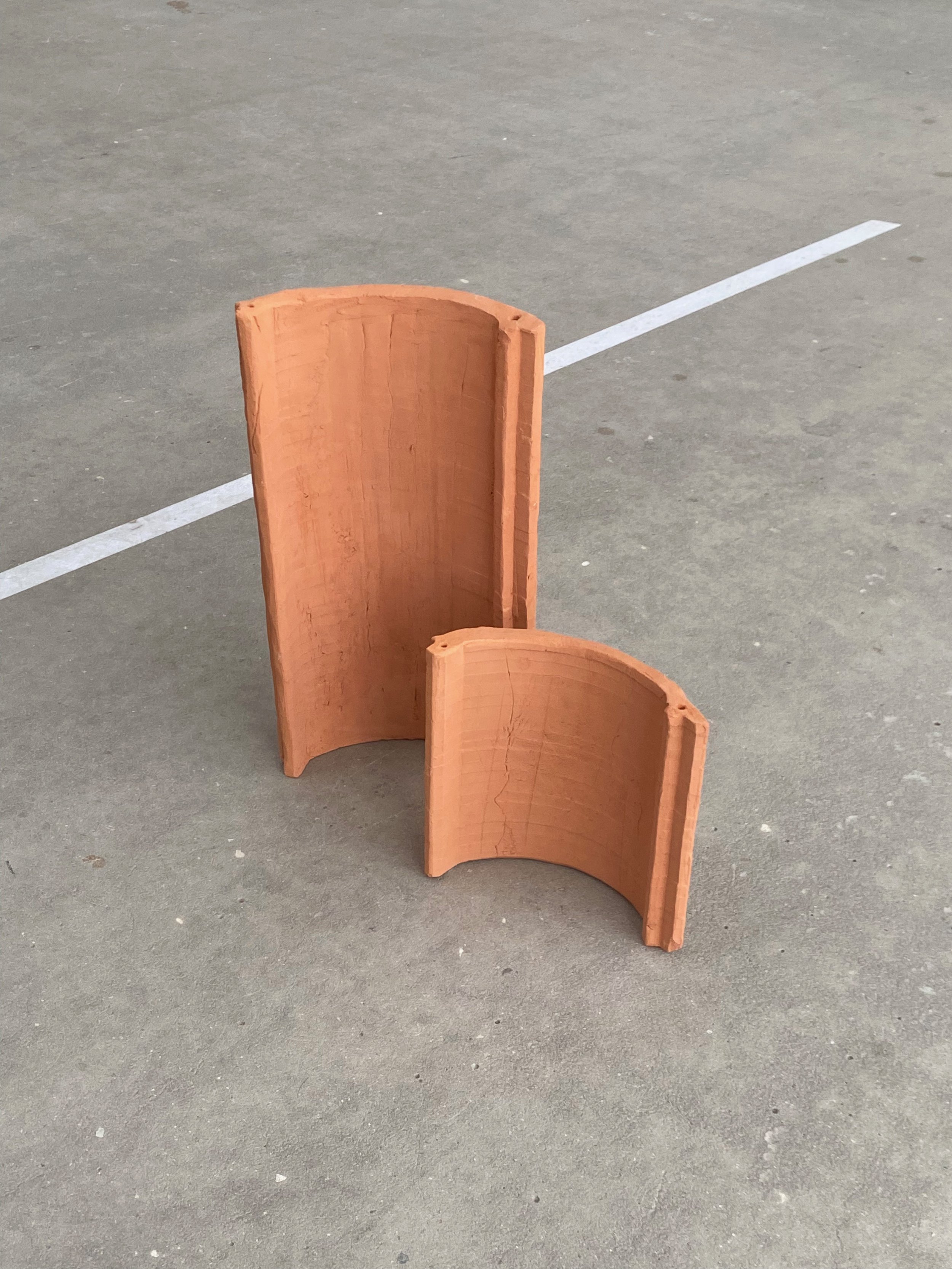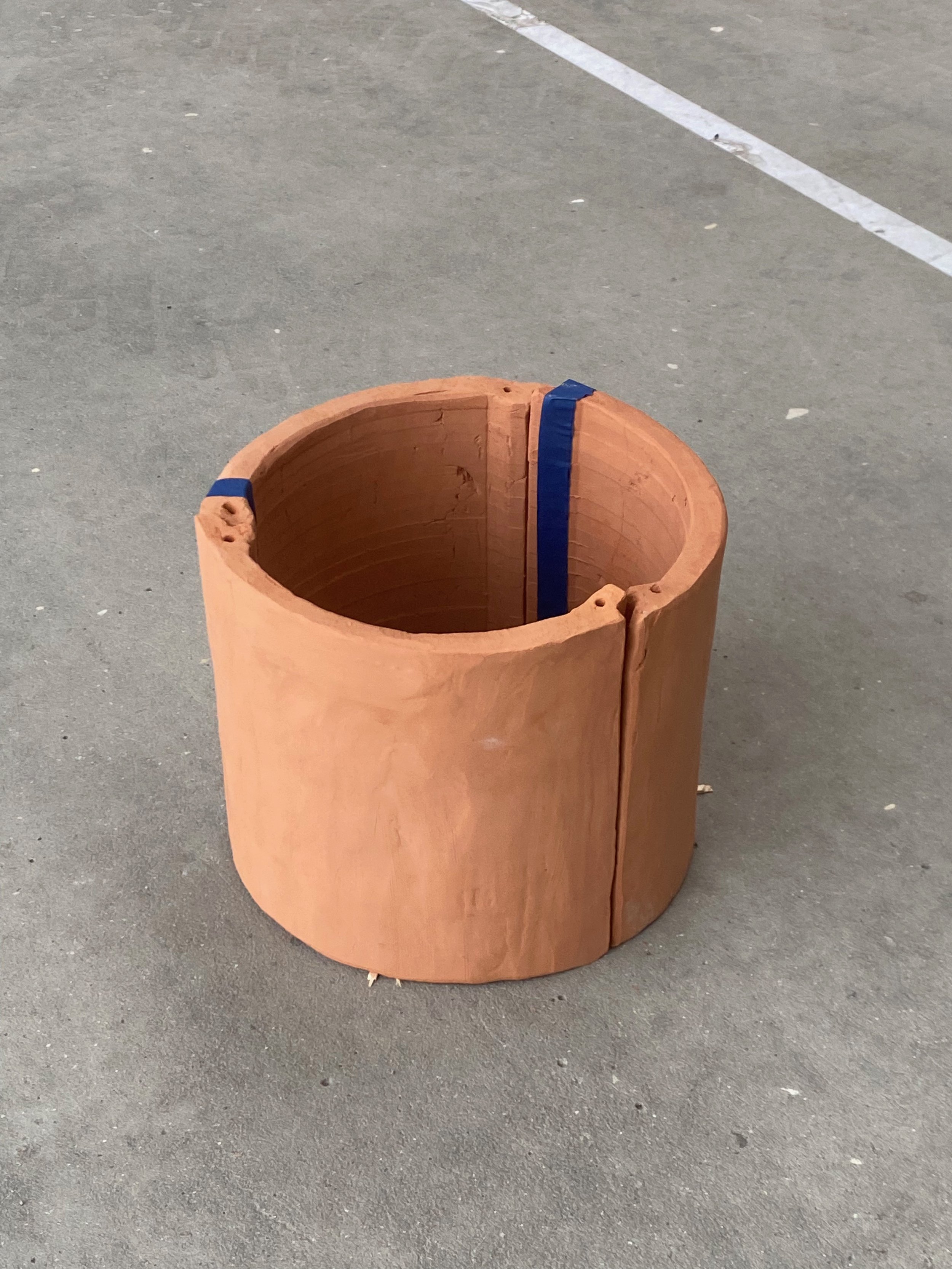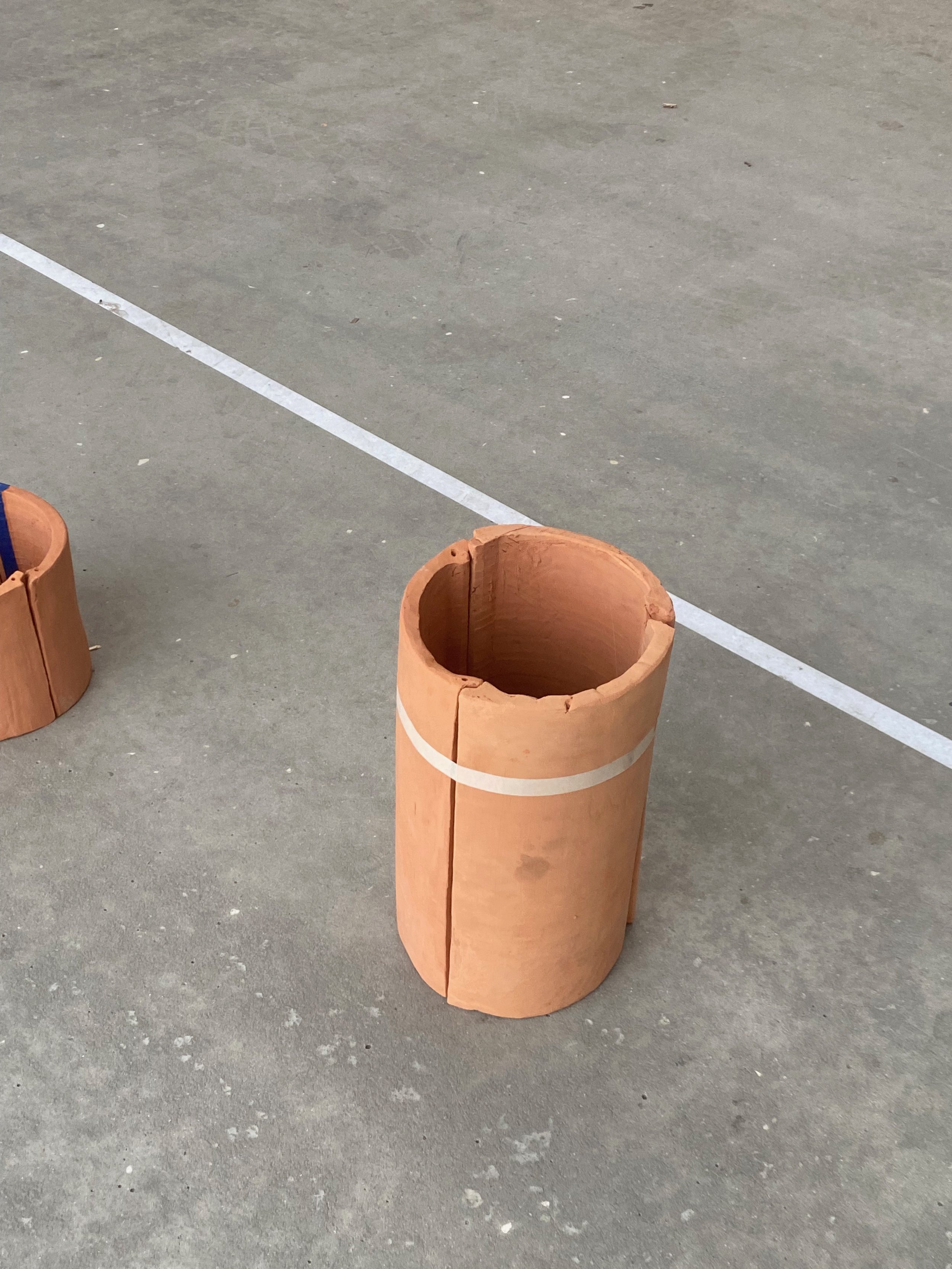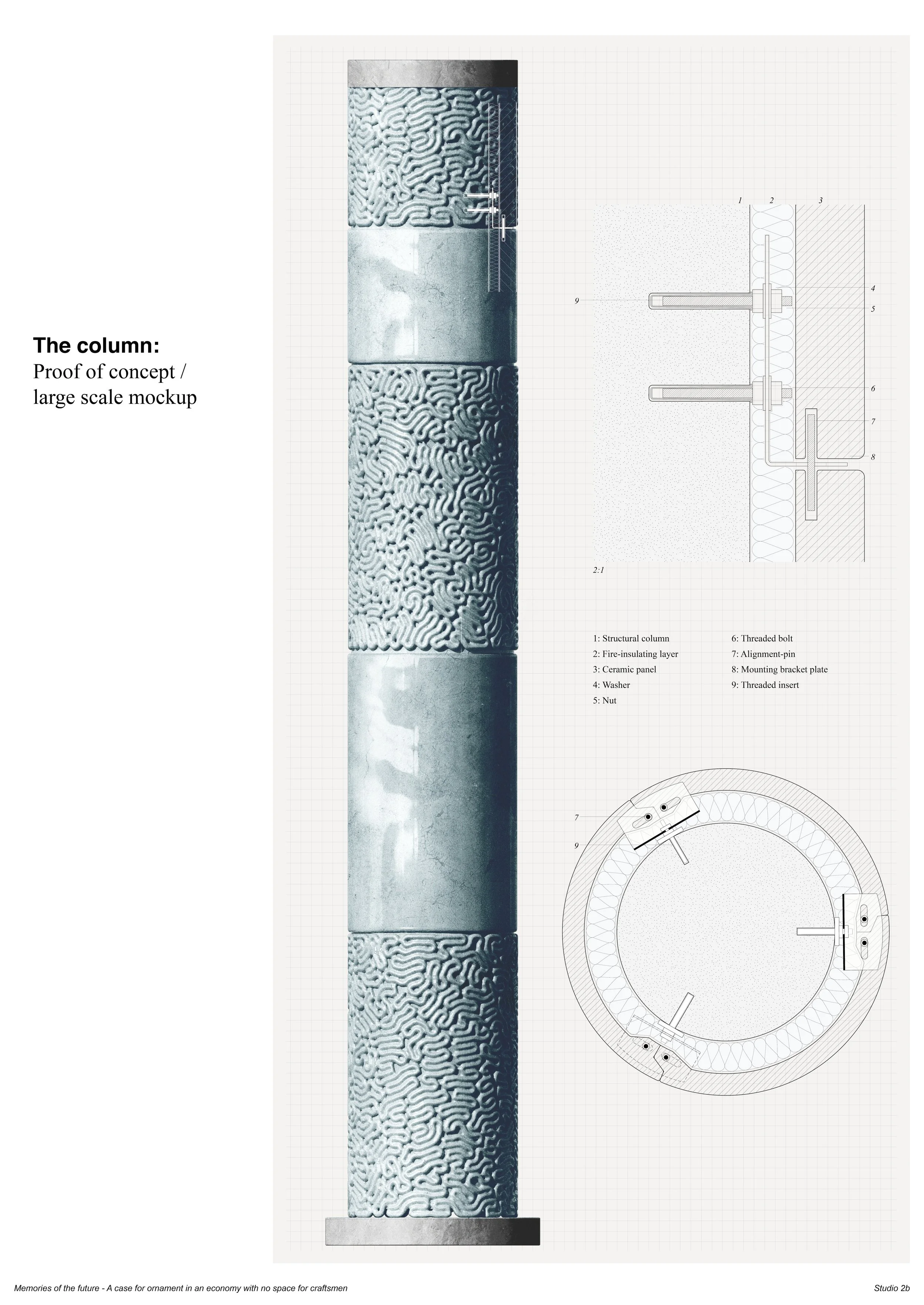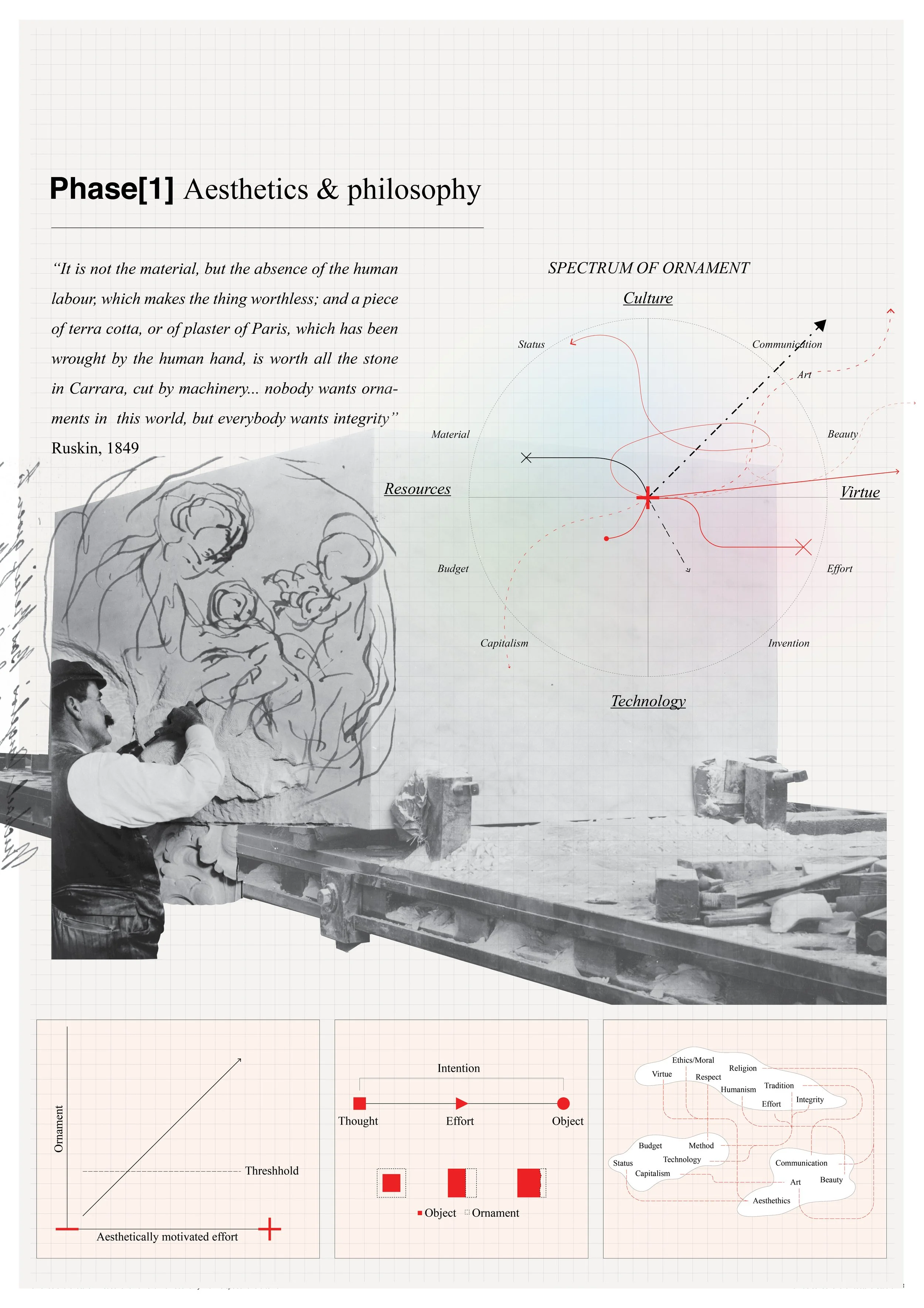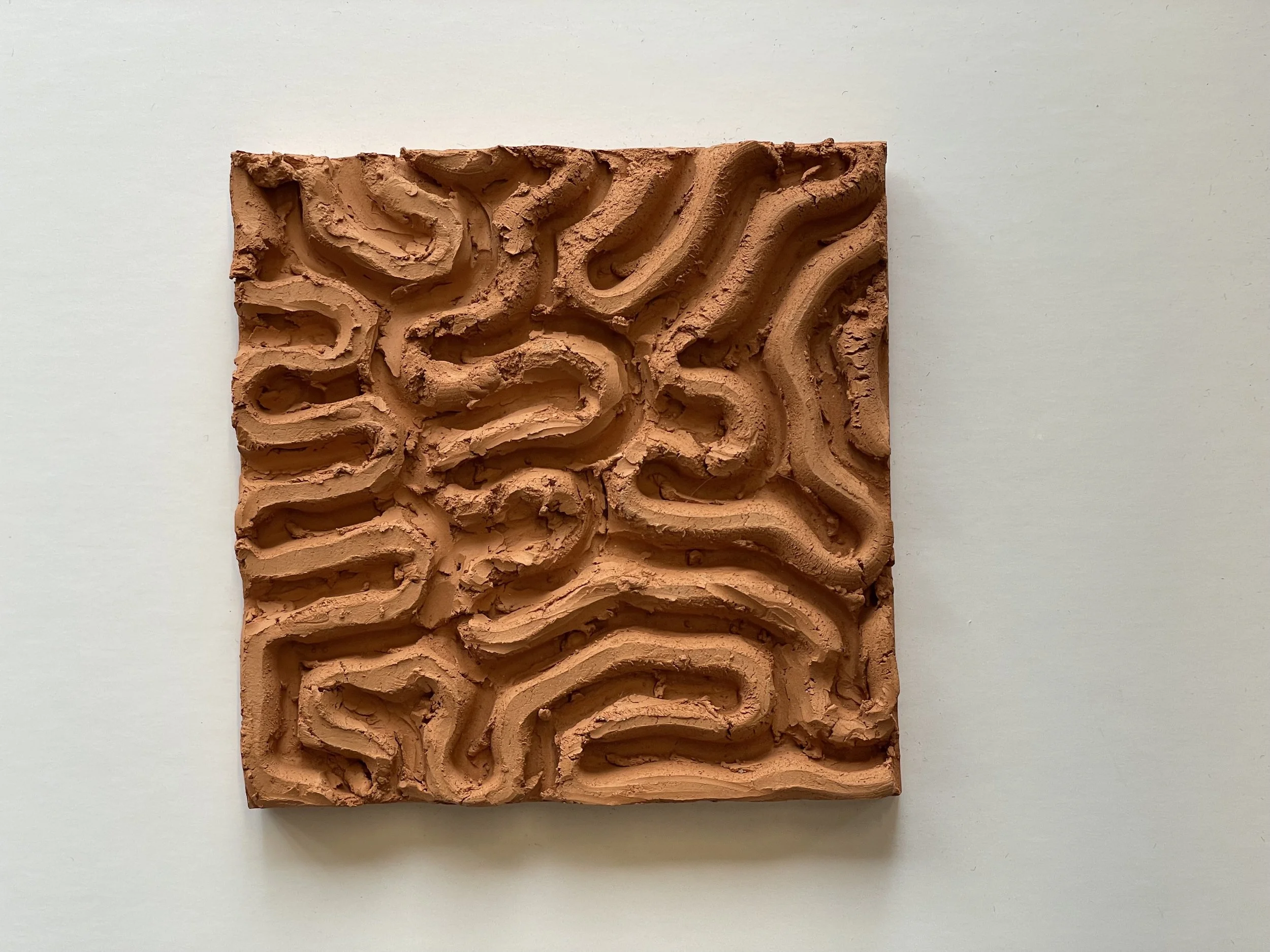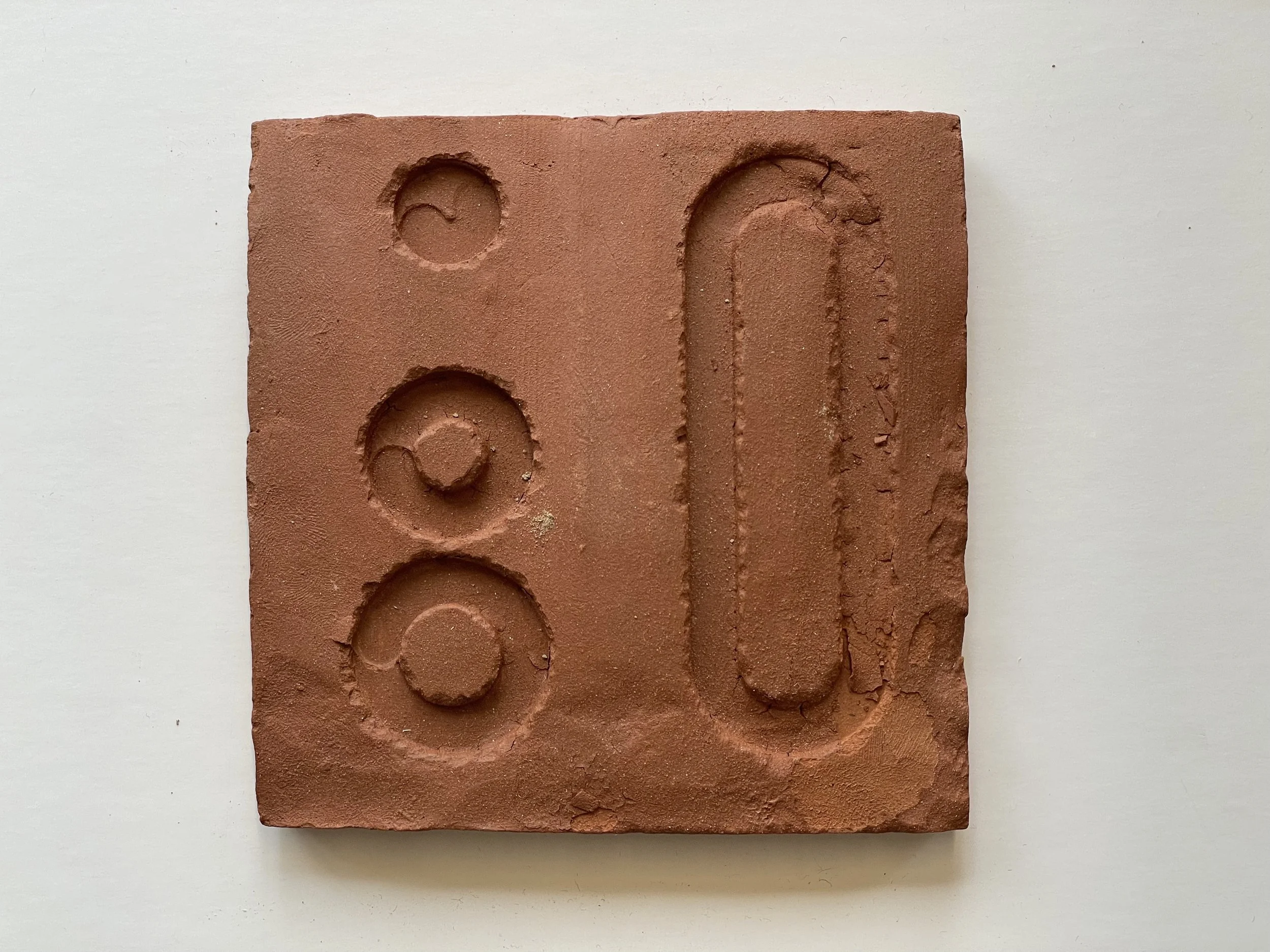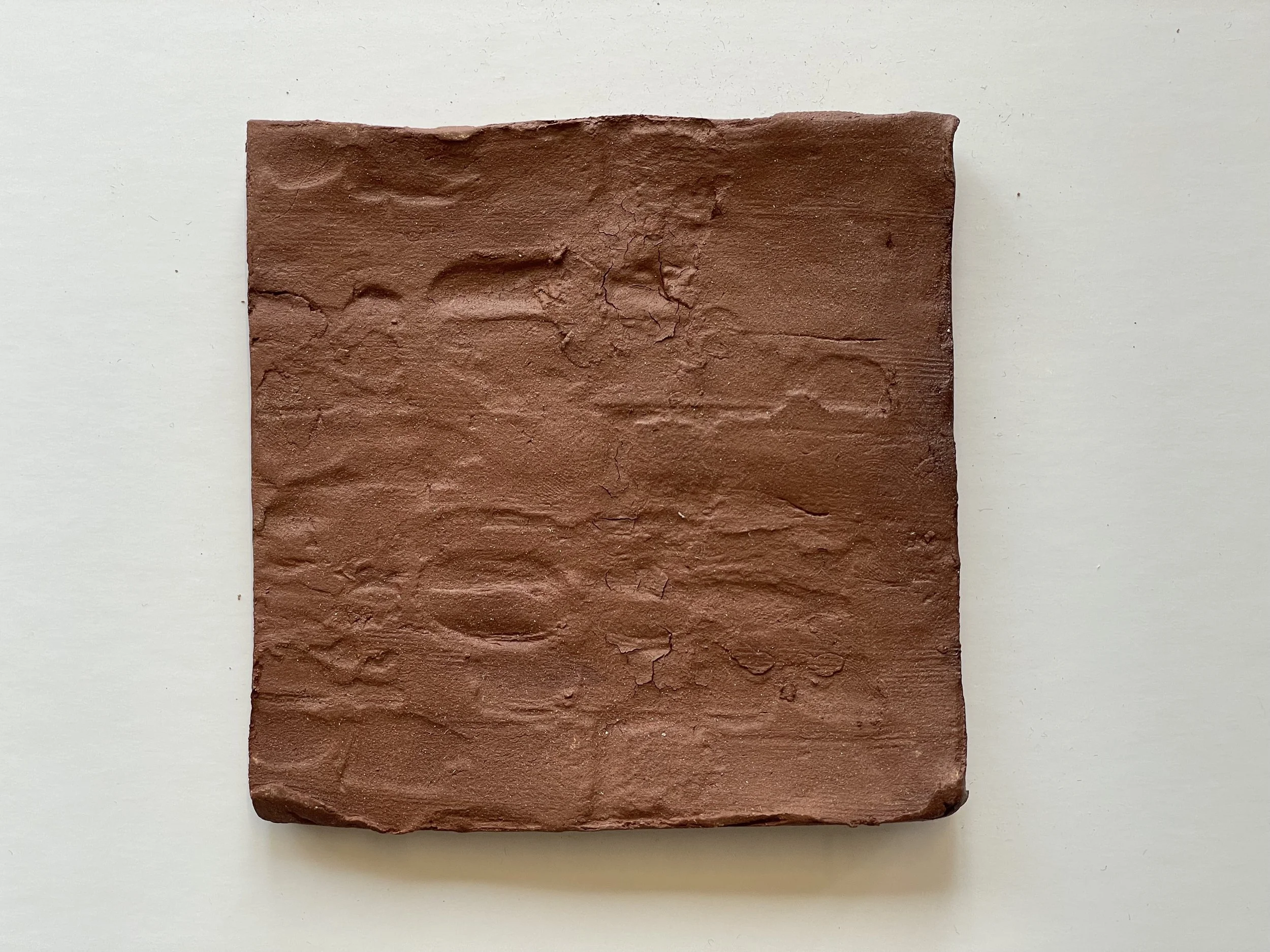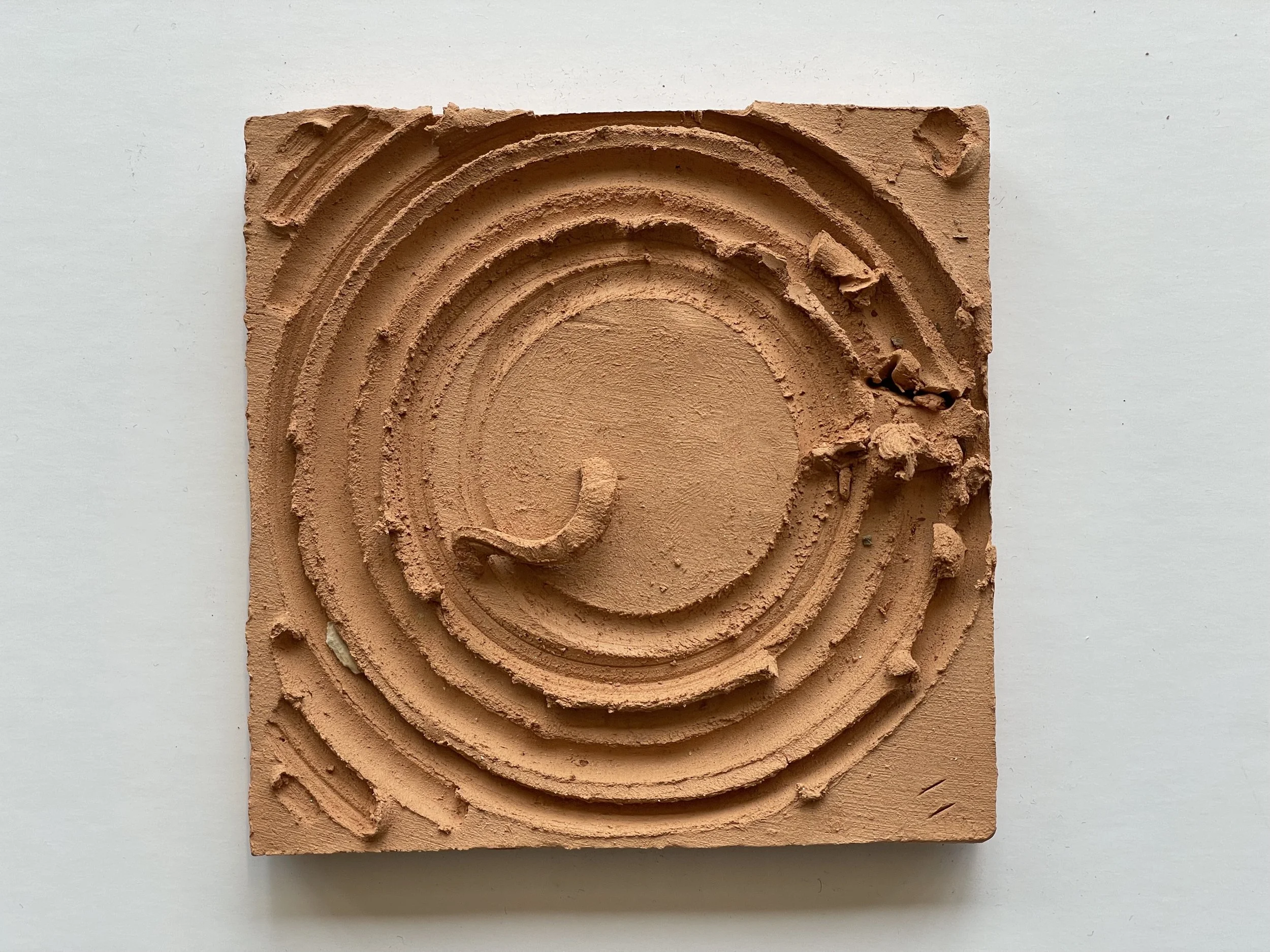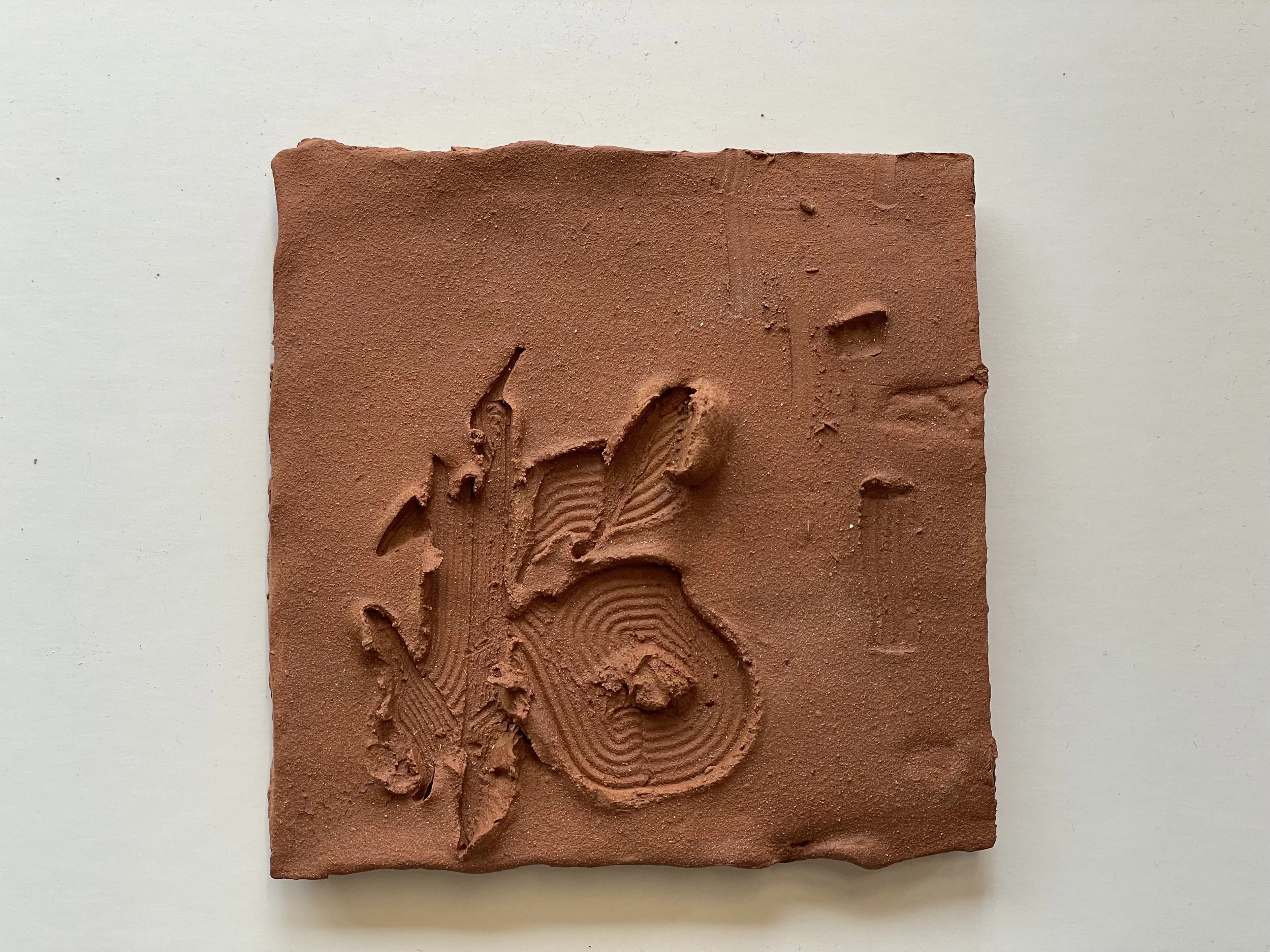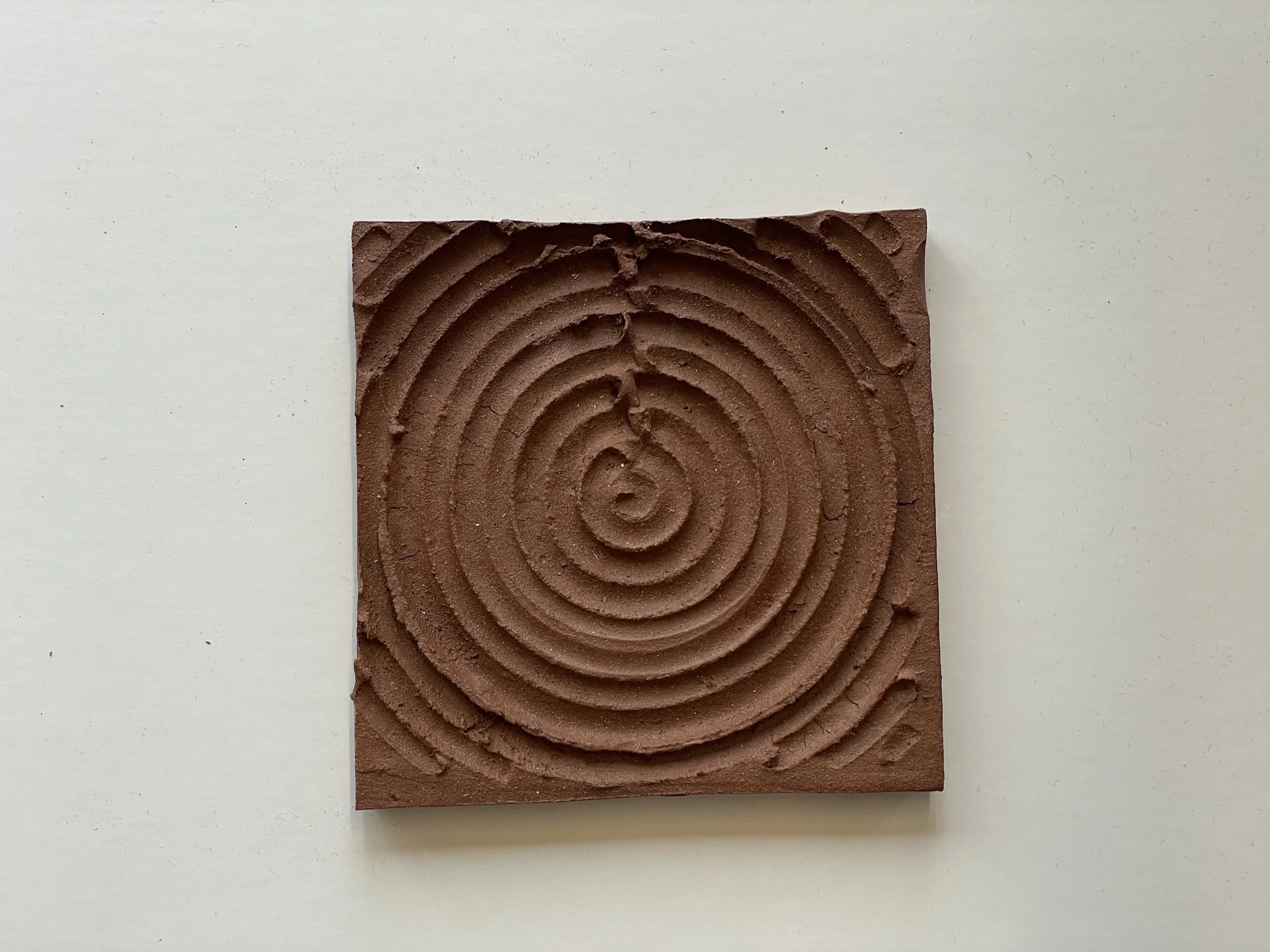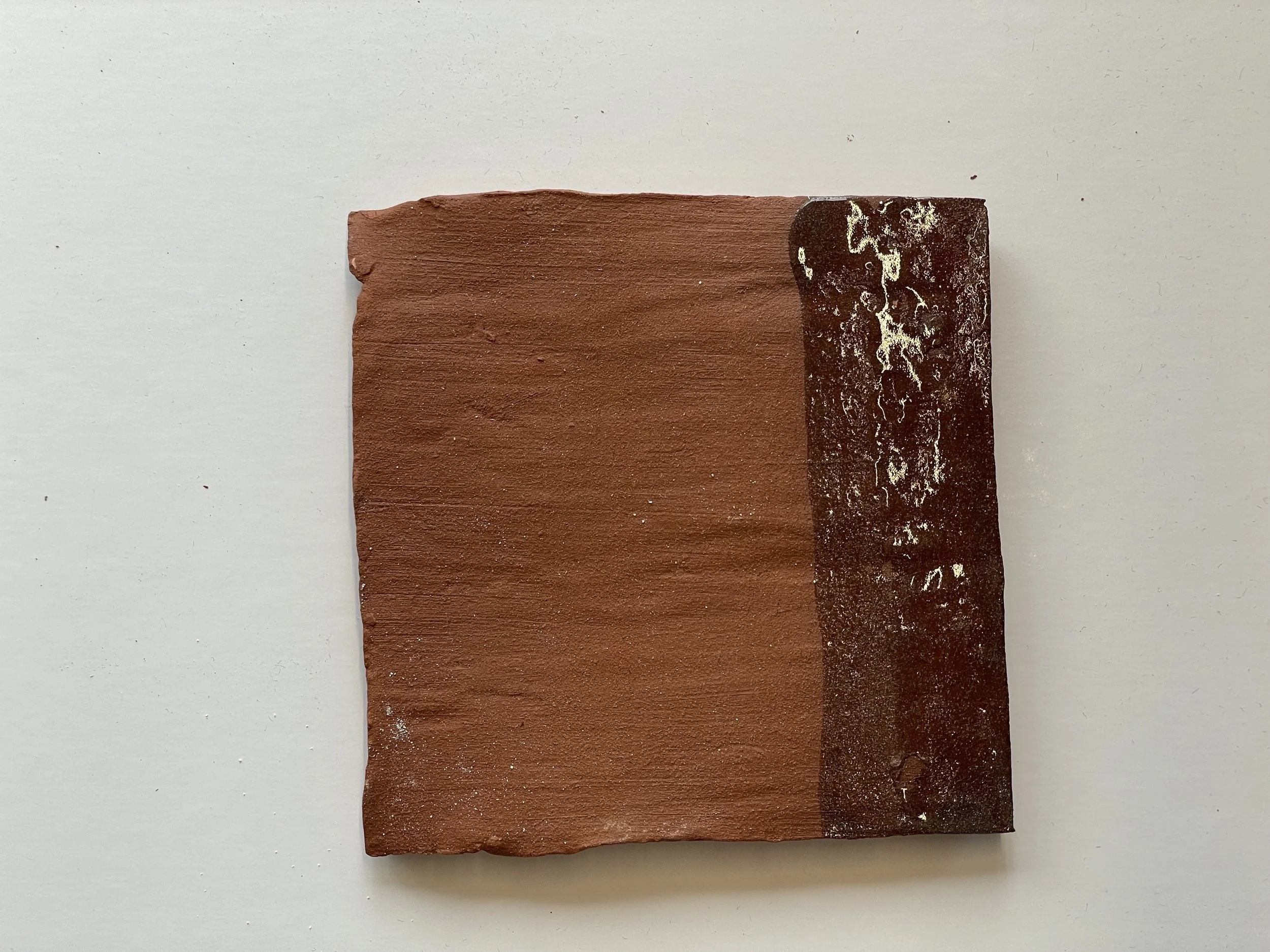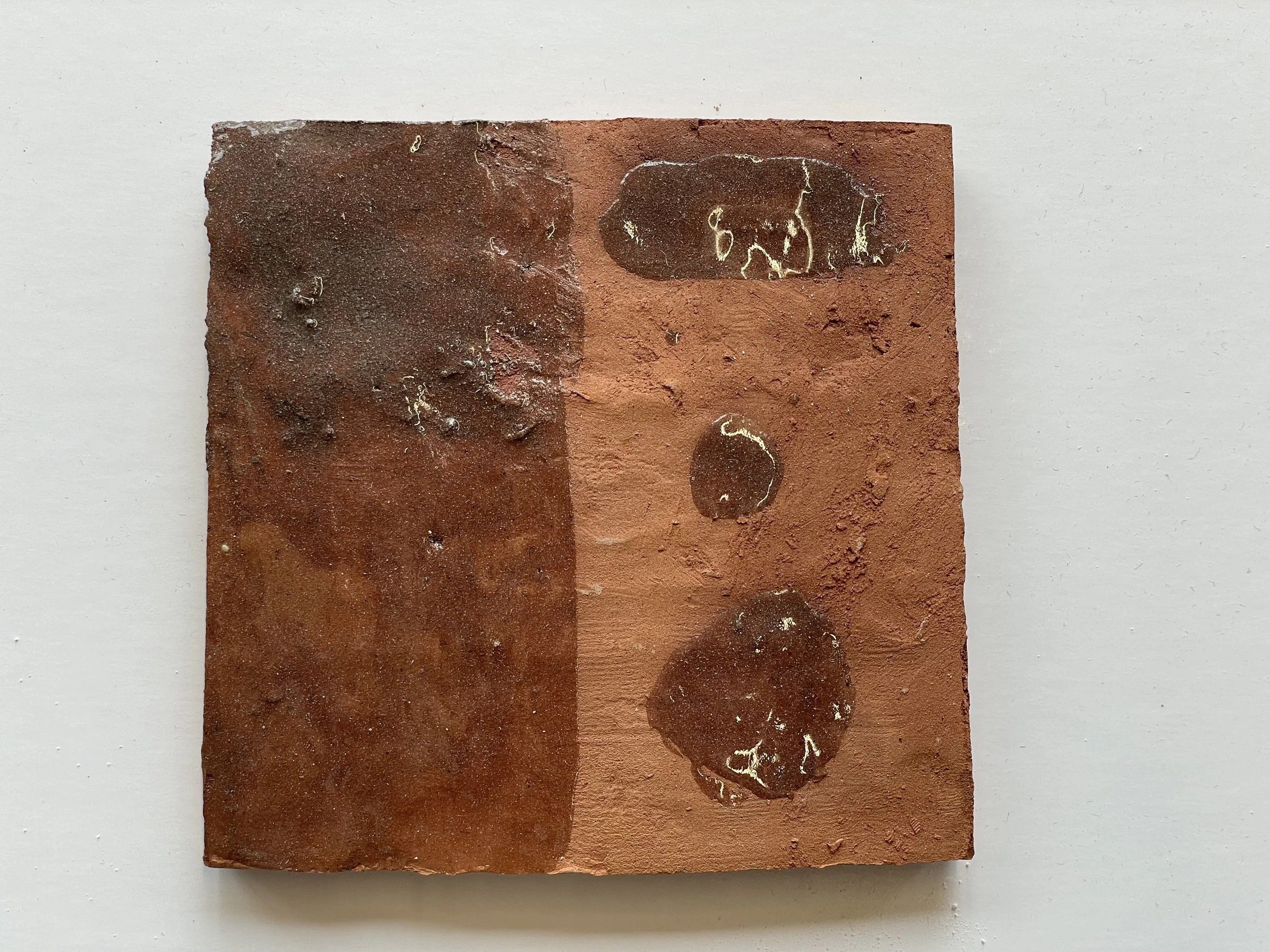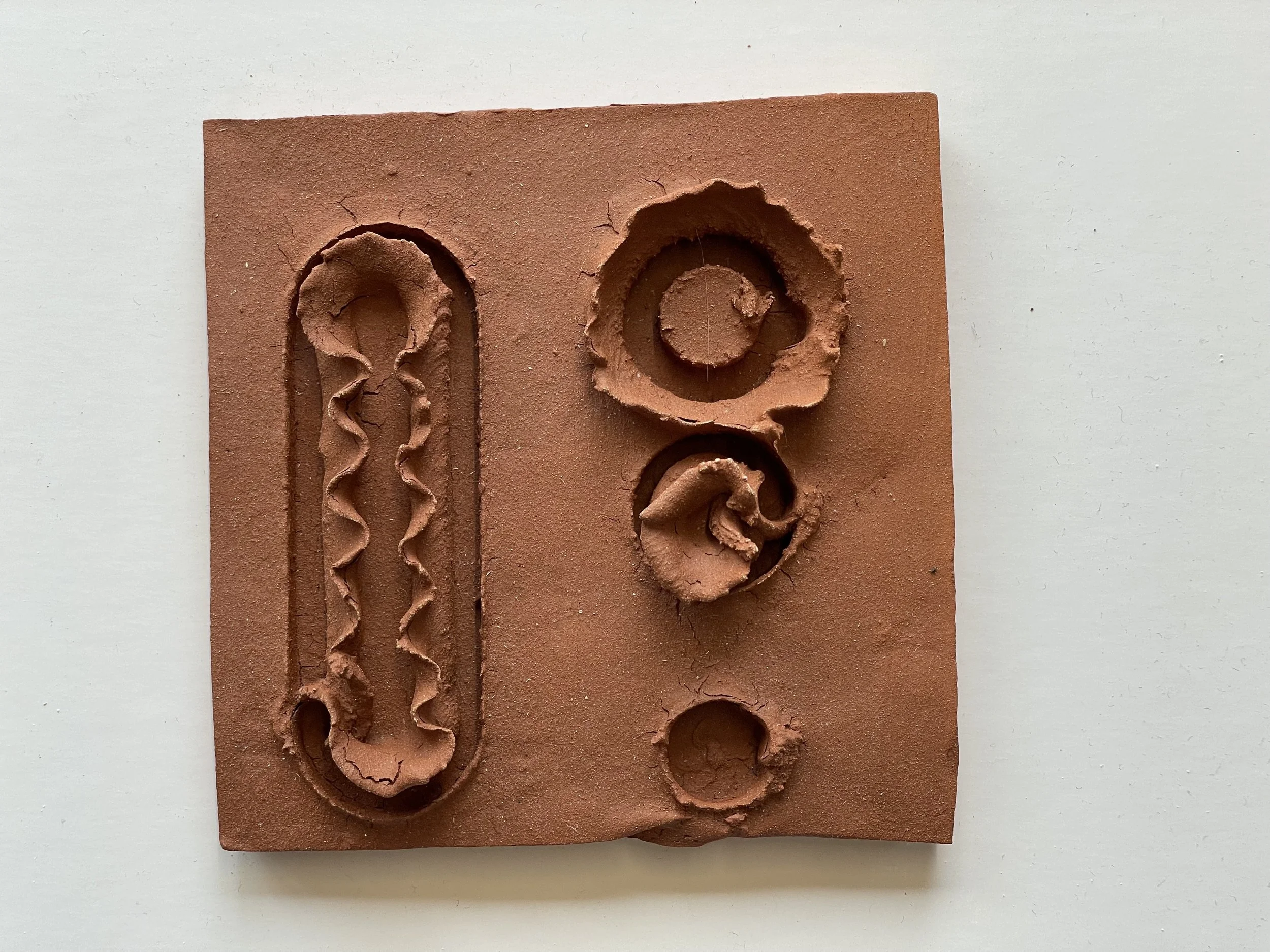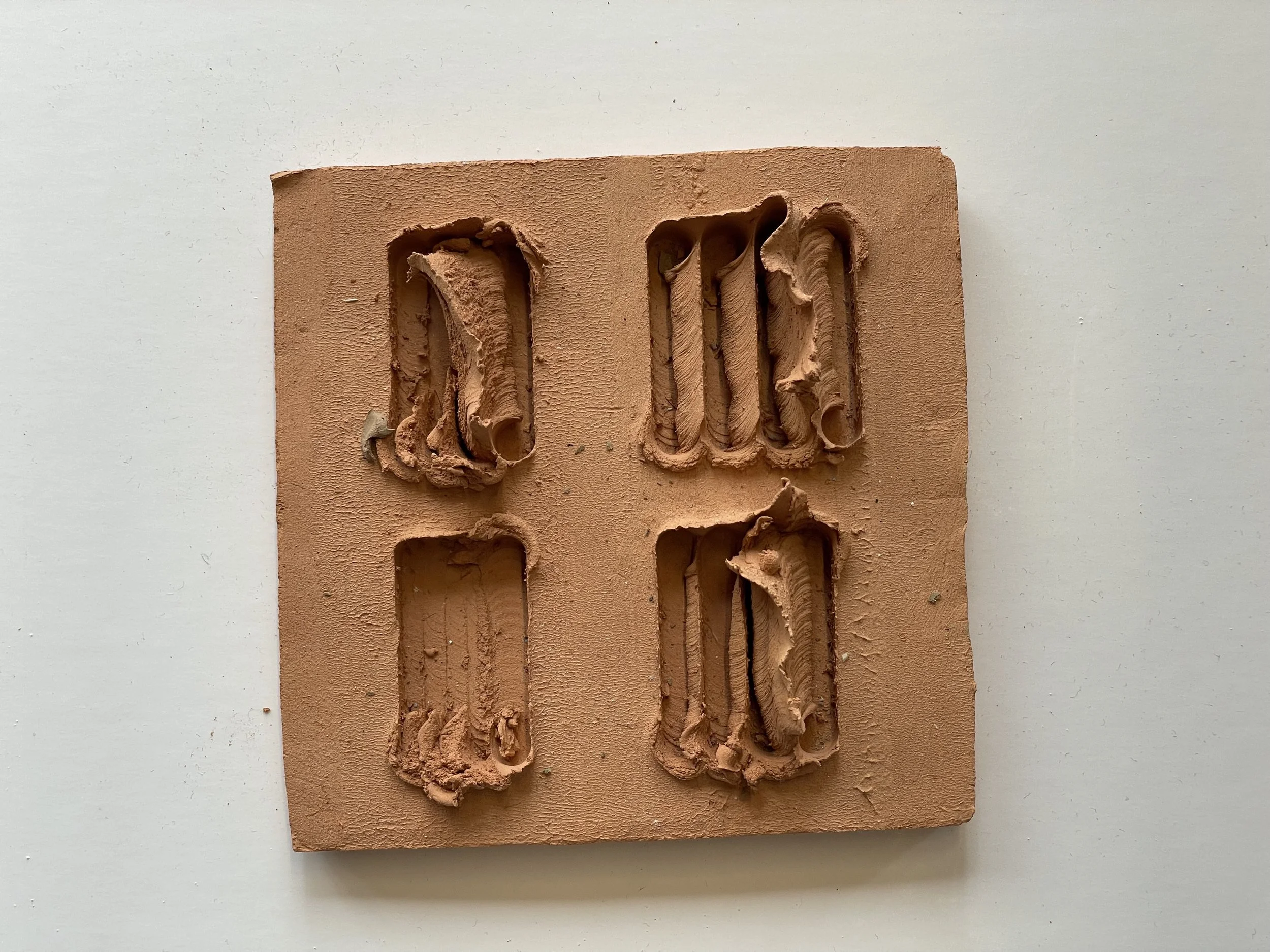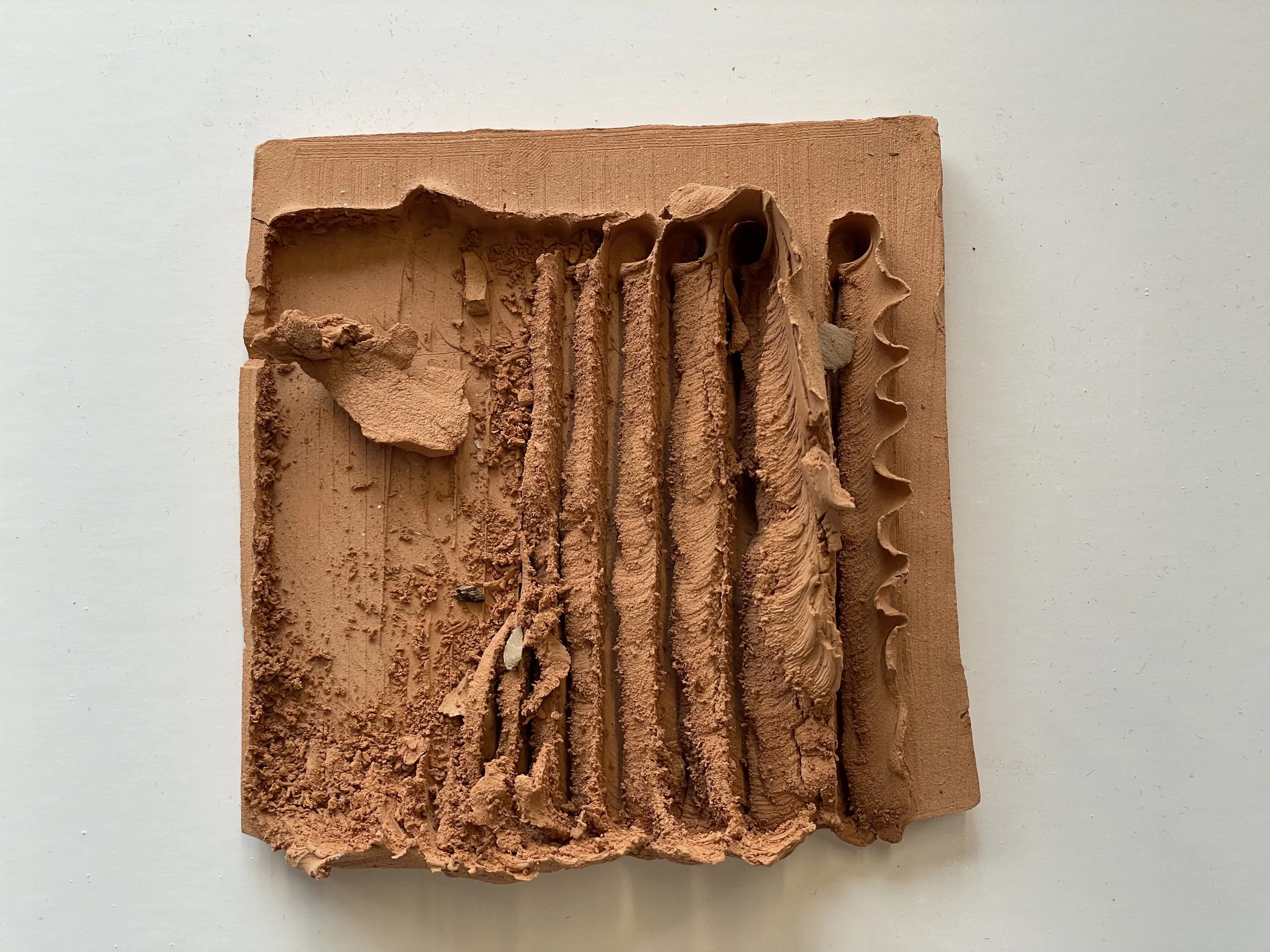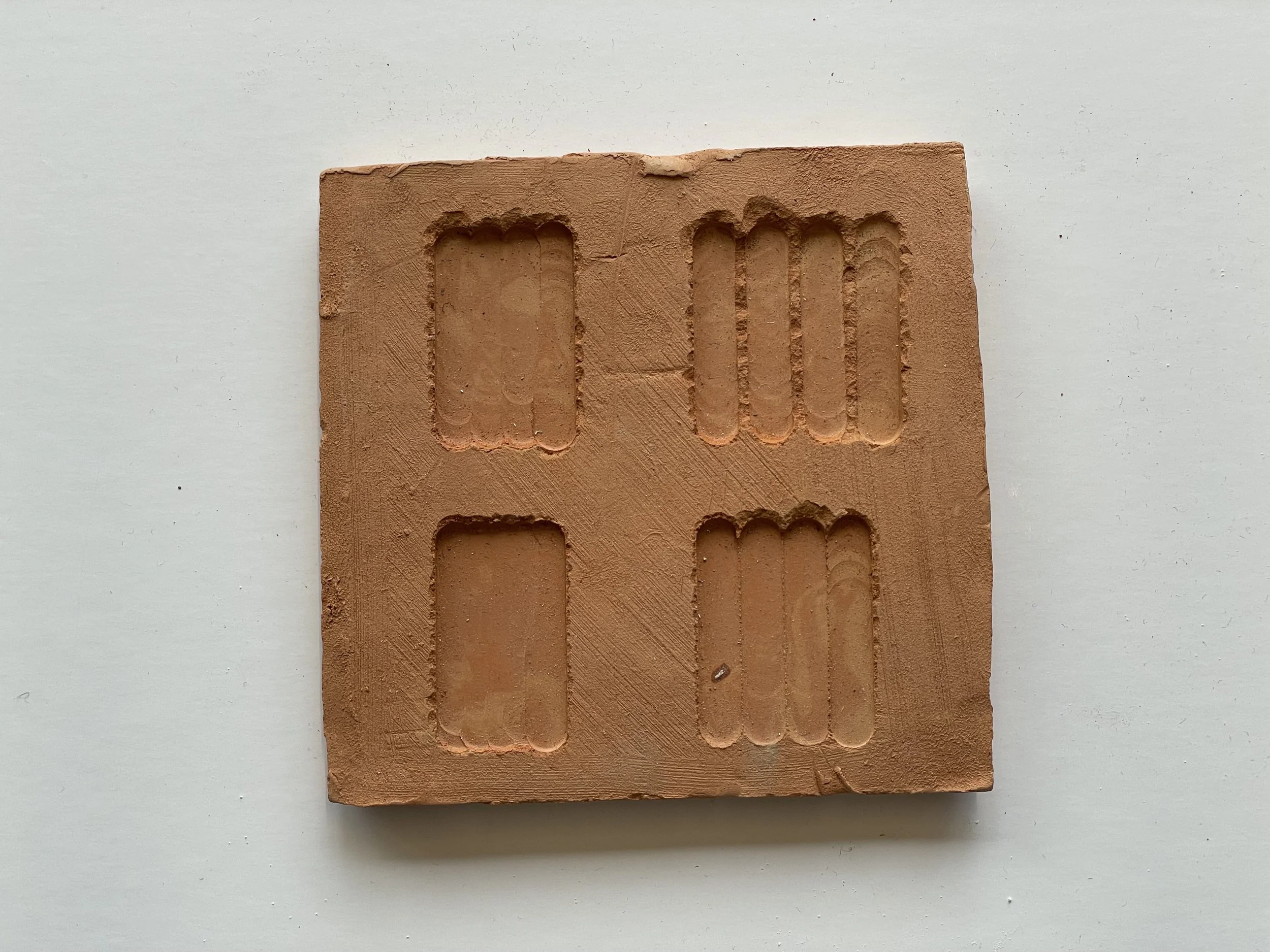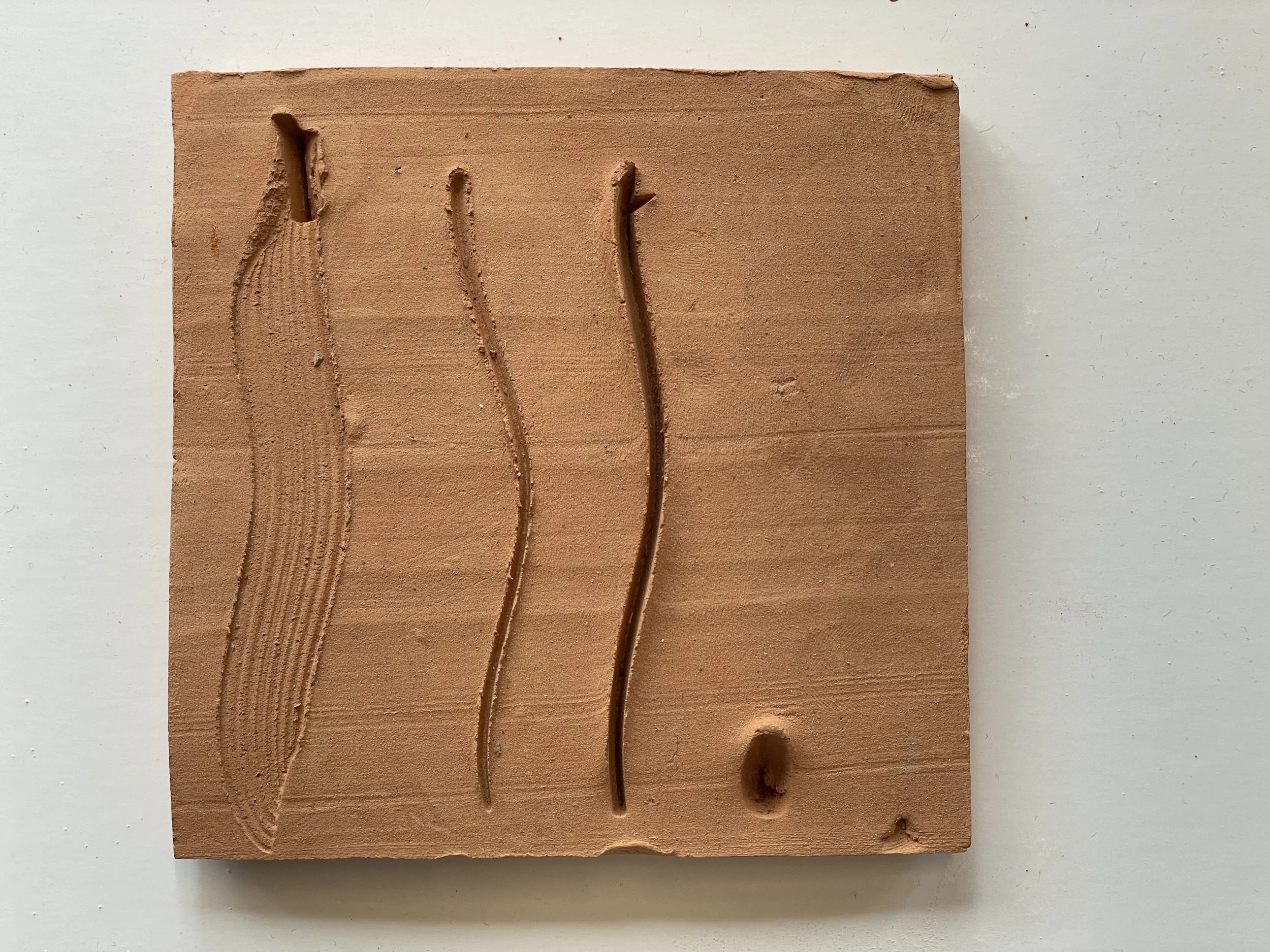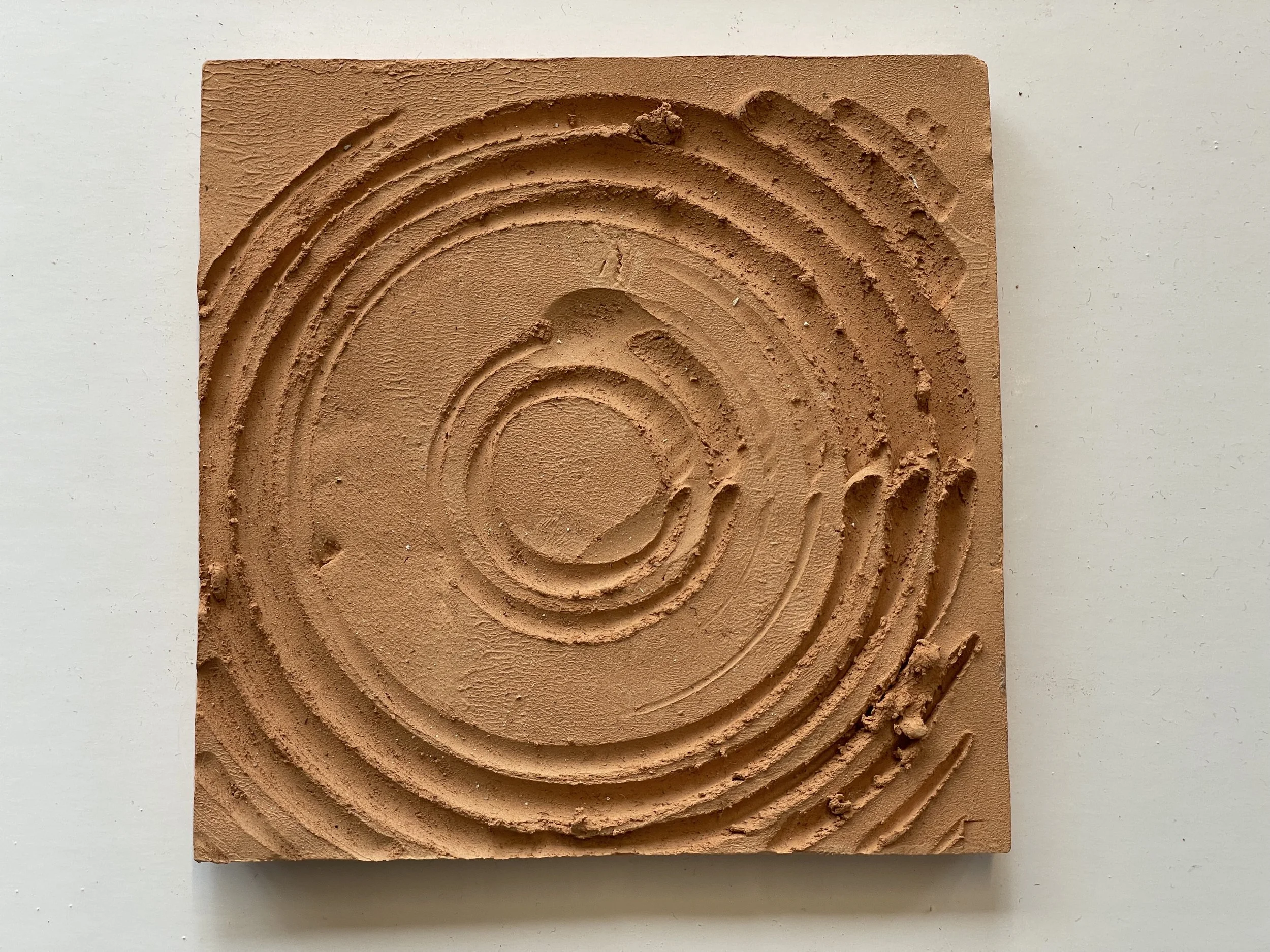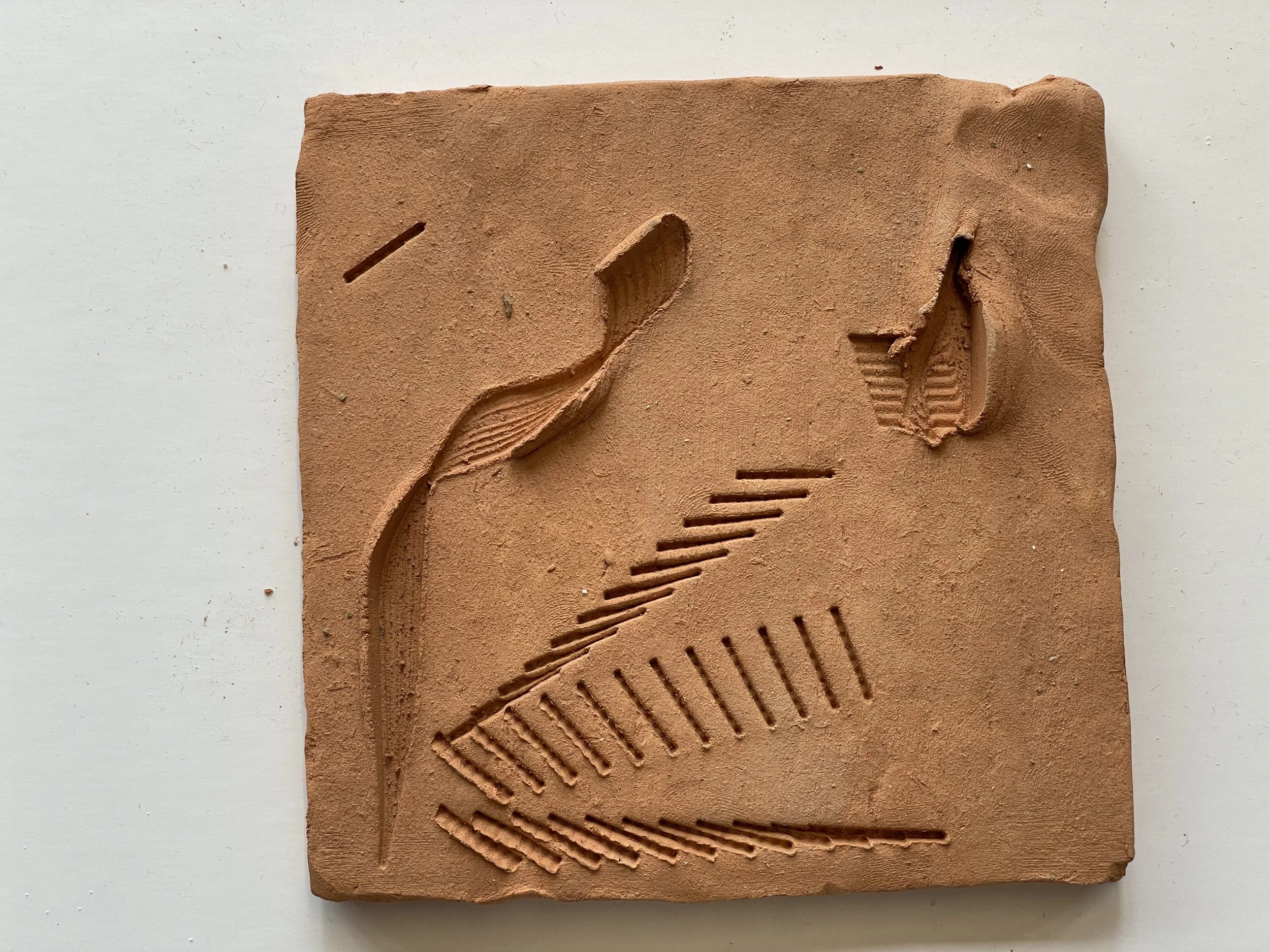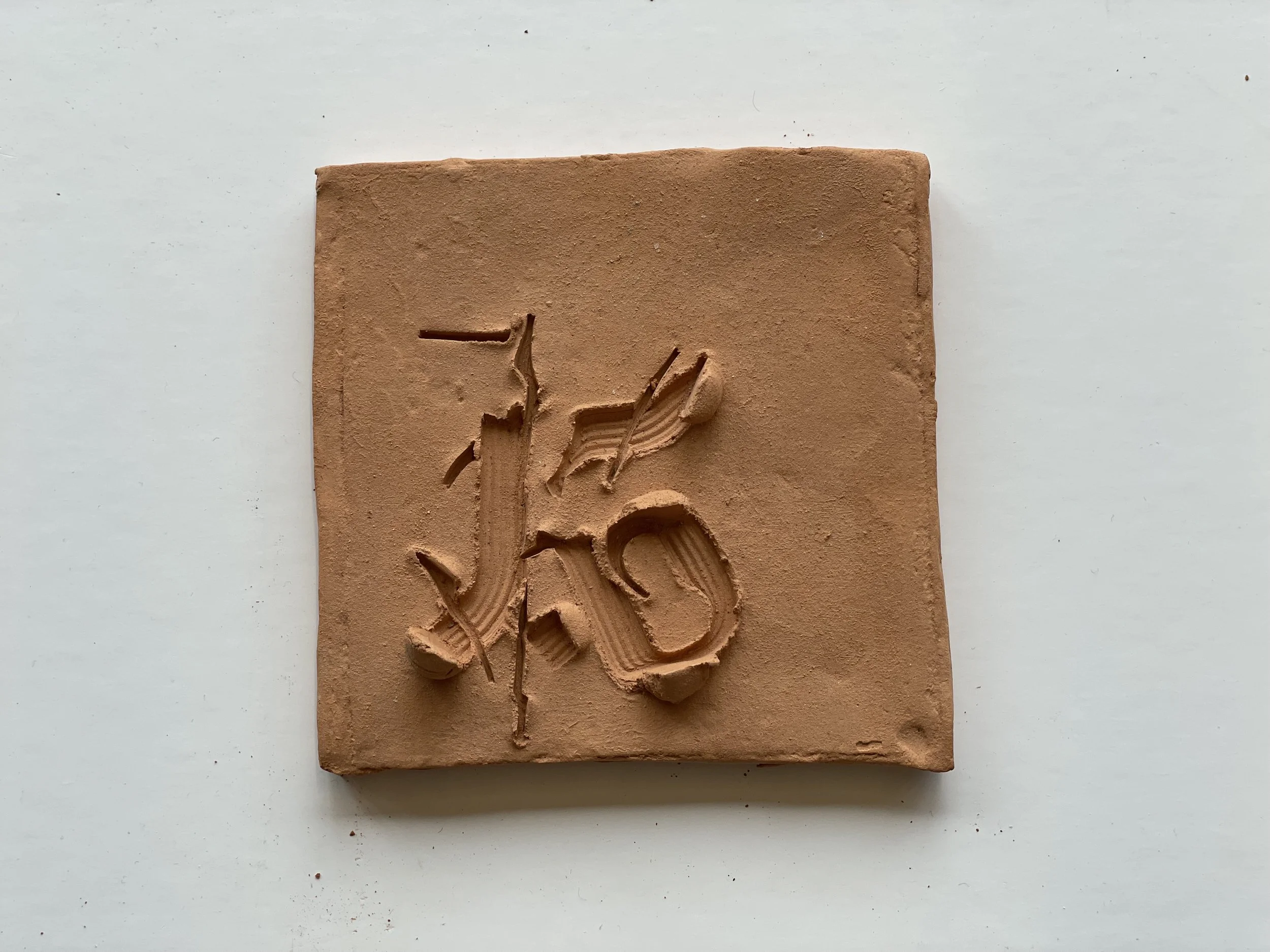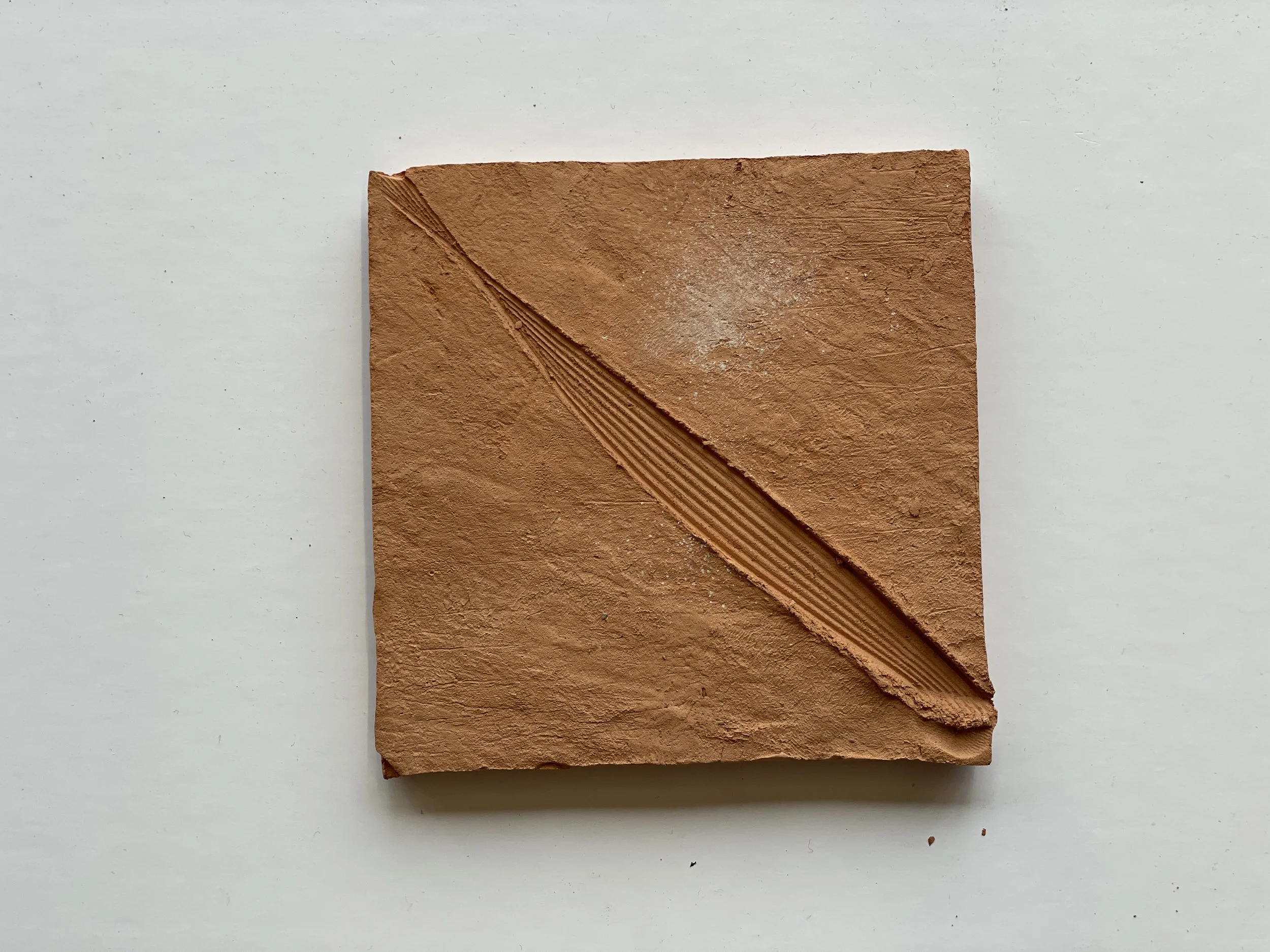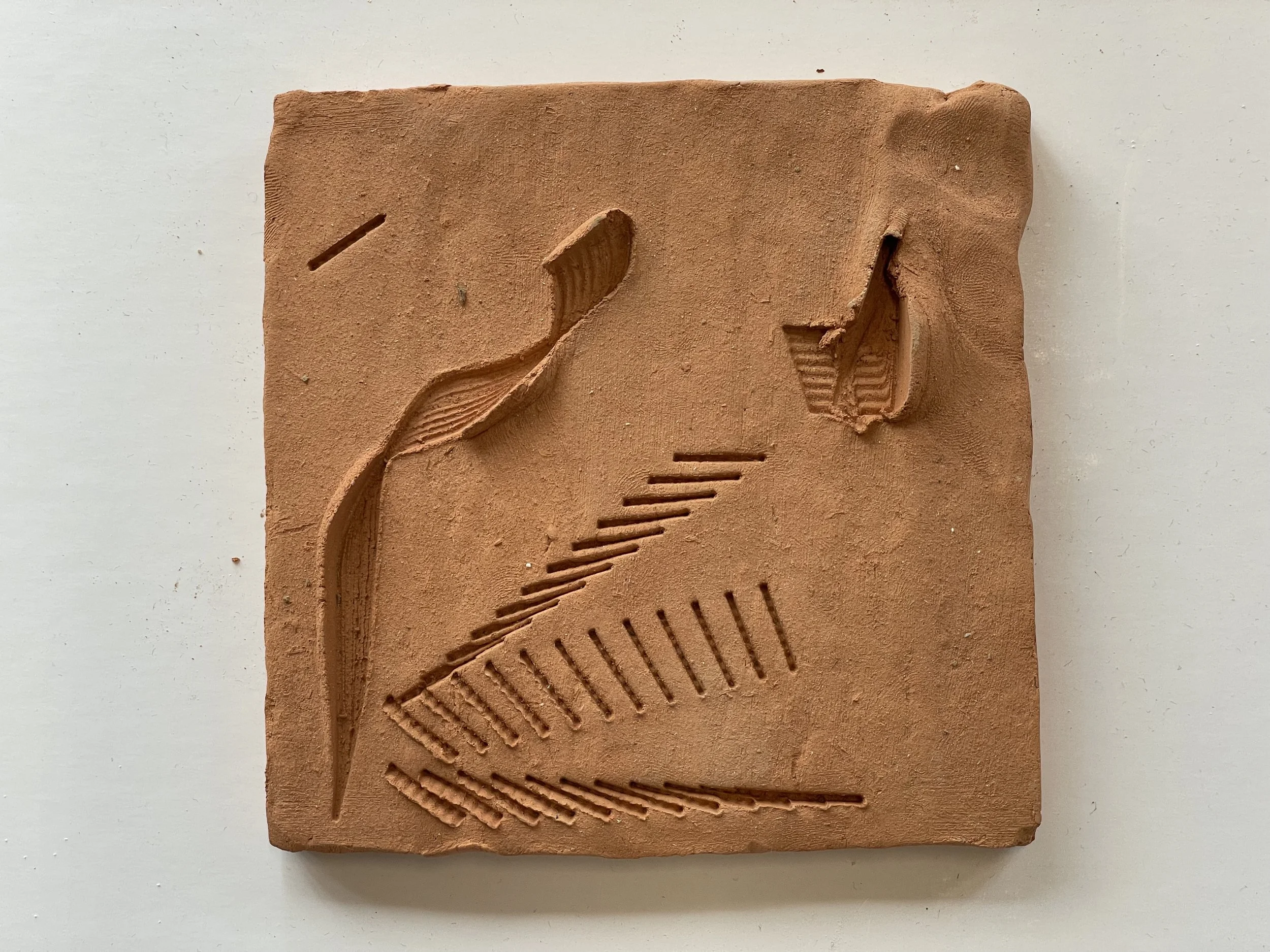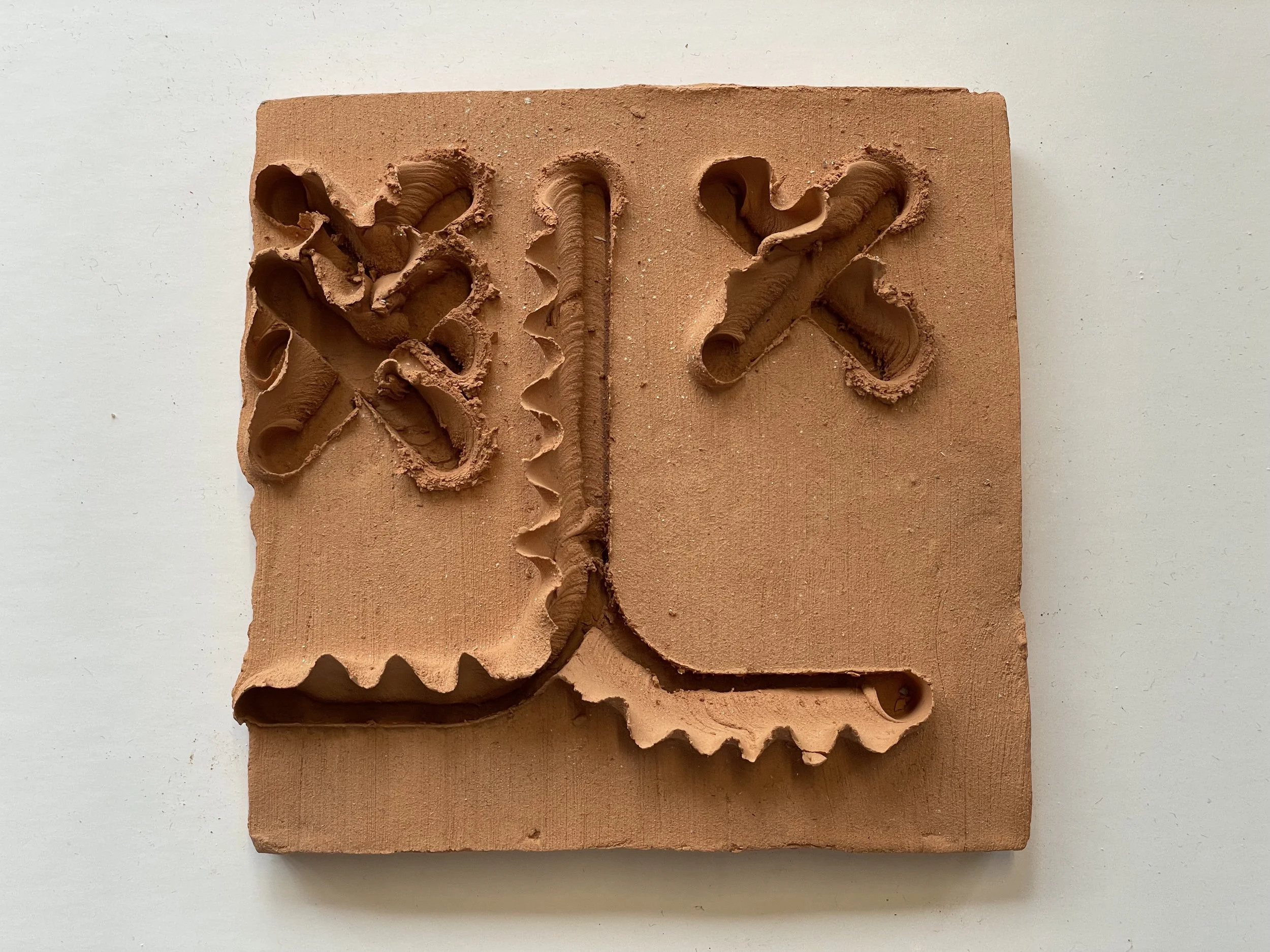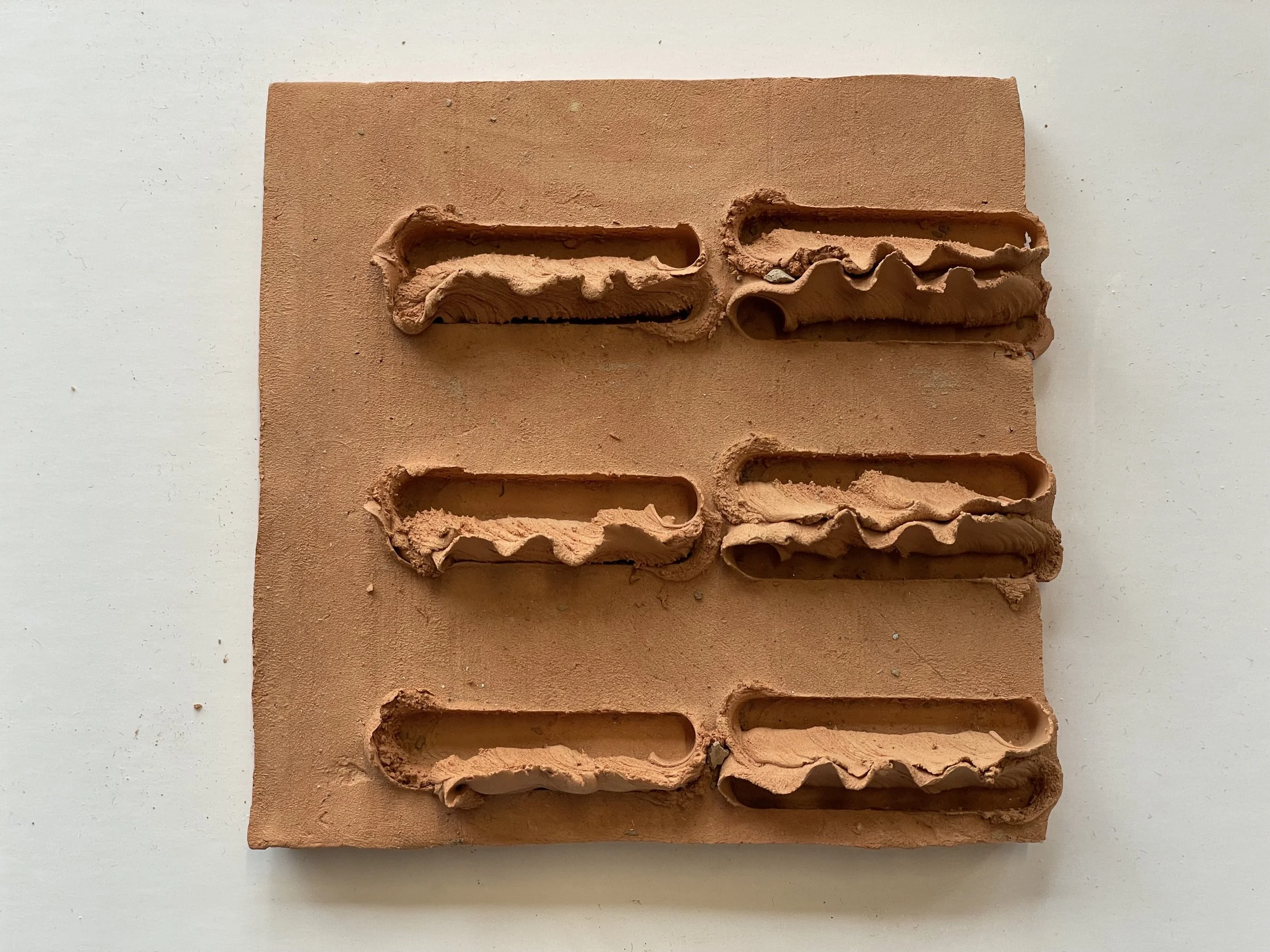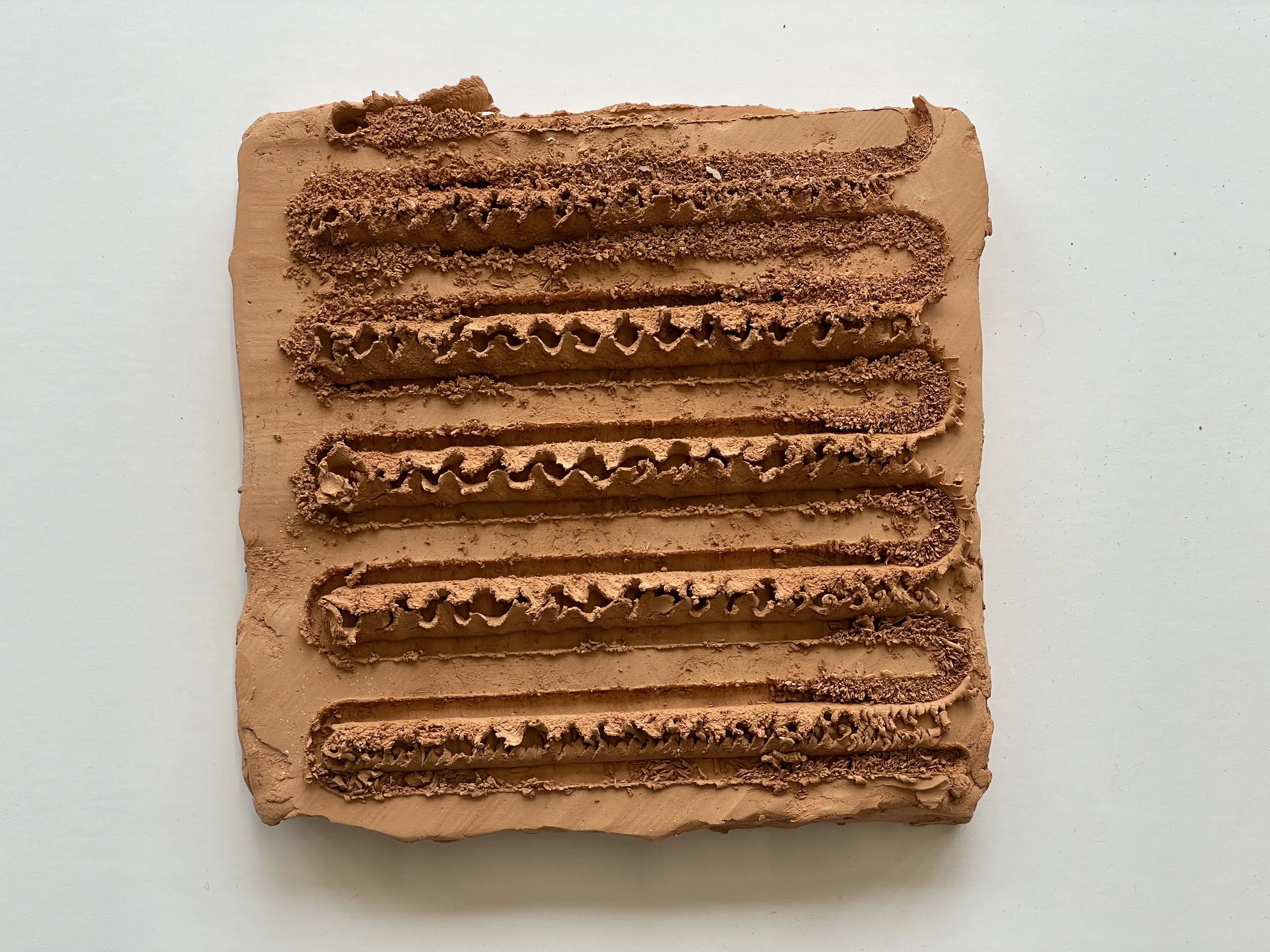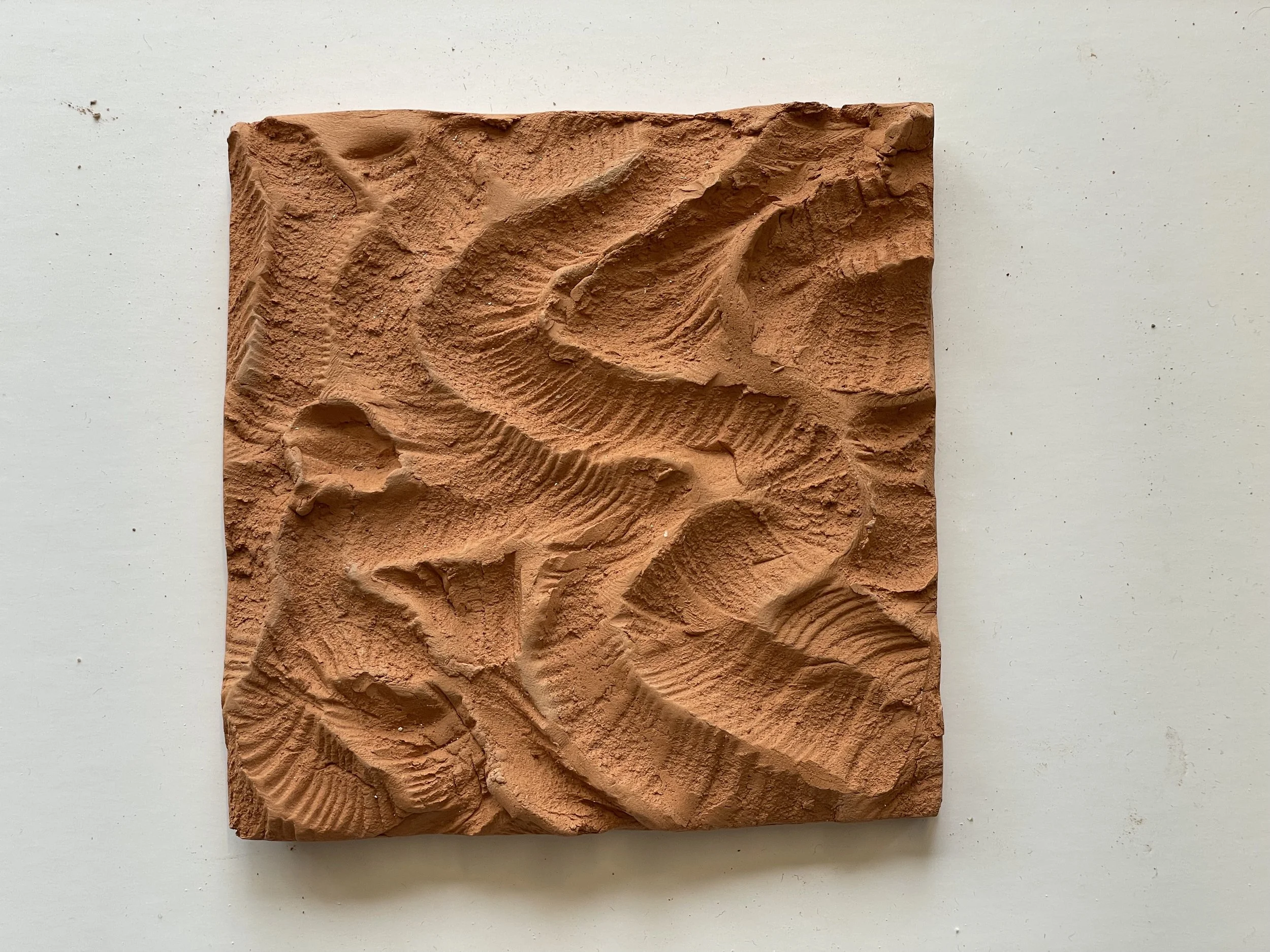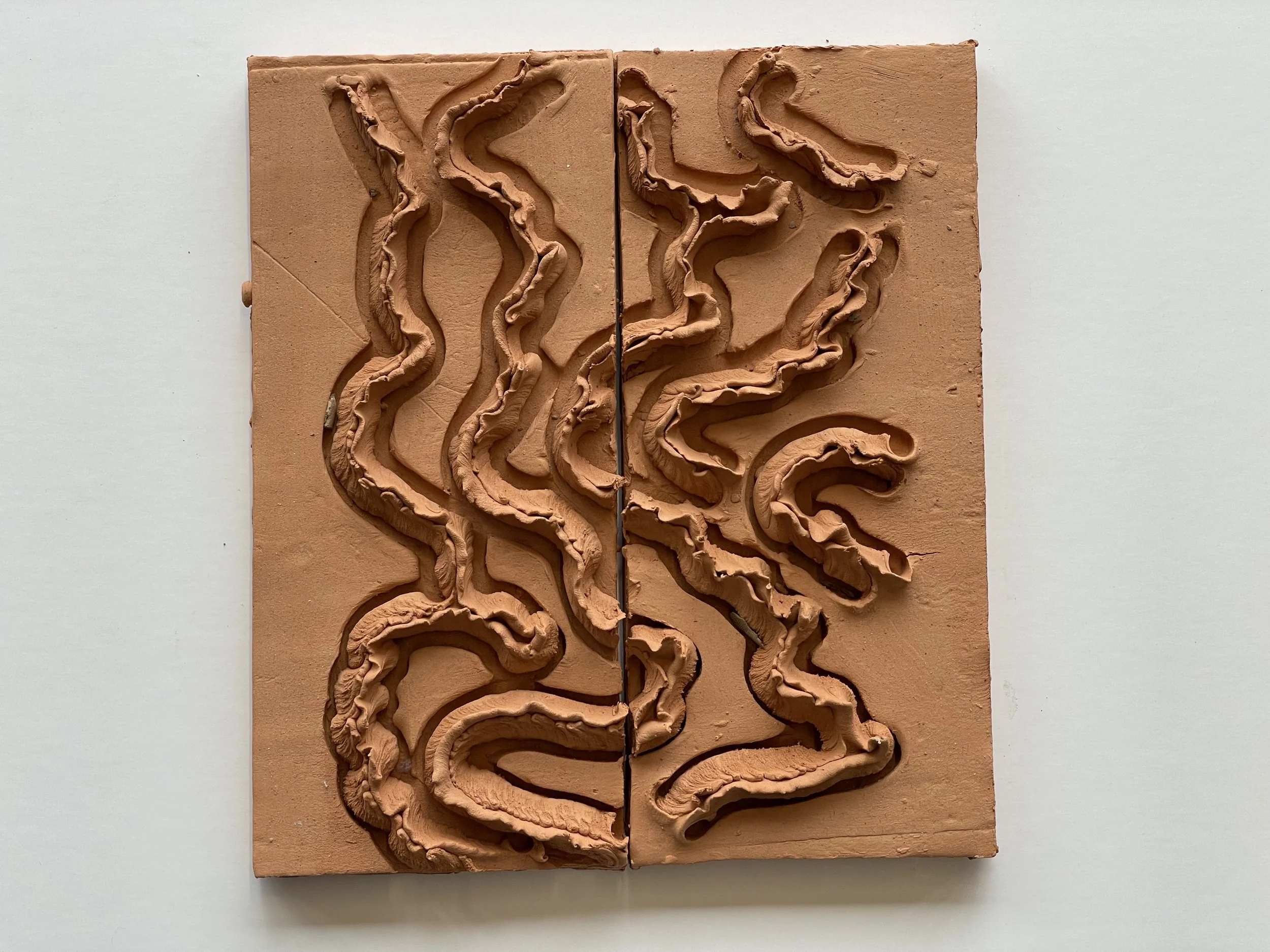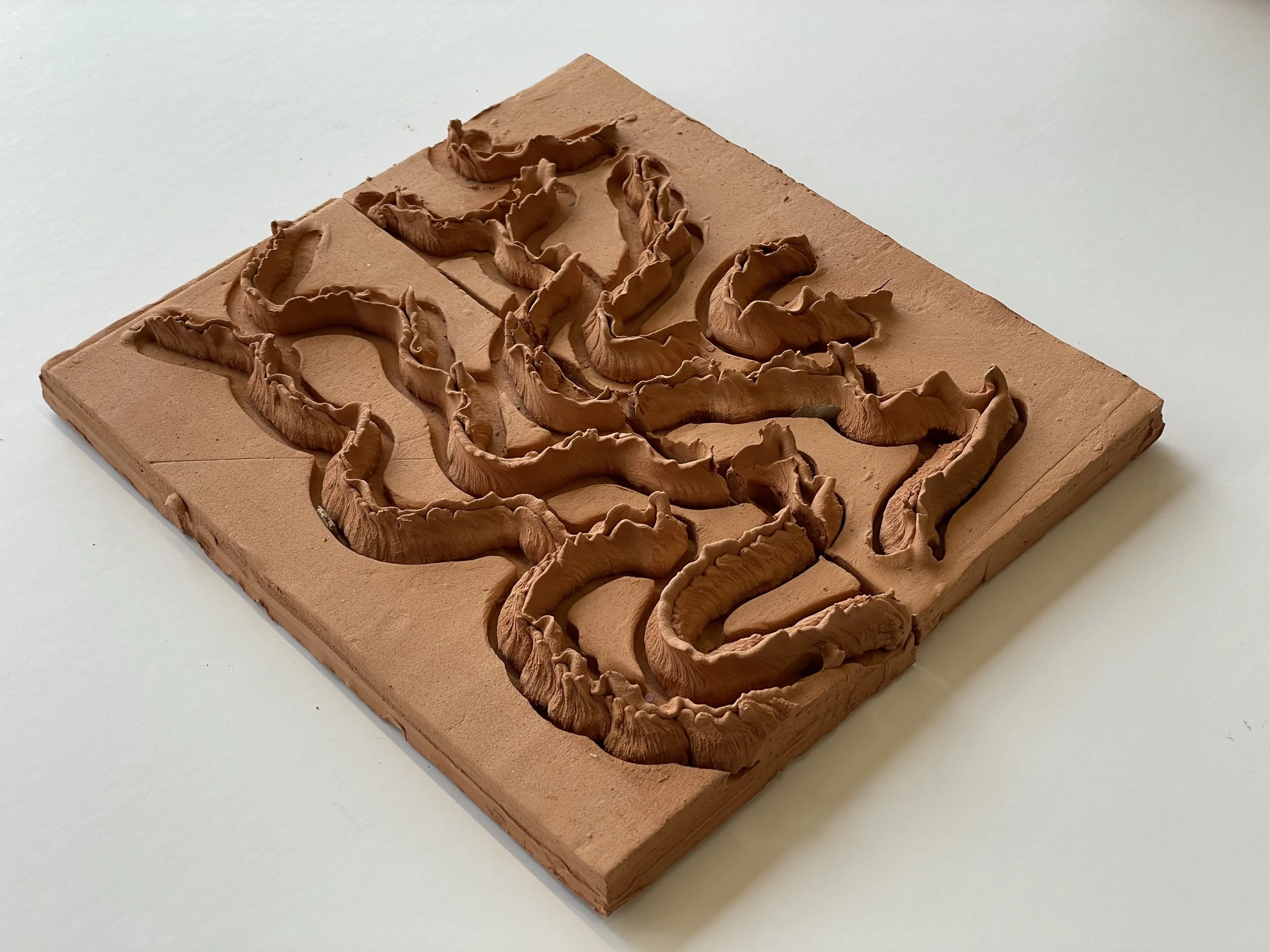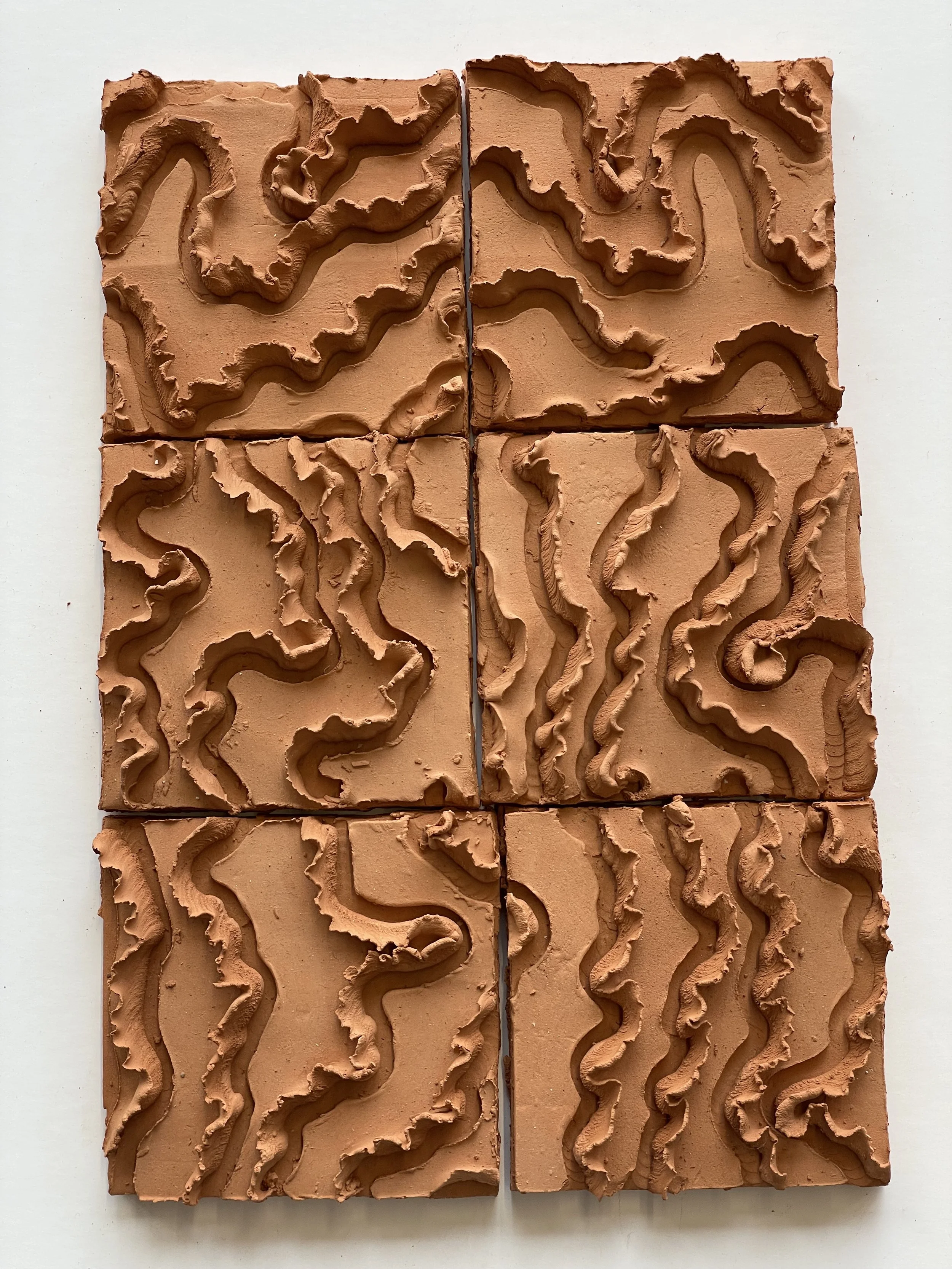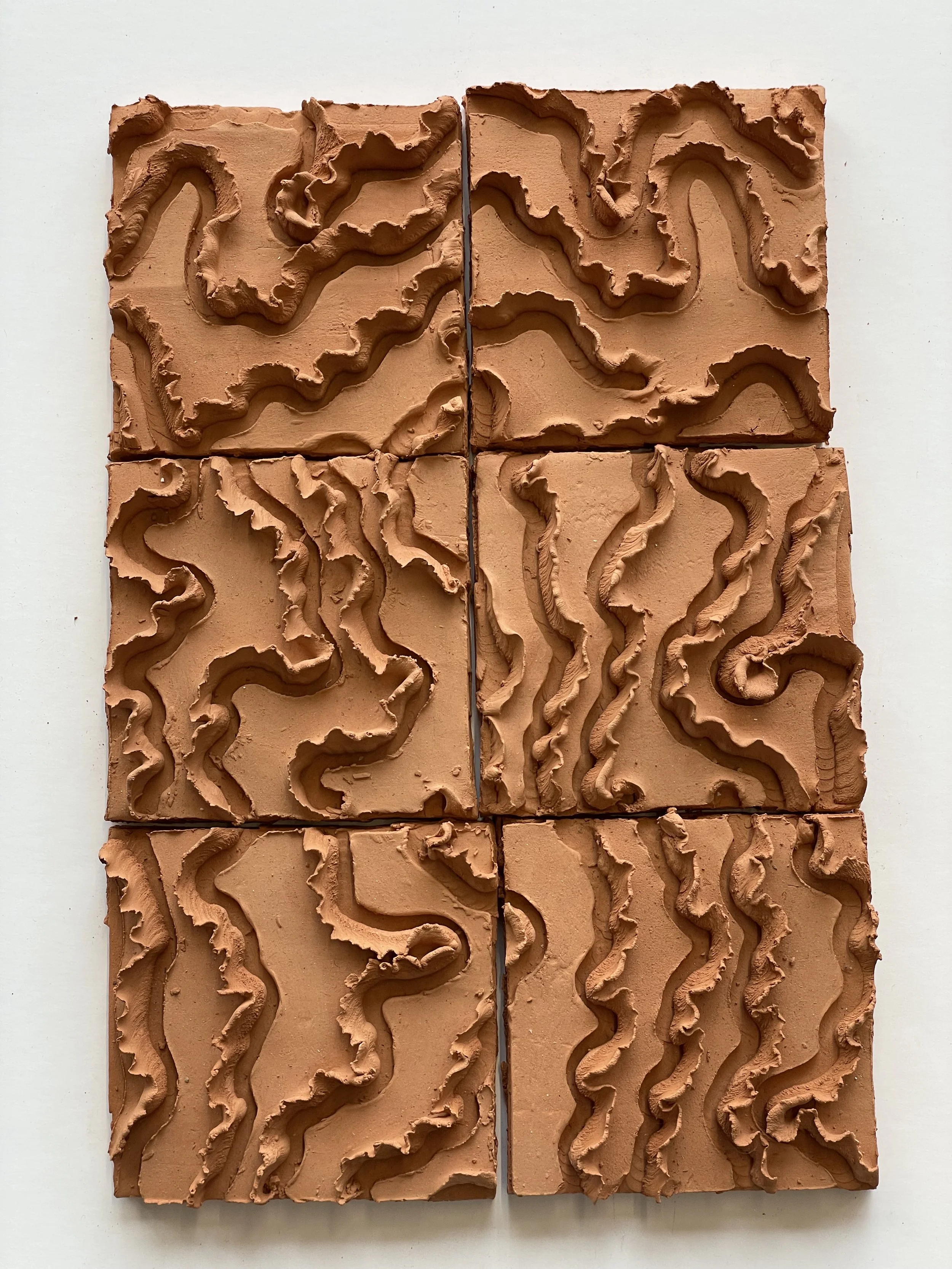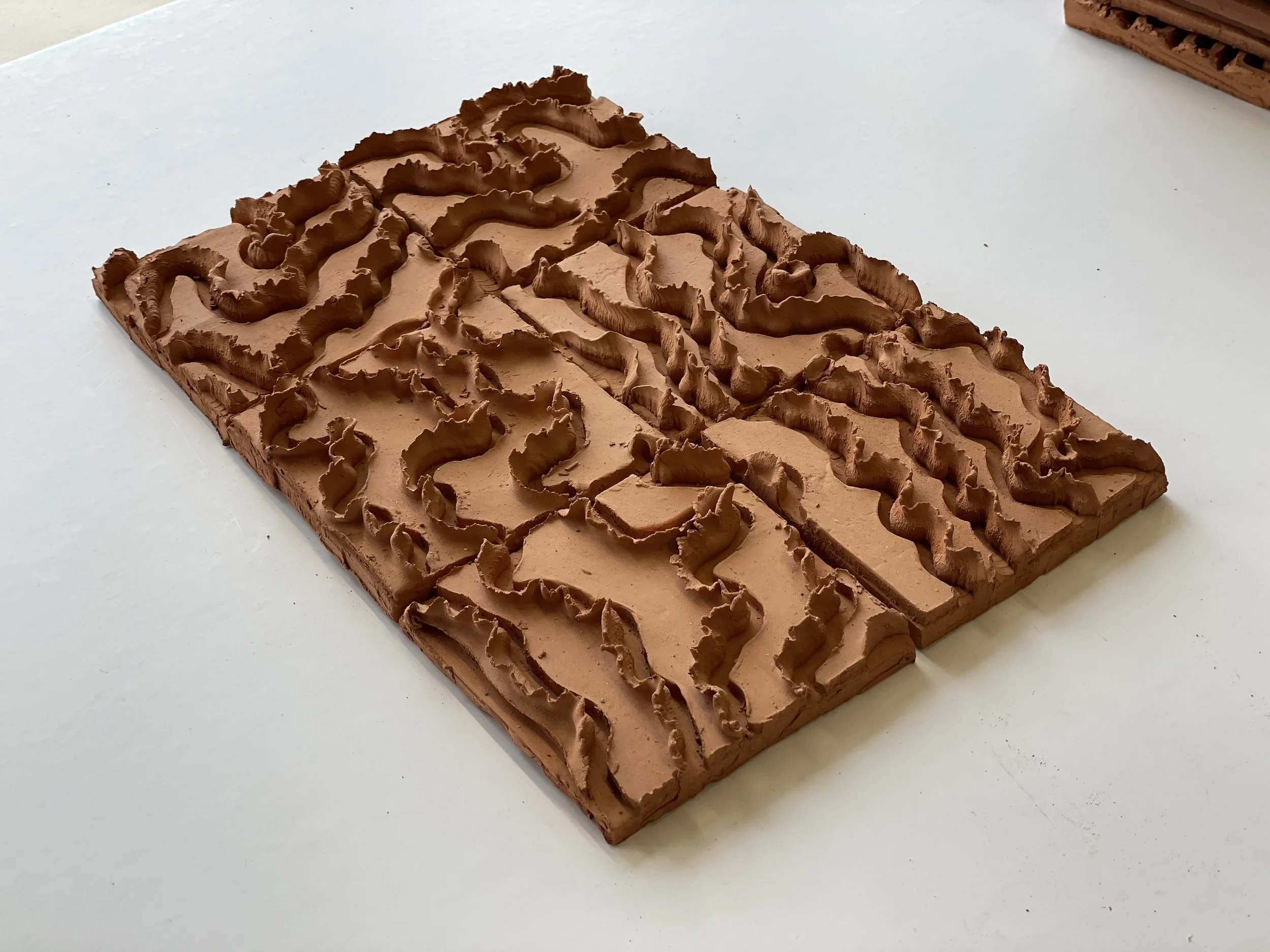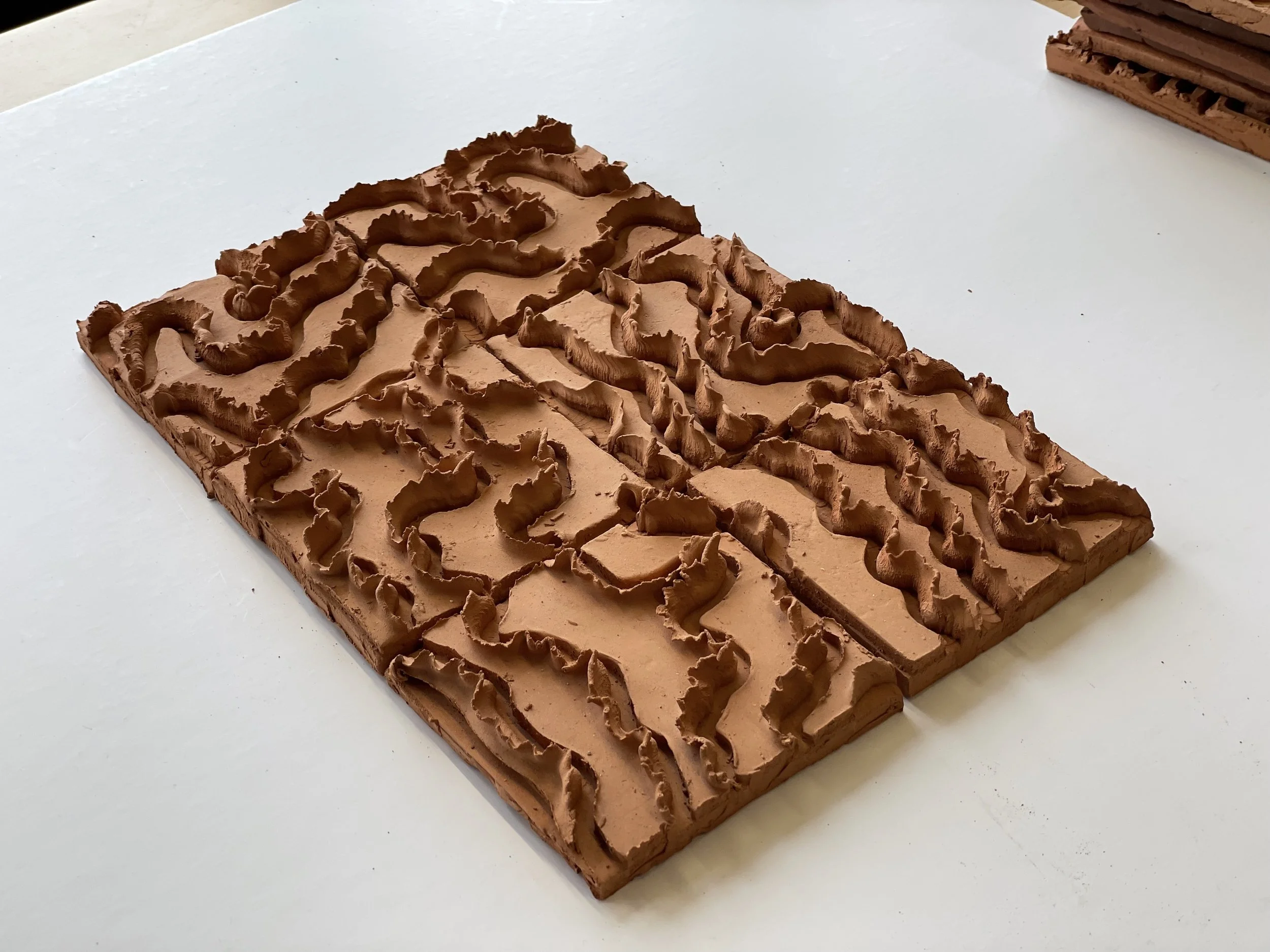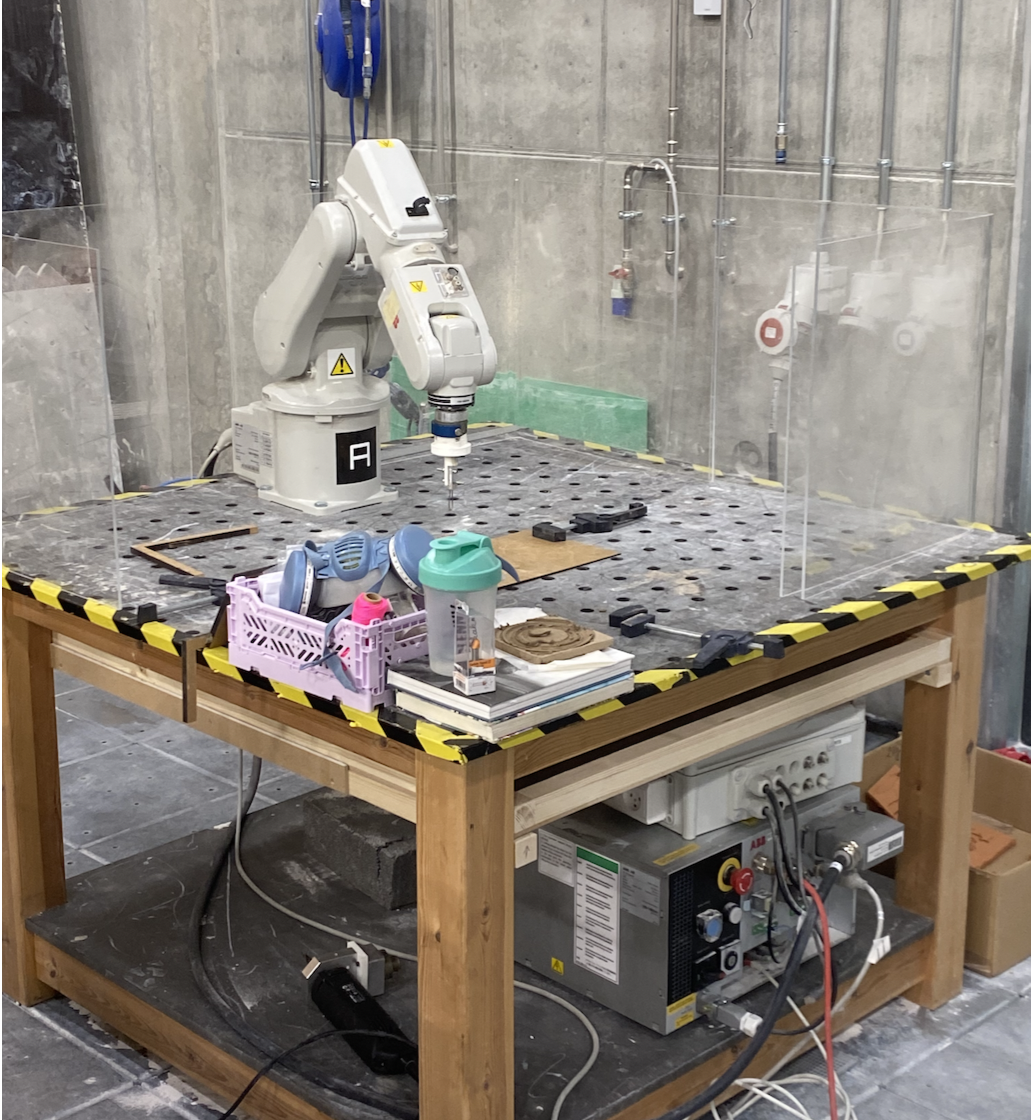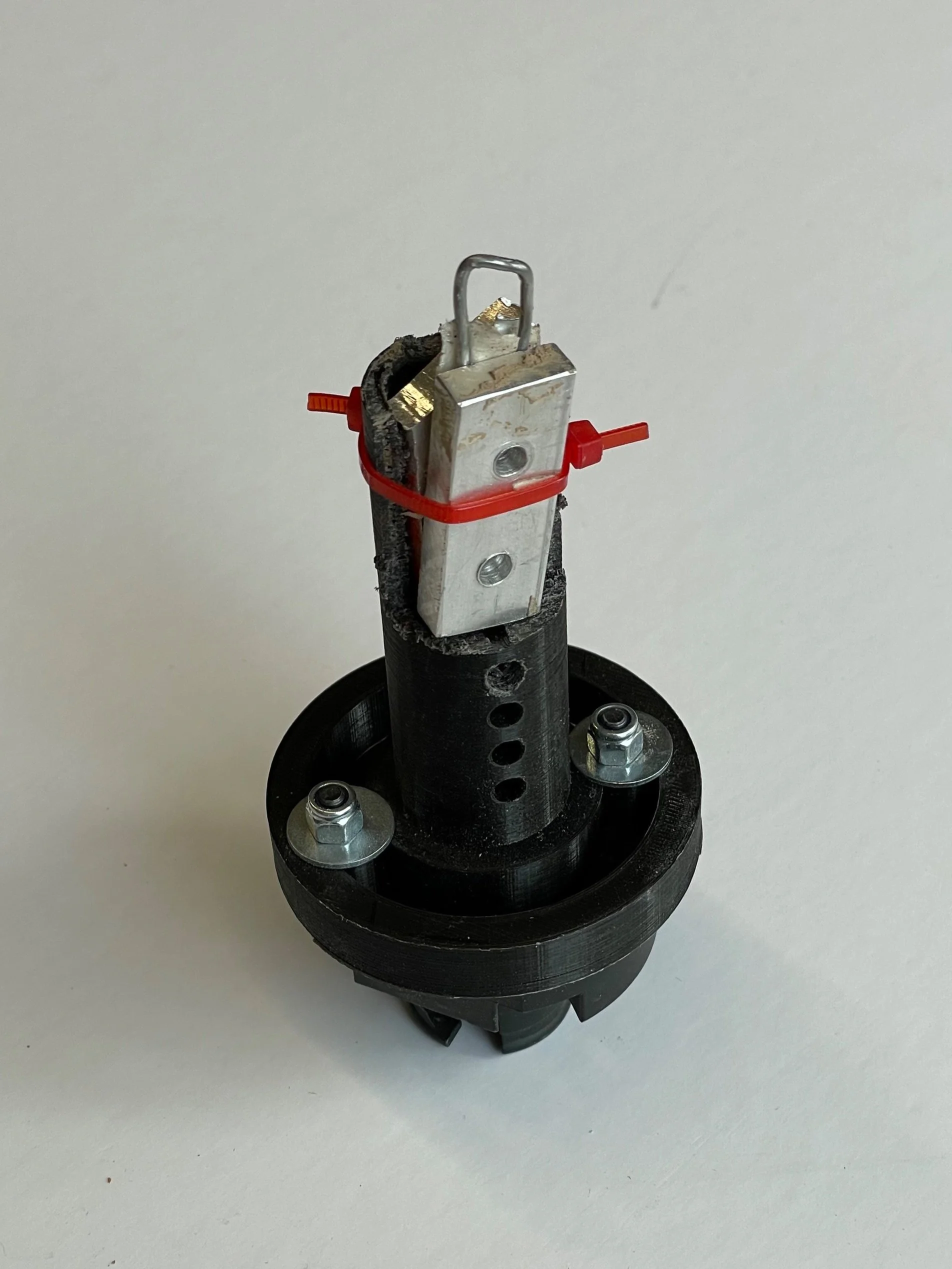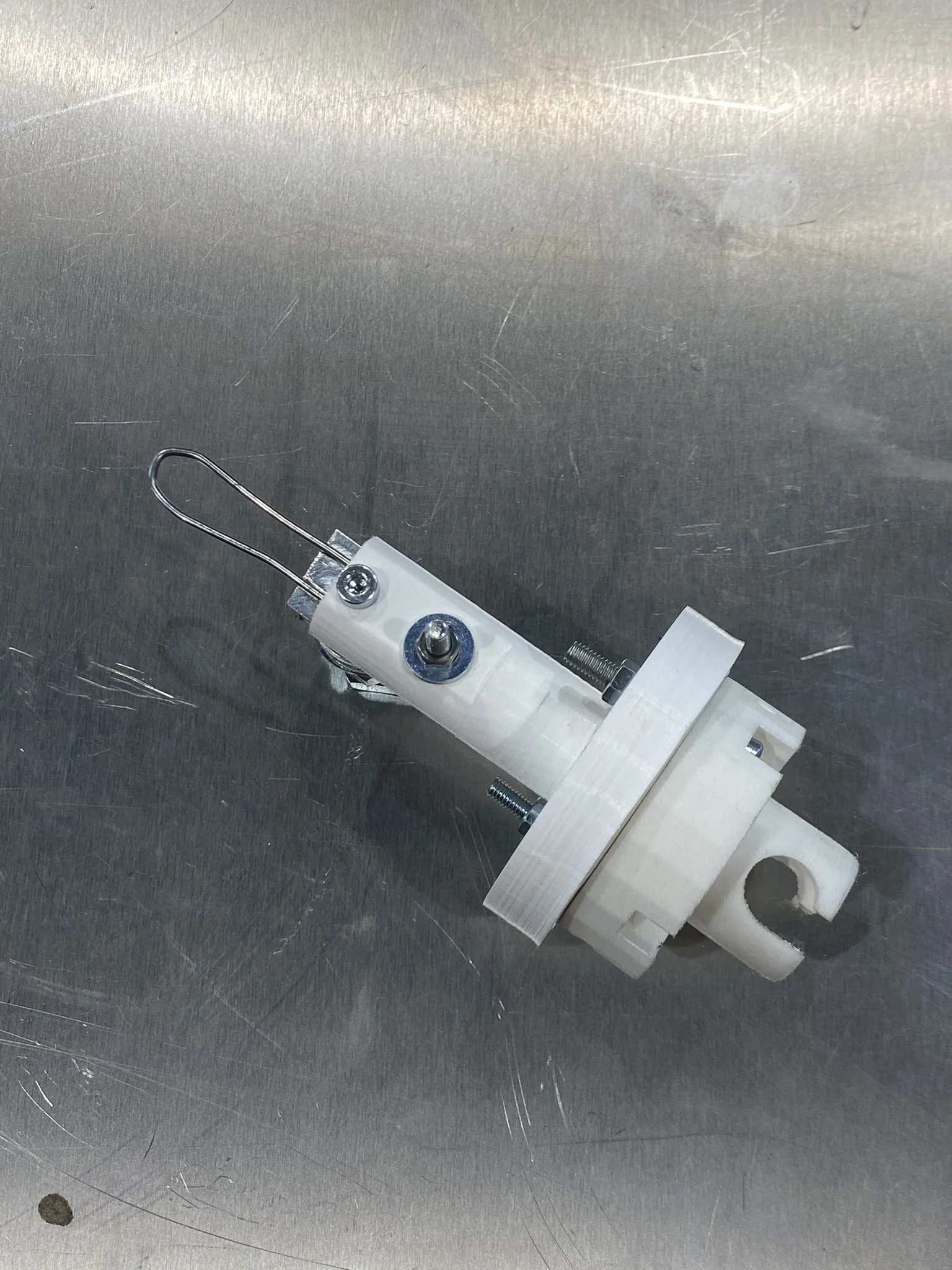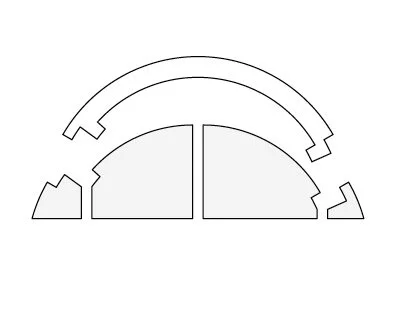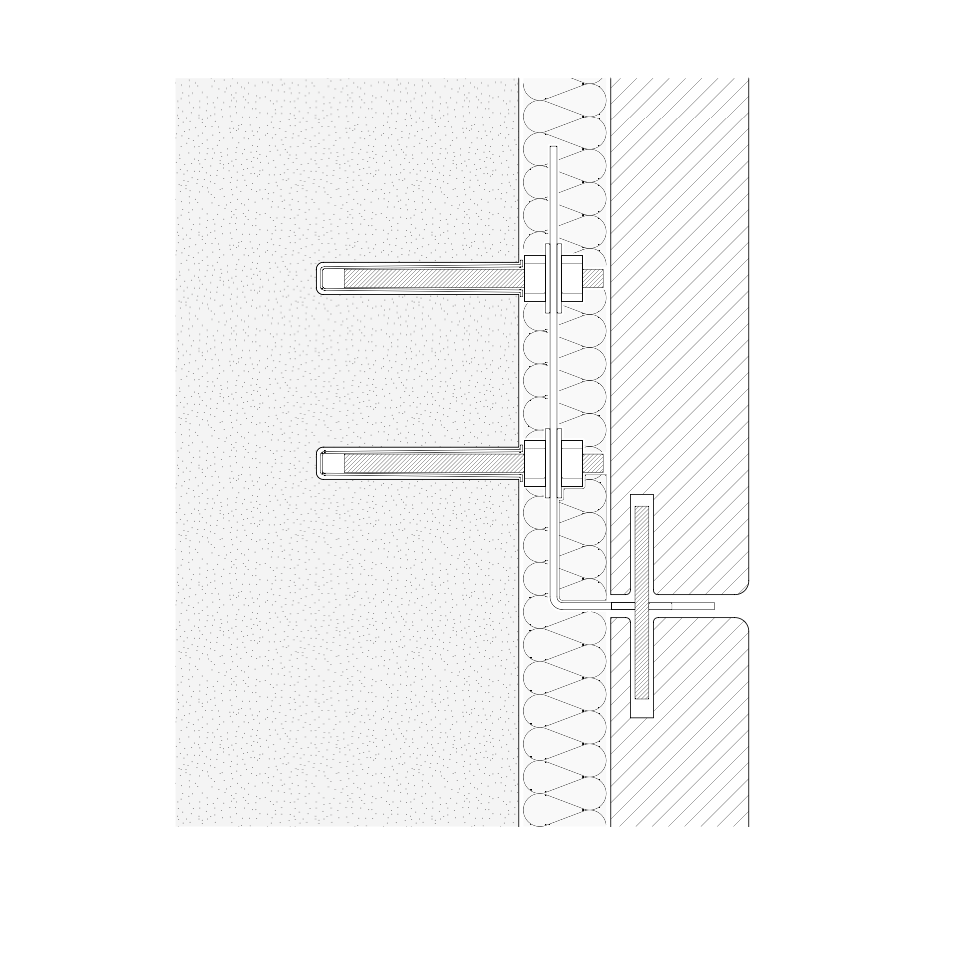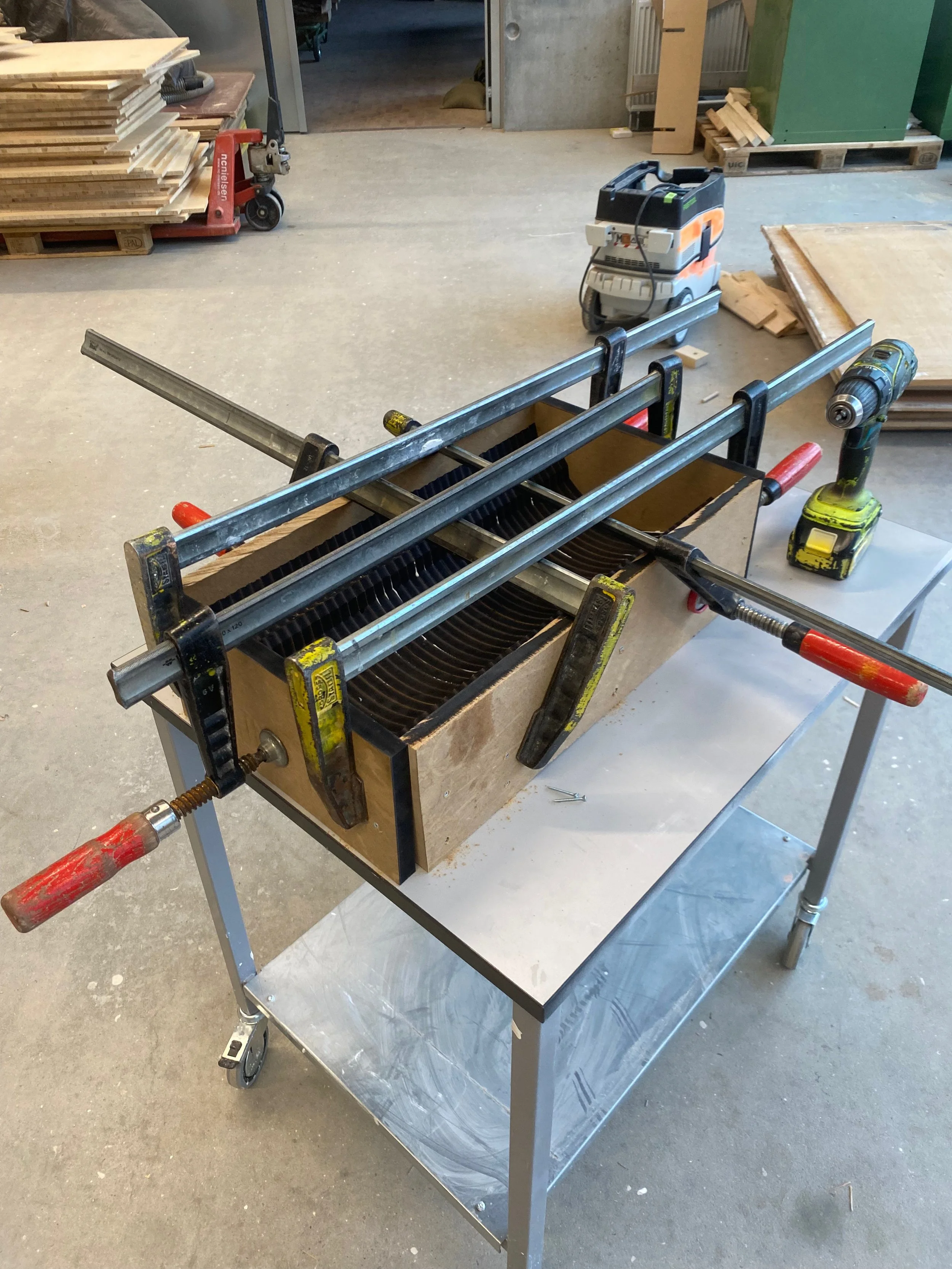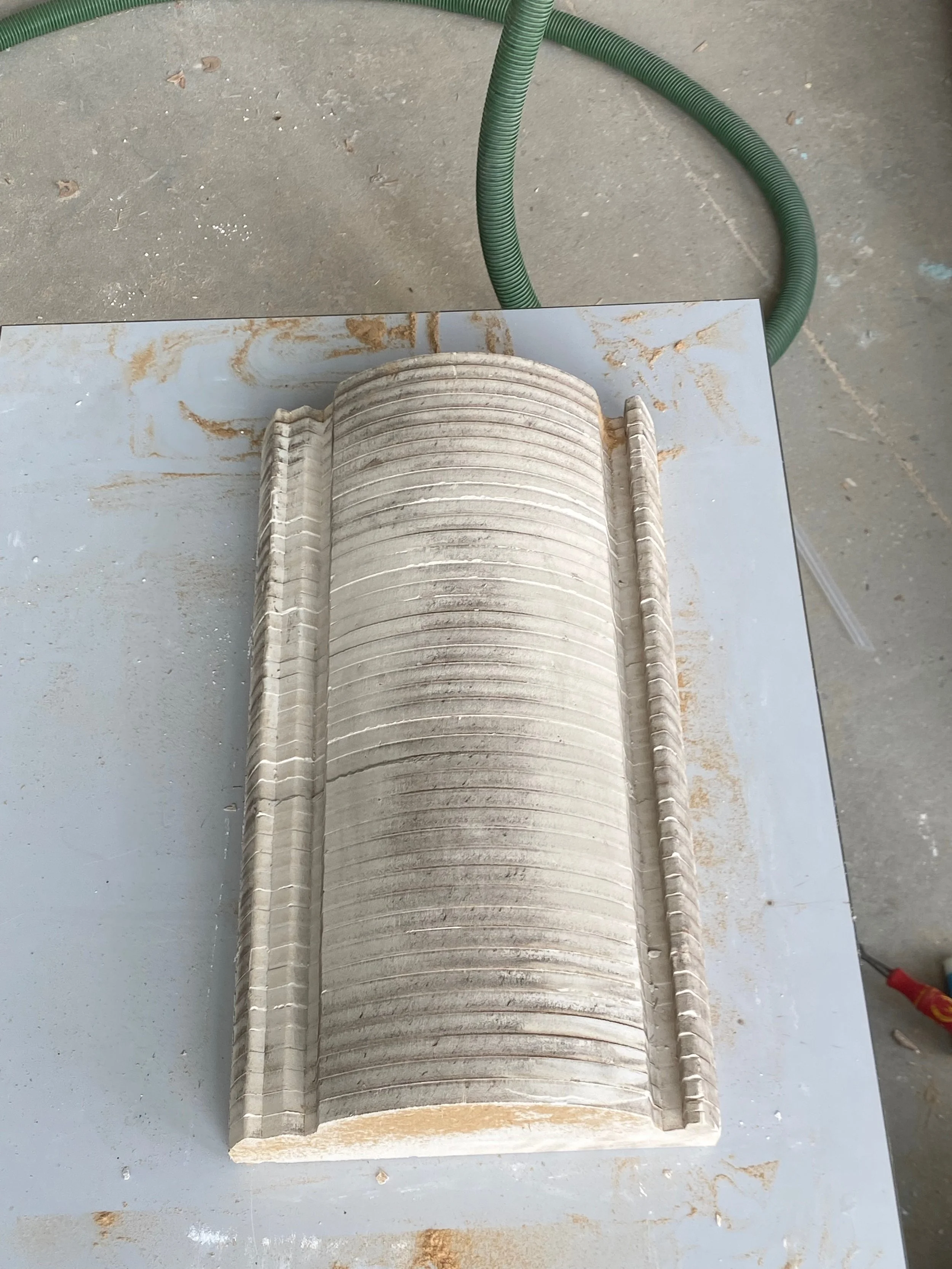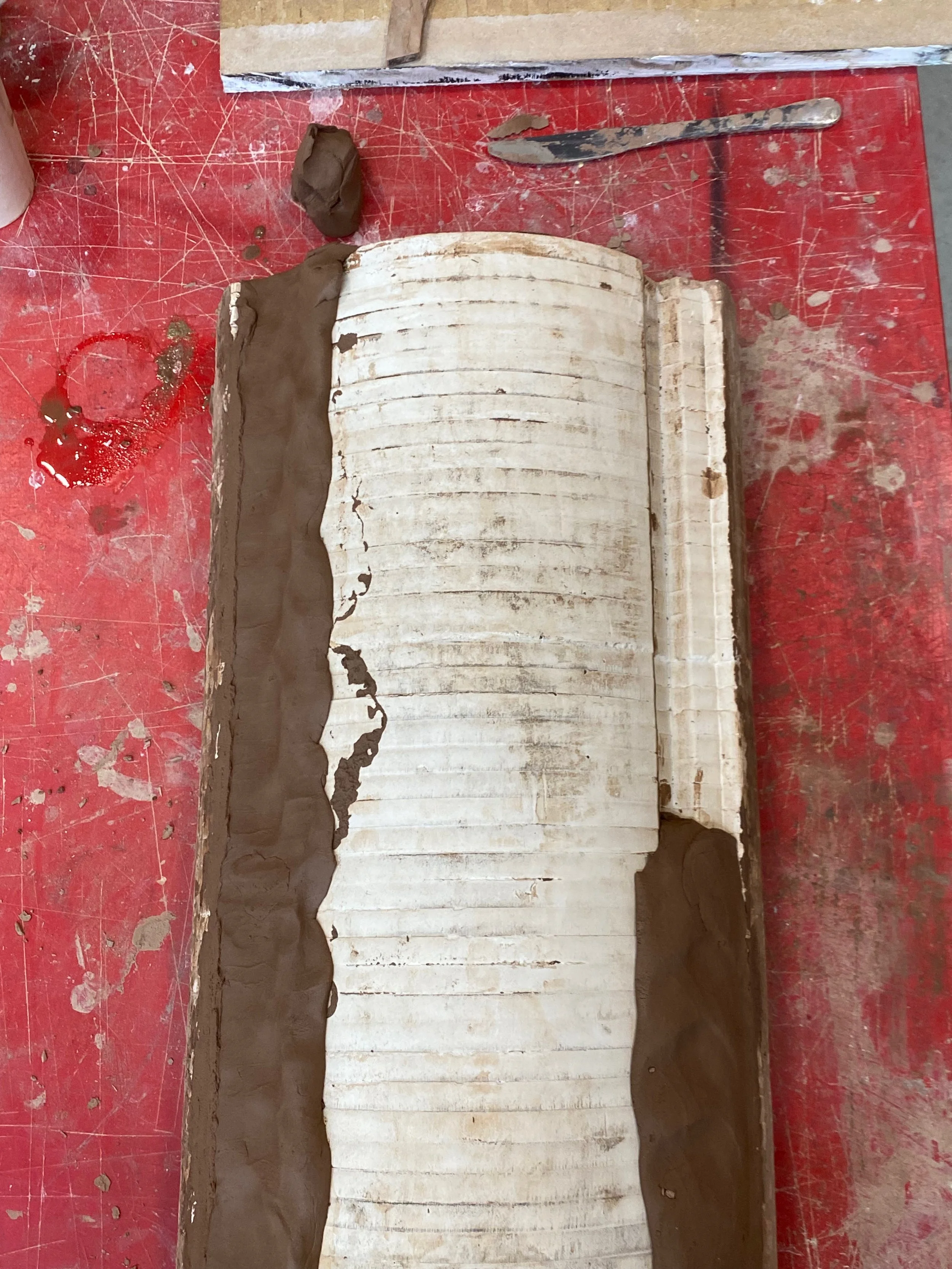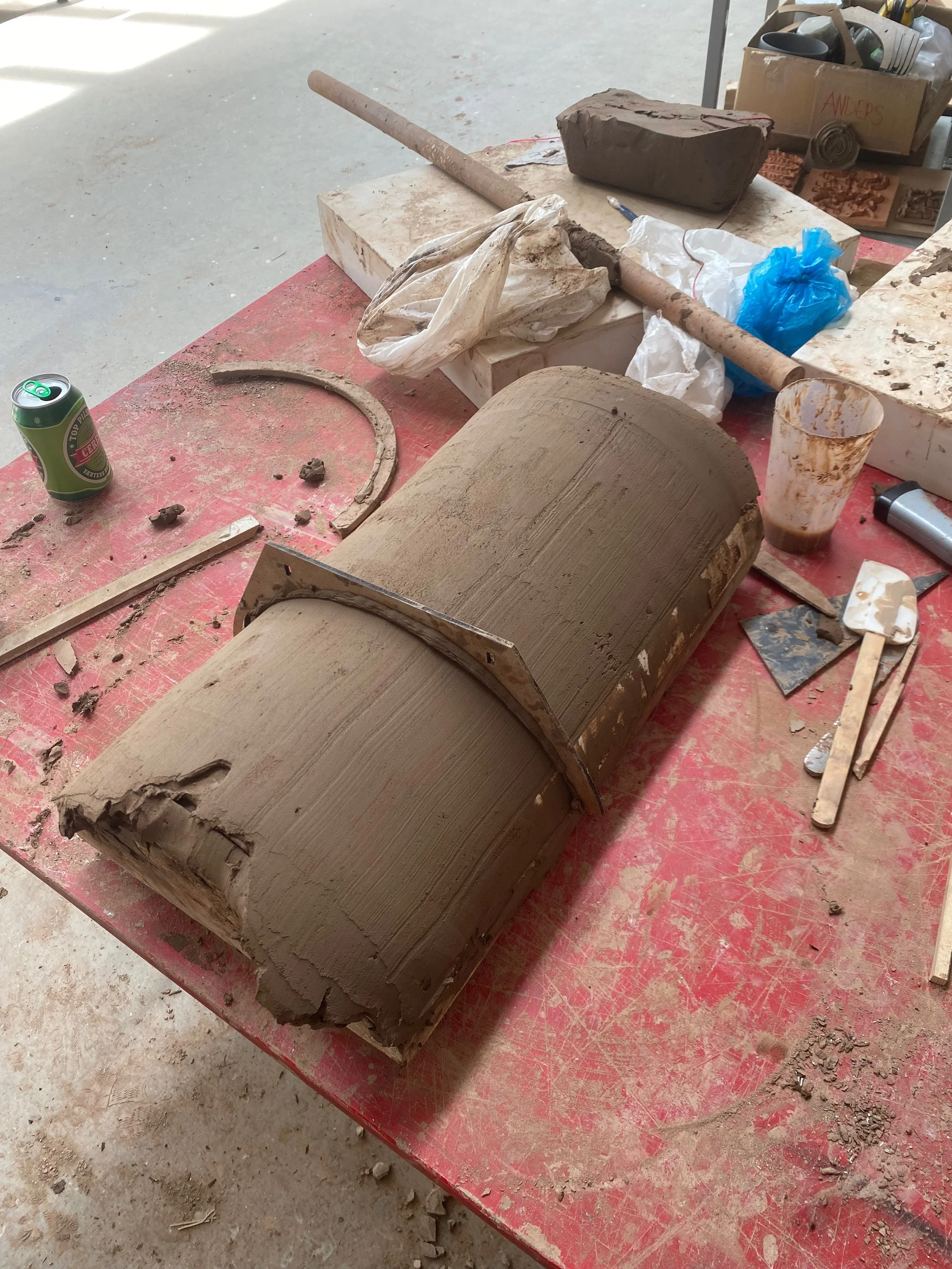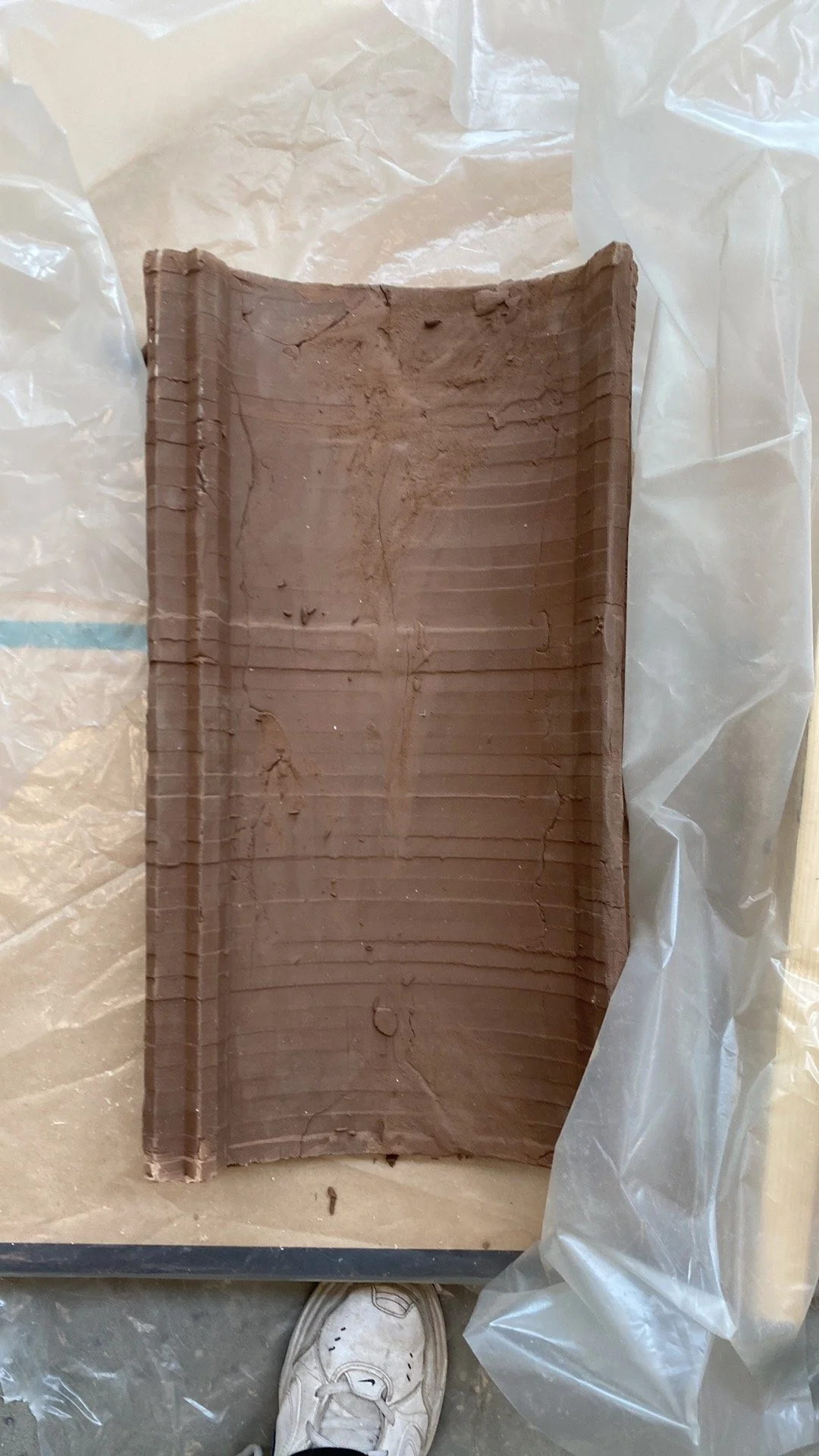Memories of the future
2022
Aarhus school of architecture, master thesis
A case for ornament in an economy with no space for craftsmen. Aesthetically driven research with terracotta as medium.
Historically, ornamentation was deeply tied to vernacular building practices—like Danish bricklayers adorning facades with the stones they would lay anyways or Chinese artisans crafting intricate bracketing unique to their guild.
In today’s economic and construction climate, the return of the traditional craftsman feels like a distant dream. Considering our modern vernacular, the question arises: who should decorate the Maison Dom-Ino?
Can machinery serve as a tool to create authentic craft and produce beauty? My thesis examines how craft can be reintroduced to contemporary architecture with dignity.
The project emerged from a blend of aesthetic, practical, and technical explorations, with emphasis on the interrelation of each element. Research, dialogue, and philosophical inquiry shaped the conceptual and material aspects, while the practical and technical as well as real-world applicability were embraced as creative drivers.
The later stages of work was done in collaboration with sculptor Astrid Specht Seeberg, whose work with clay is raw and improvisational. Astrid embraces chaos and serendipity in her process, taking an intuitive approach that contrasts sharply with the highly controlled, predictable methods of contemporary construction. This partnership allowed experimentation with more organic and artisanal methods, challenging the norms of the industry while searching for pathways to incorporate craftsmanship back into contemporary construction practice.
Artists visual reference and demo of the script used to generate the brain coral pattern
Process below
↓
Process below ↓
Initial studies on malleable clay with ABB robotic arm, Iterative process, observing and mimicking artisan techniques to develop tooling and writing machine code.
ABB robot arm workstation
Three iterations of a tool for machining soft clay with a robotic arm



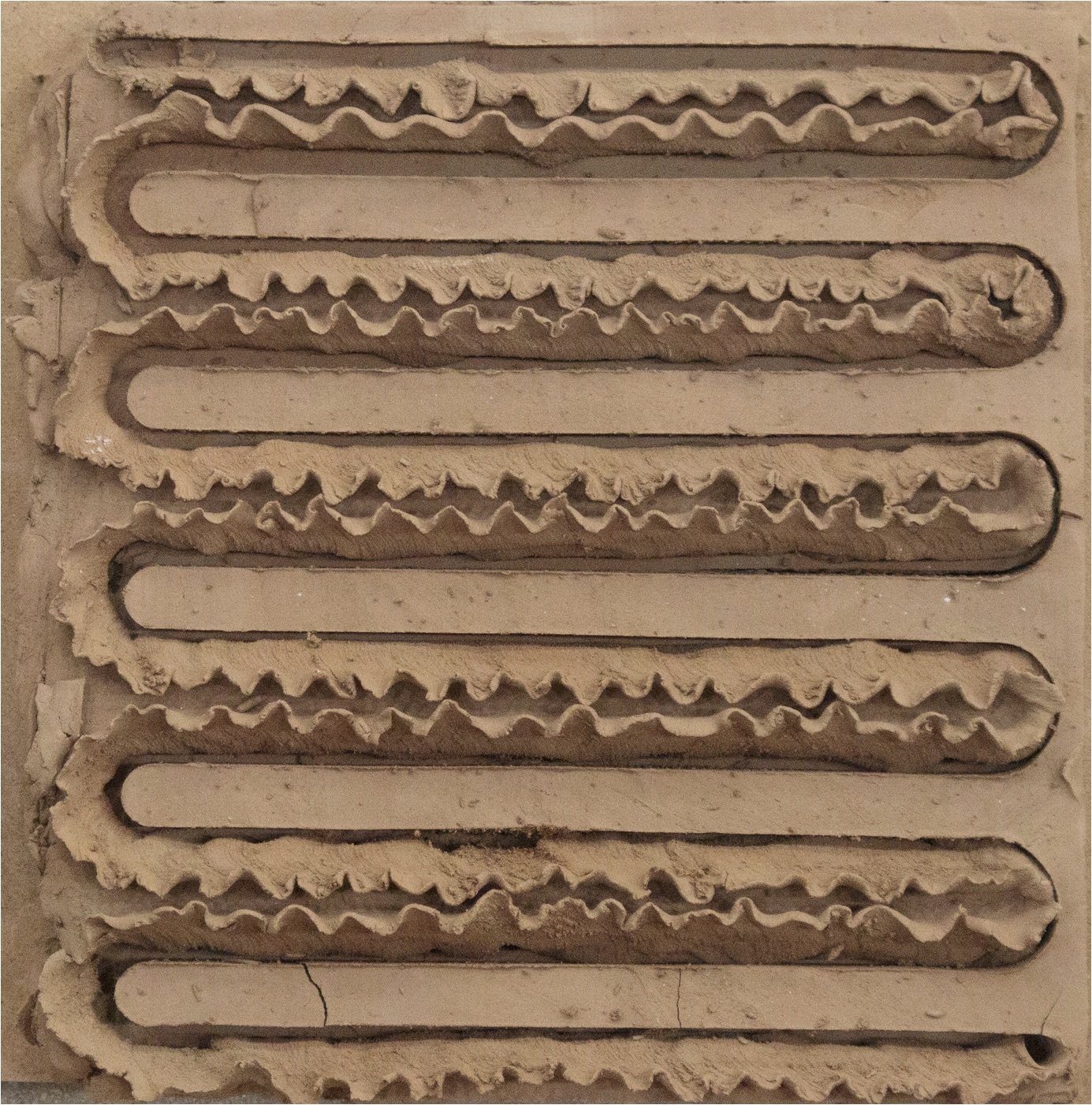
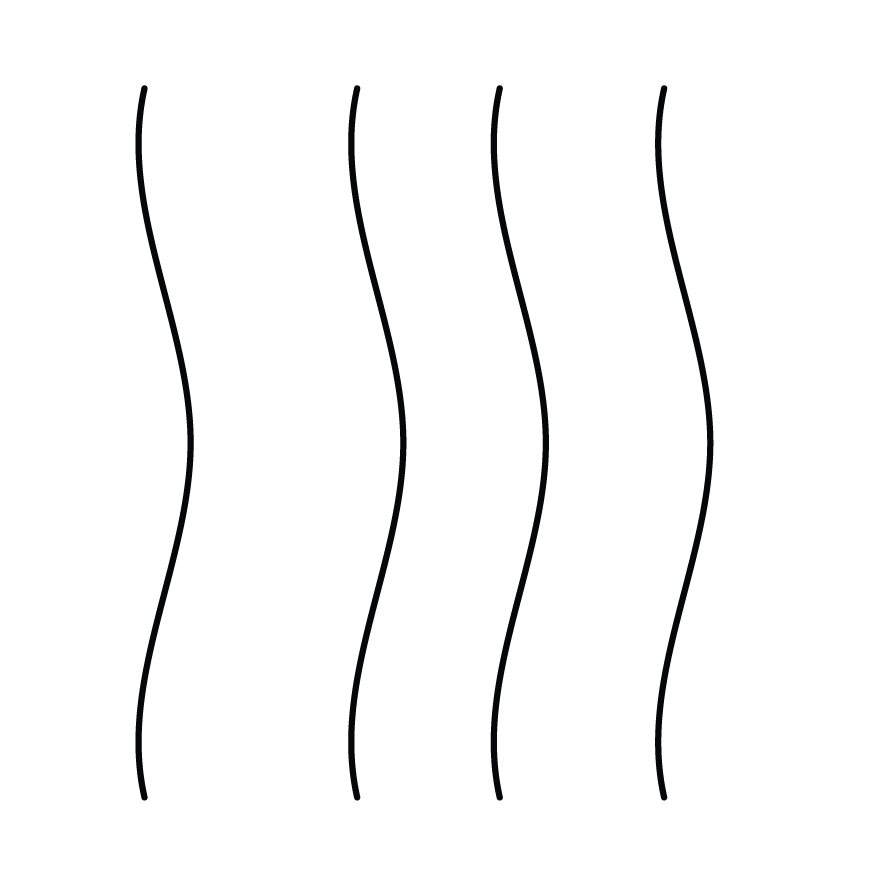
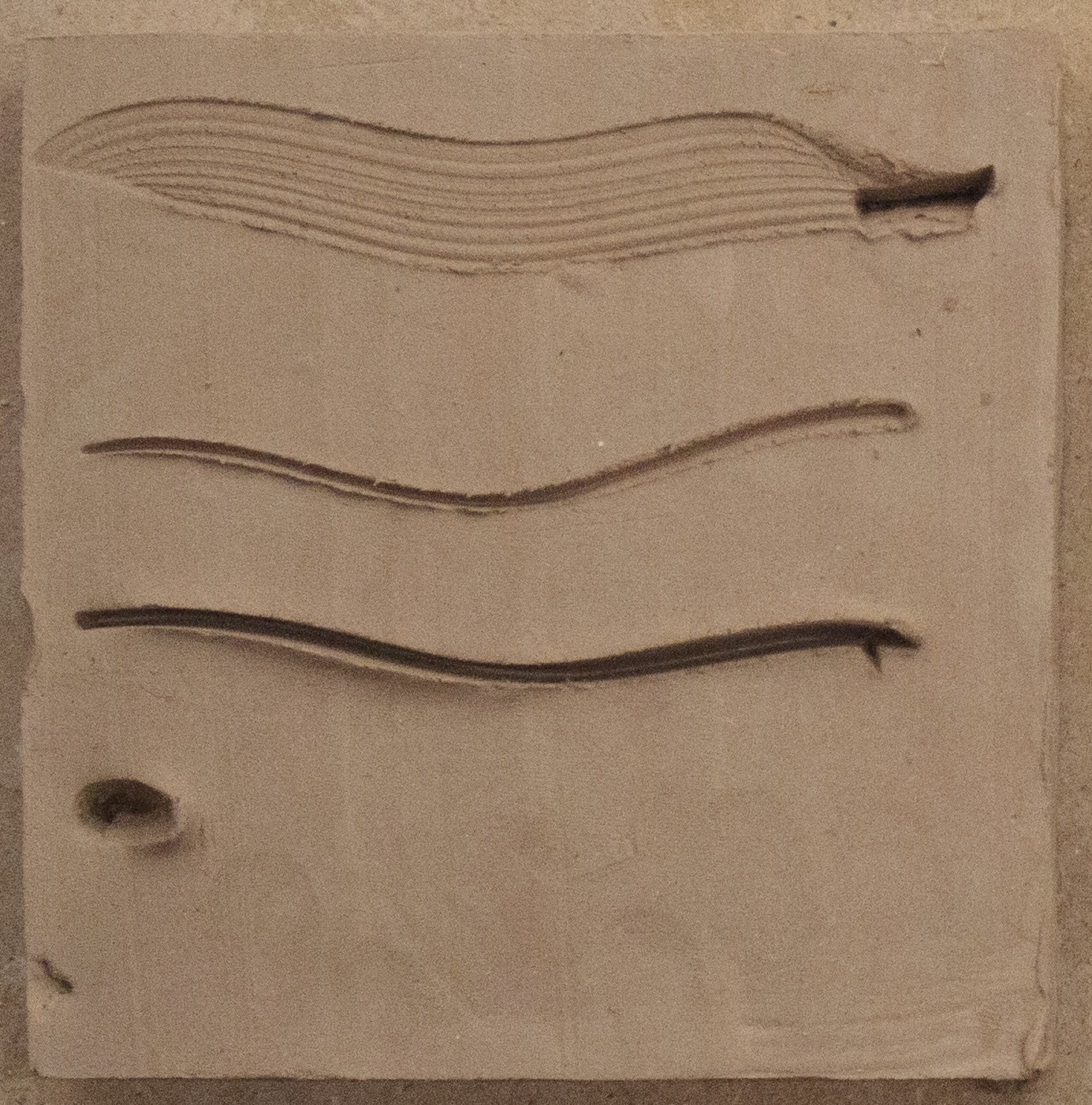

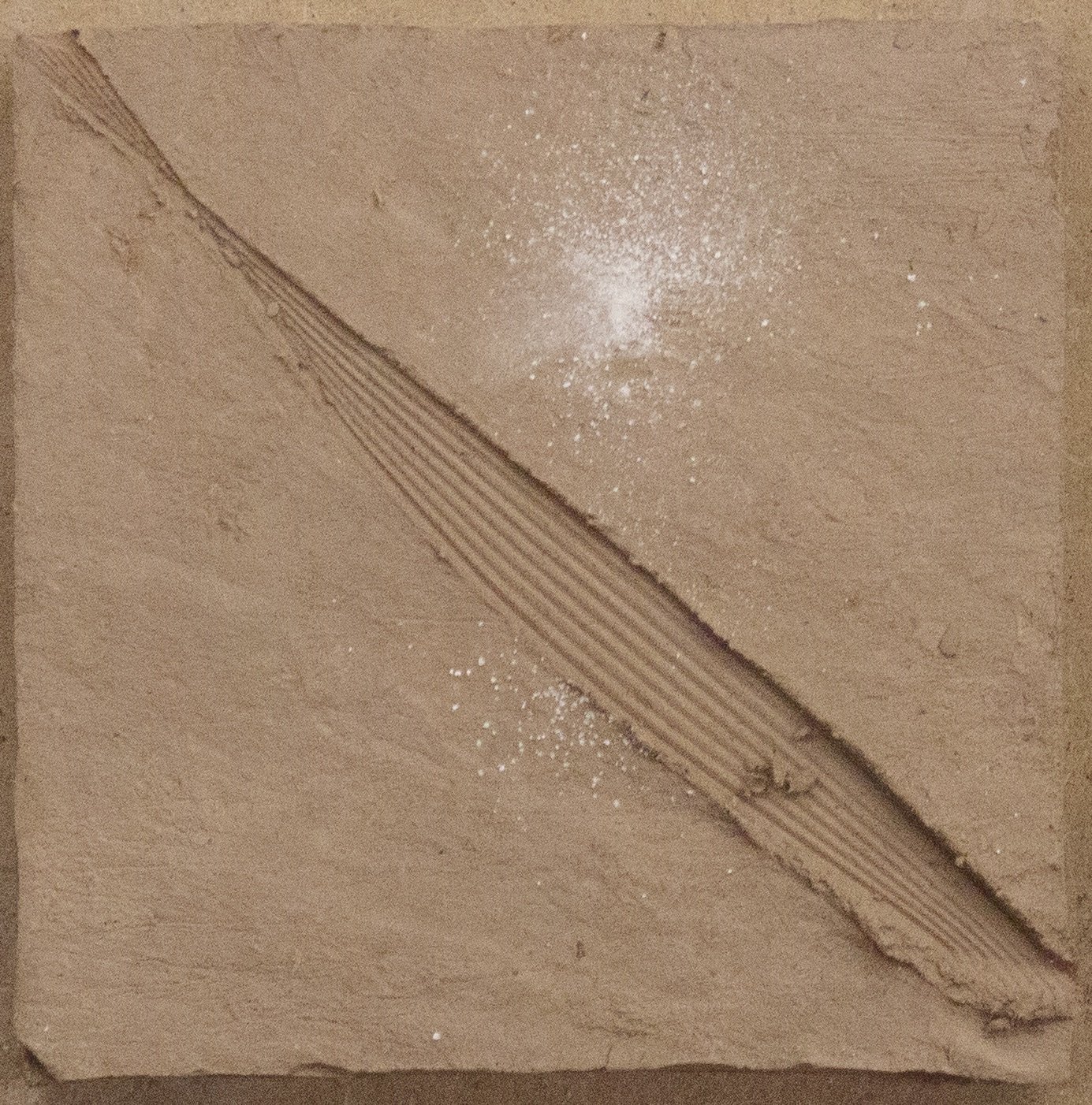

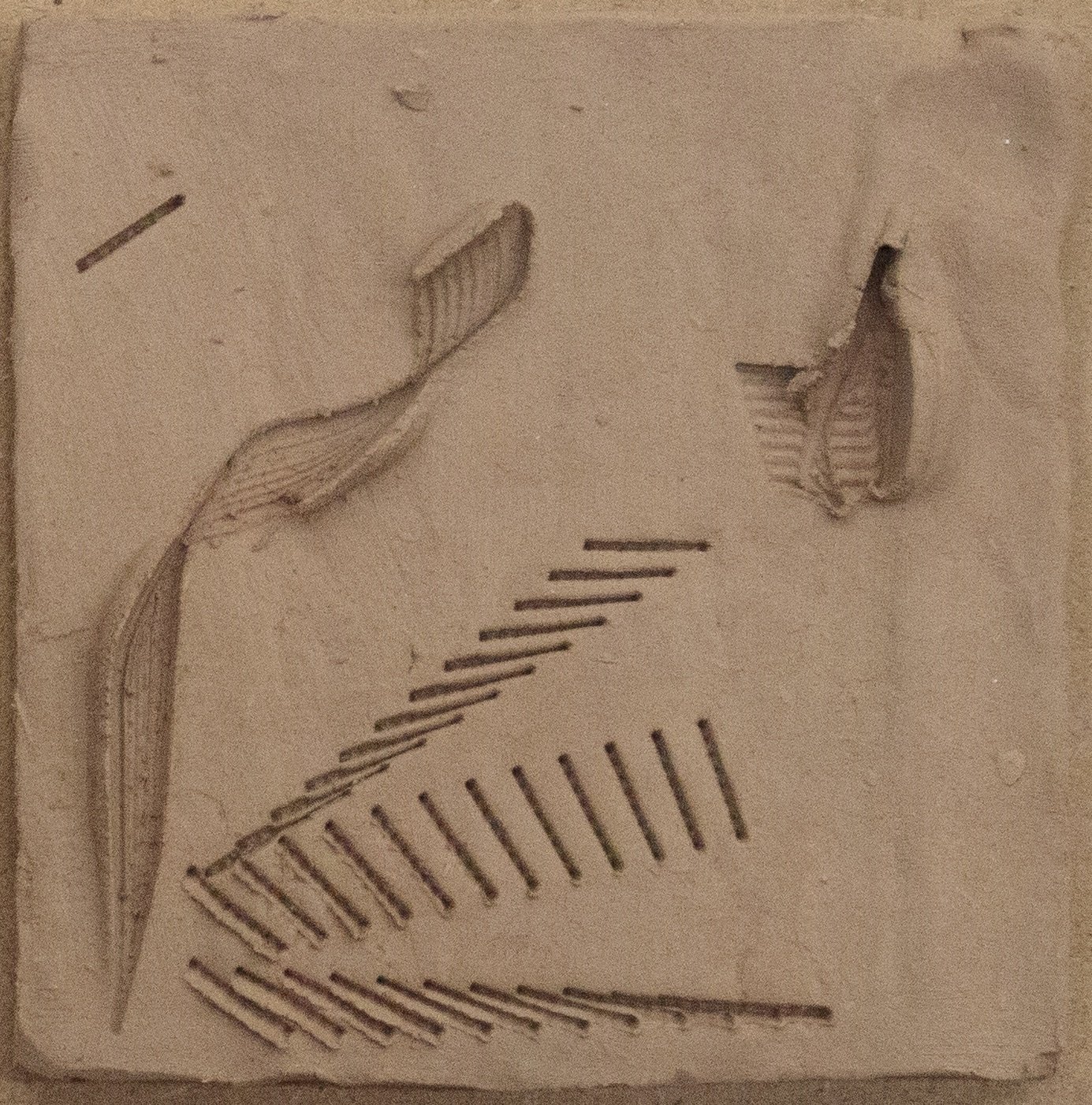

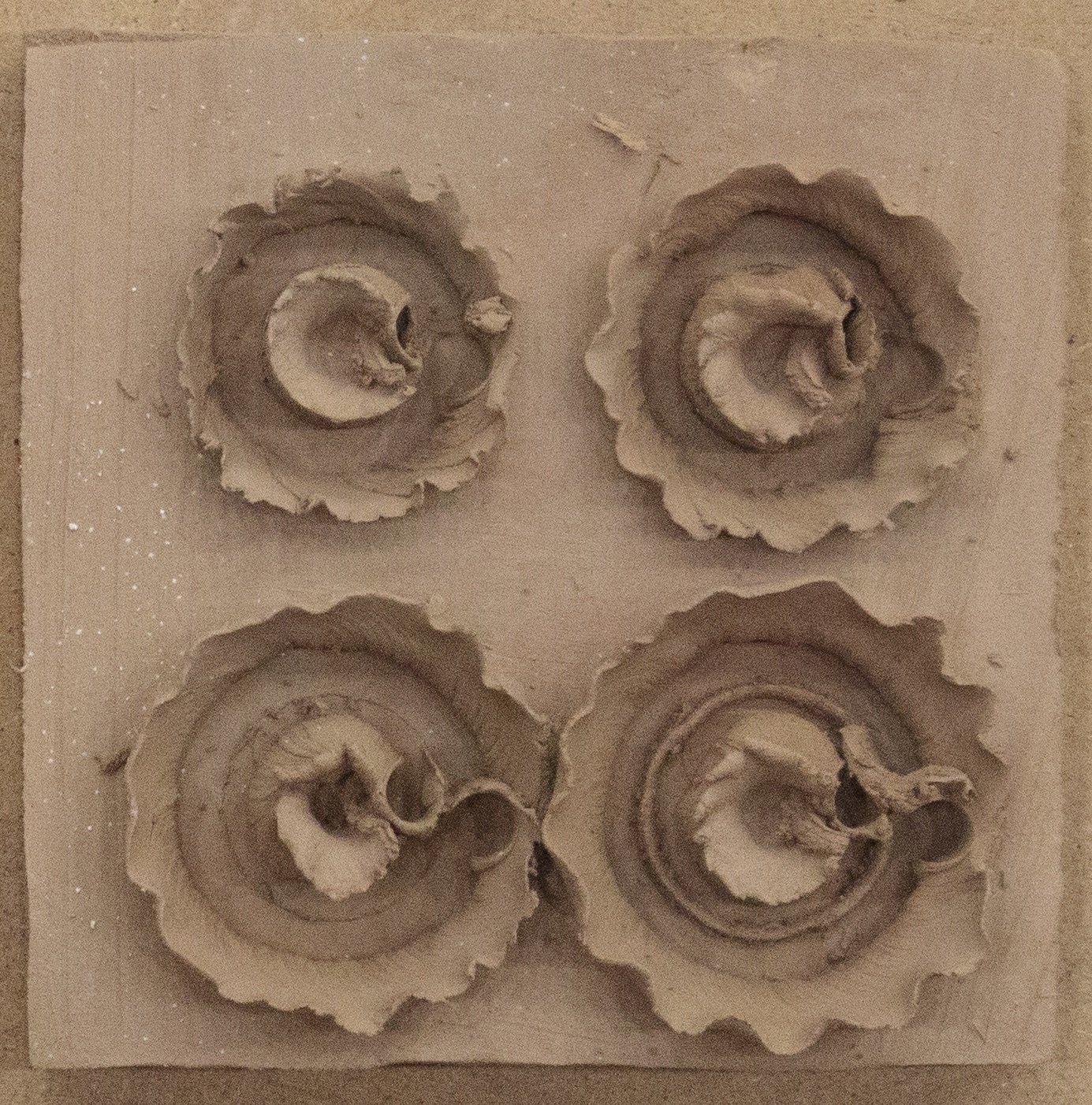
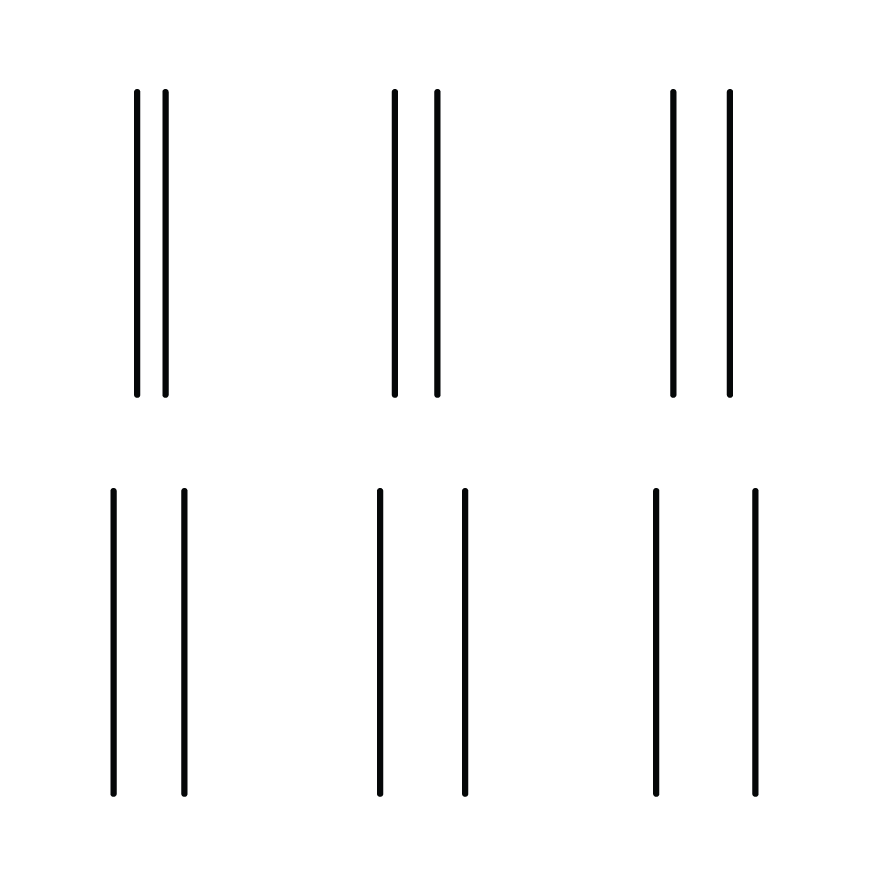
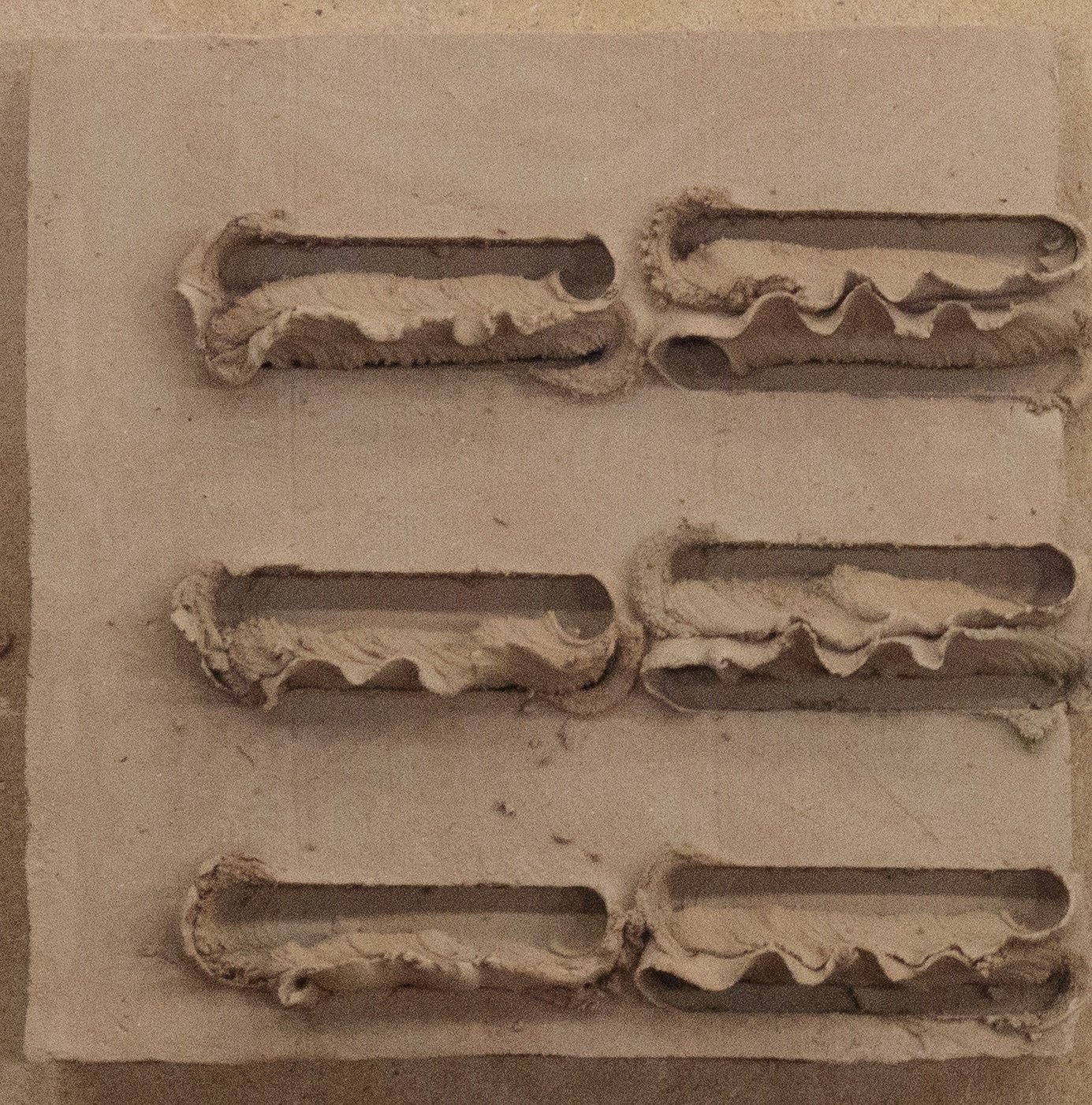

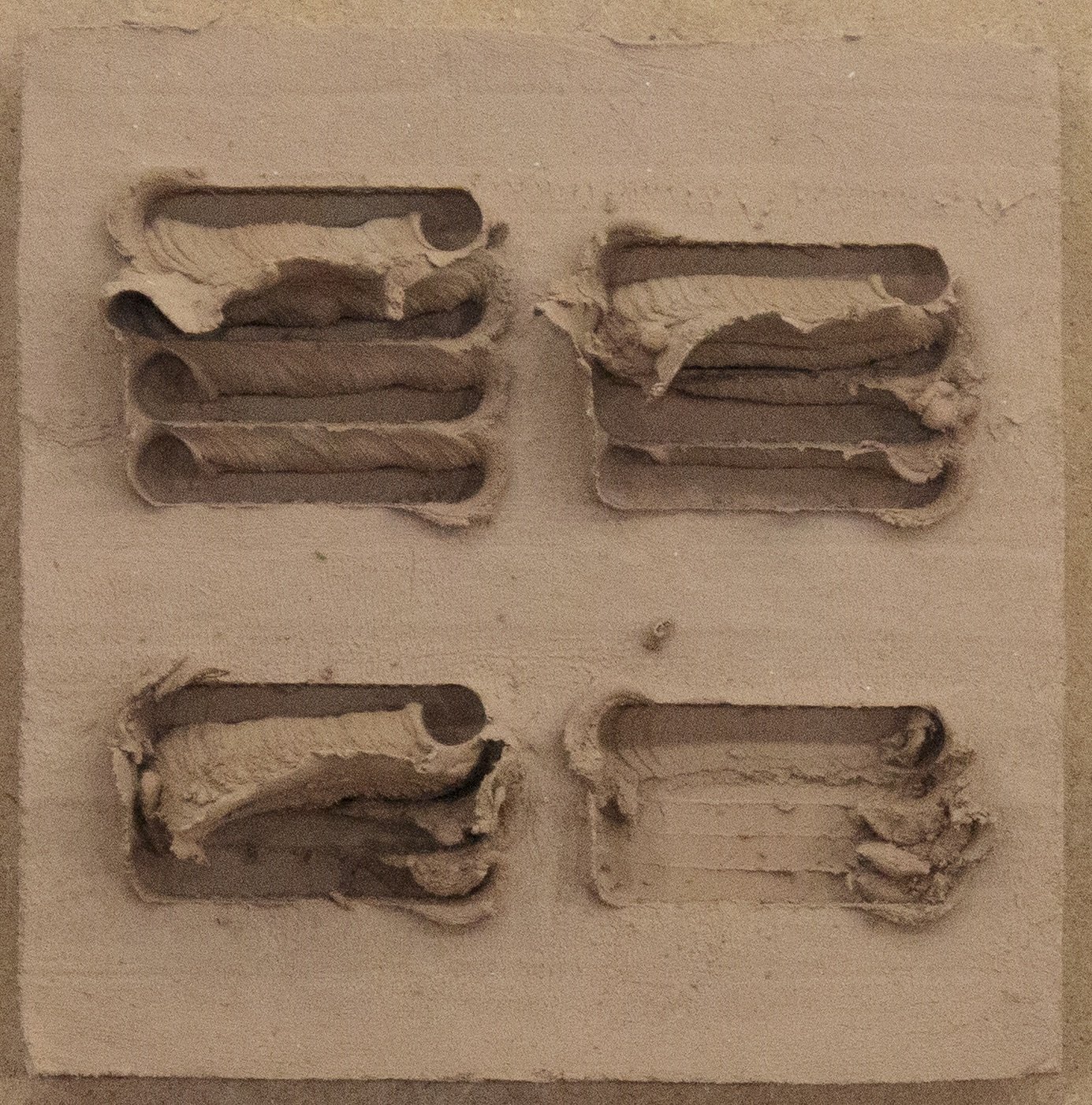

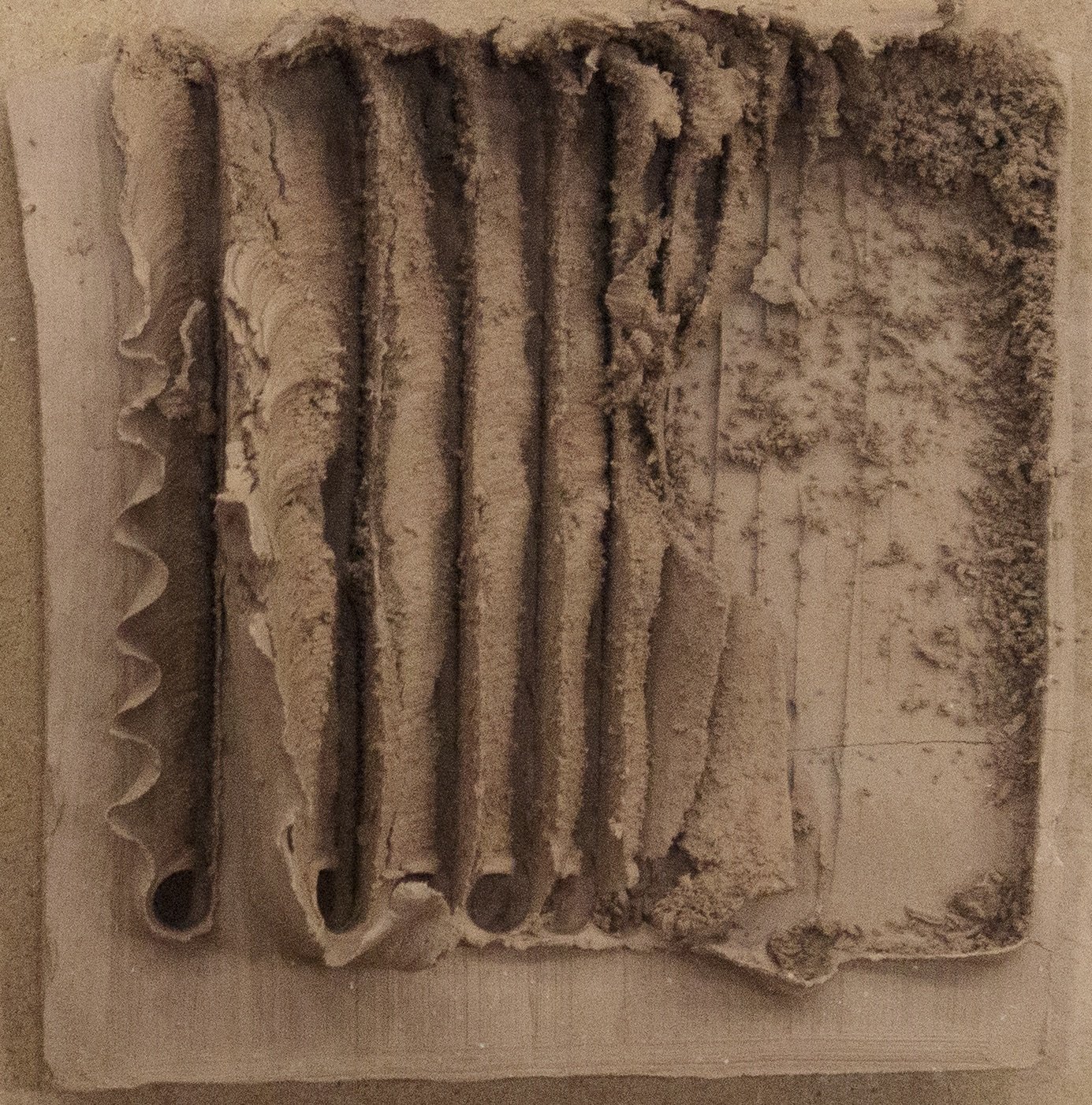

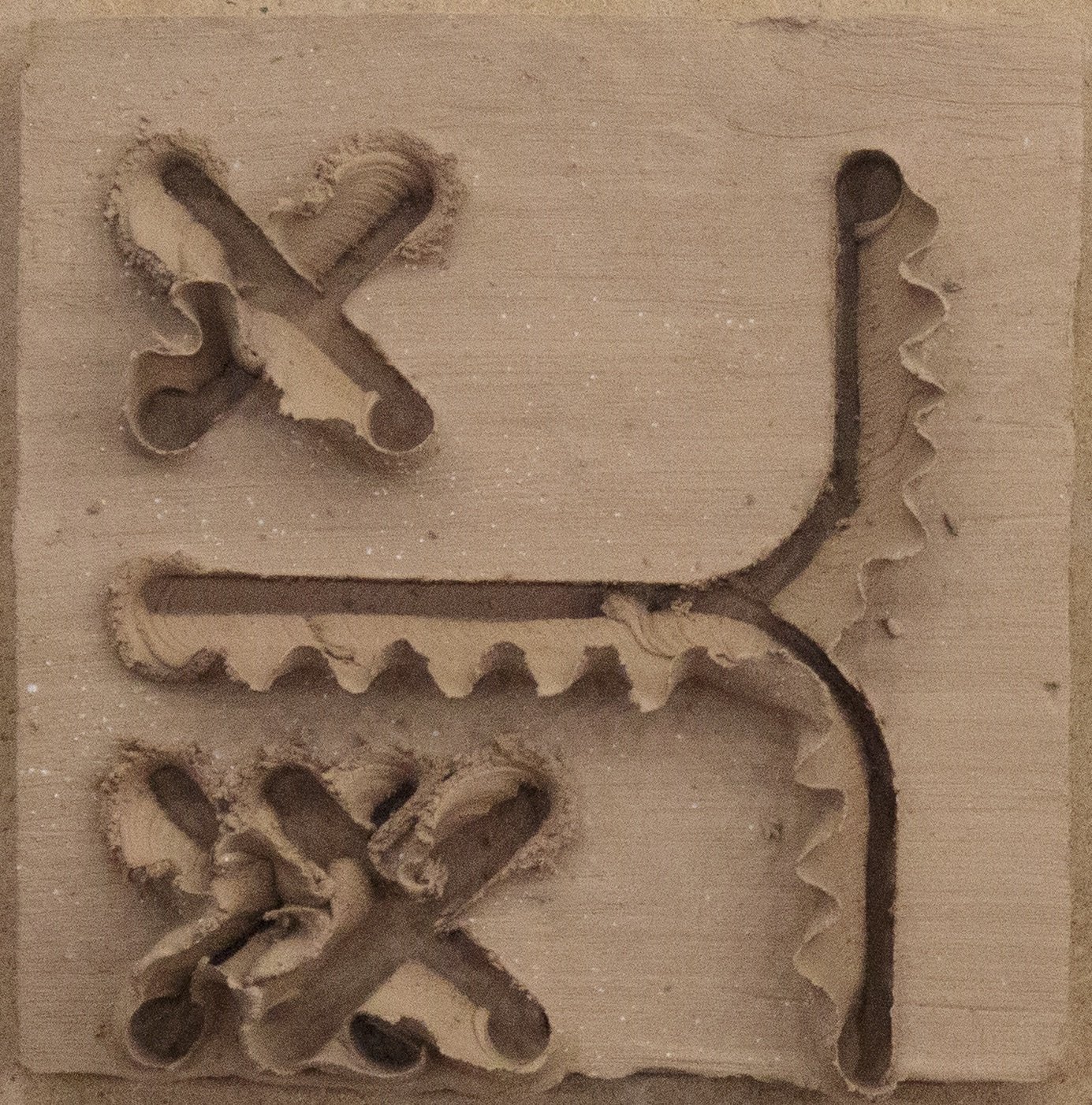

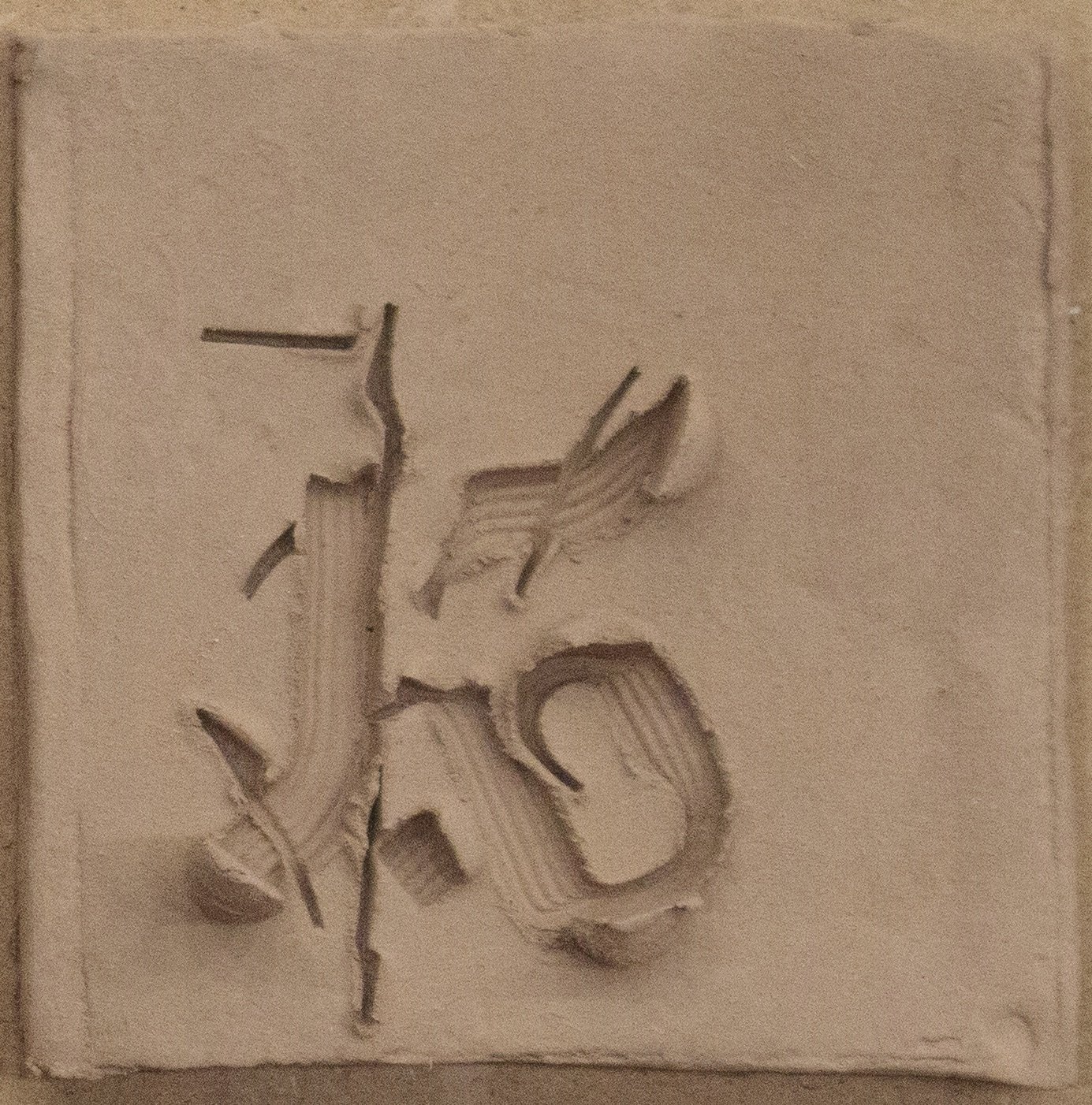
A non-trivial part of the project tackled the un-intuitive challenges robots face, like sensing stickiness and adapting to clay, with insights from artisans shaping the tools and code.
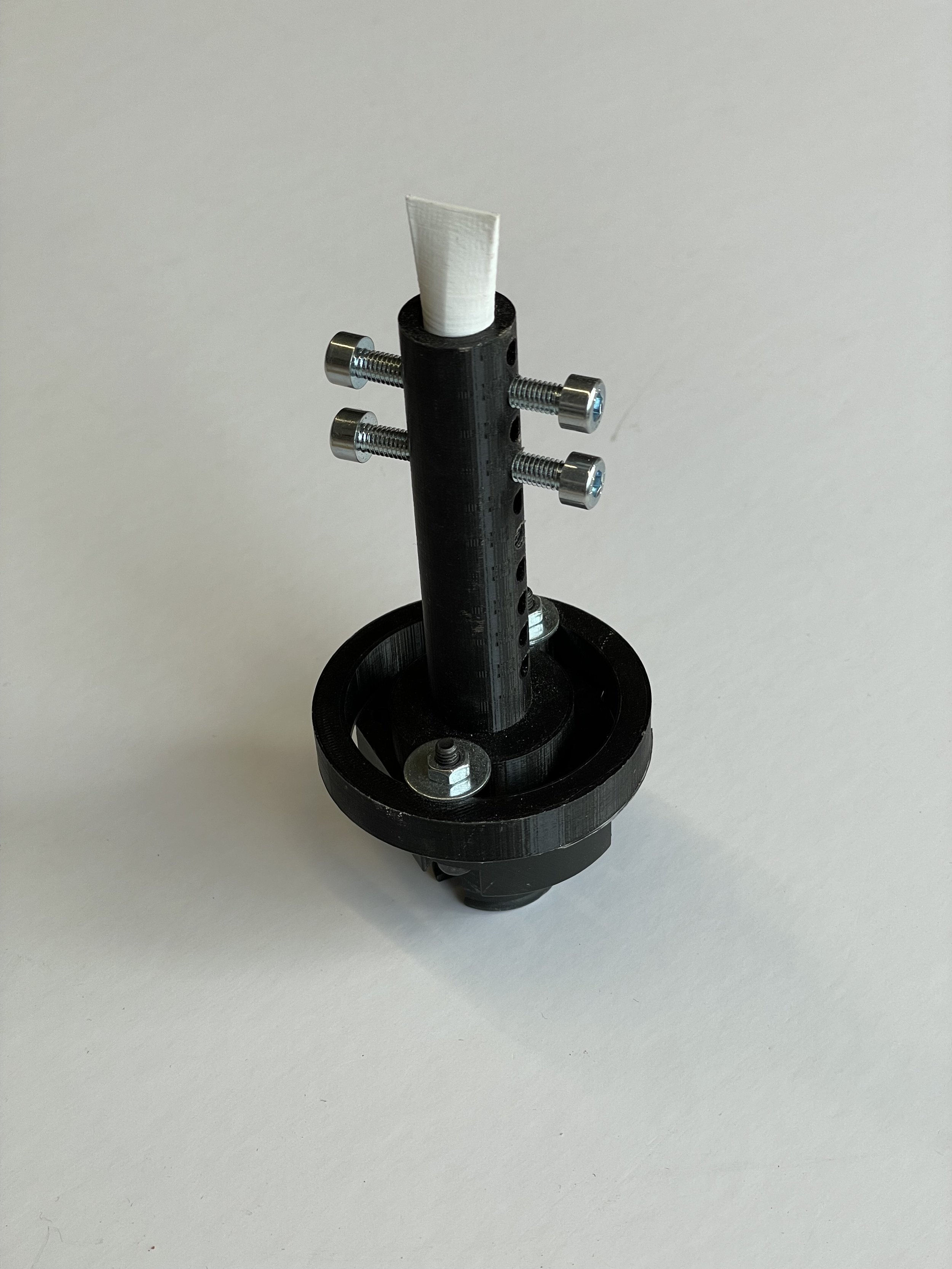
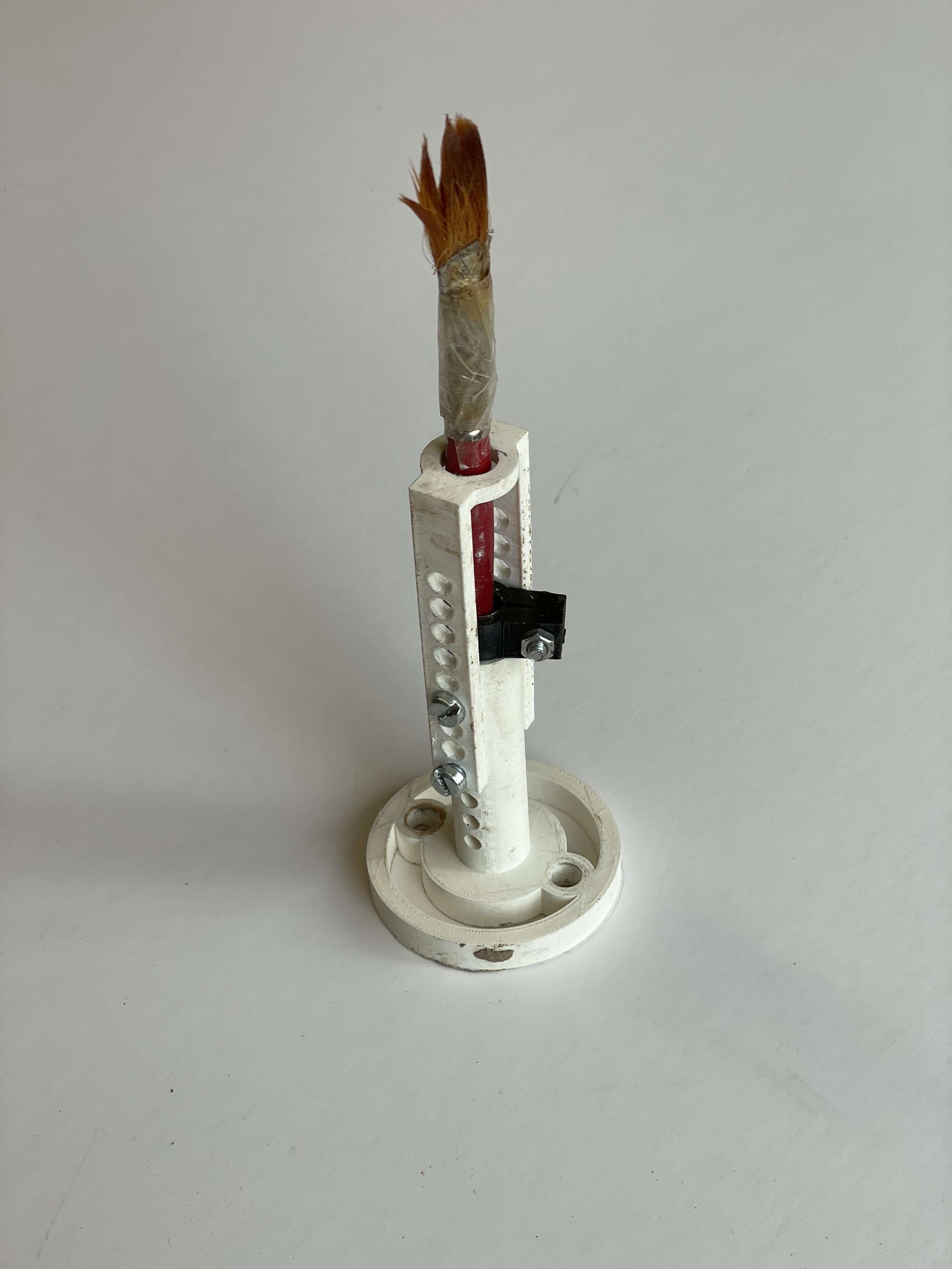
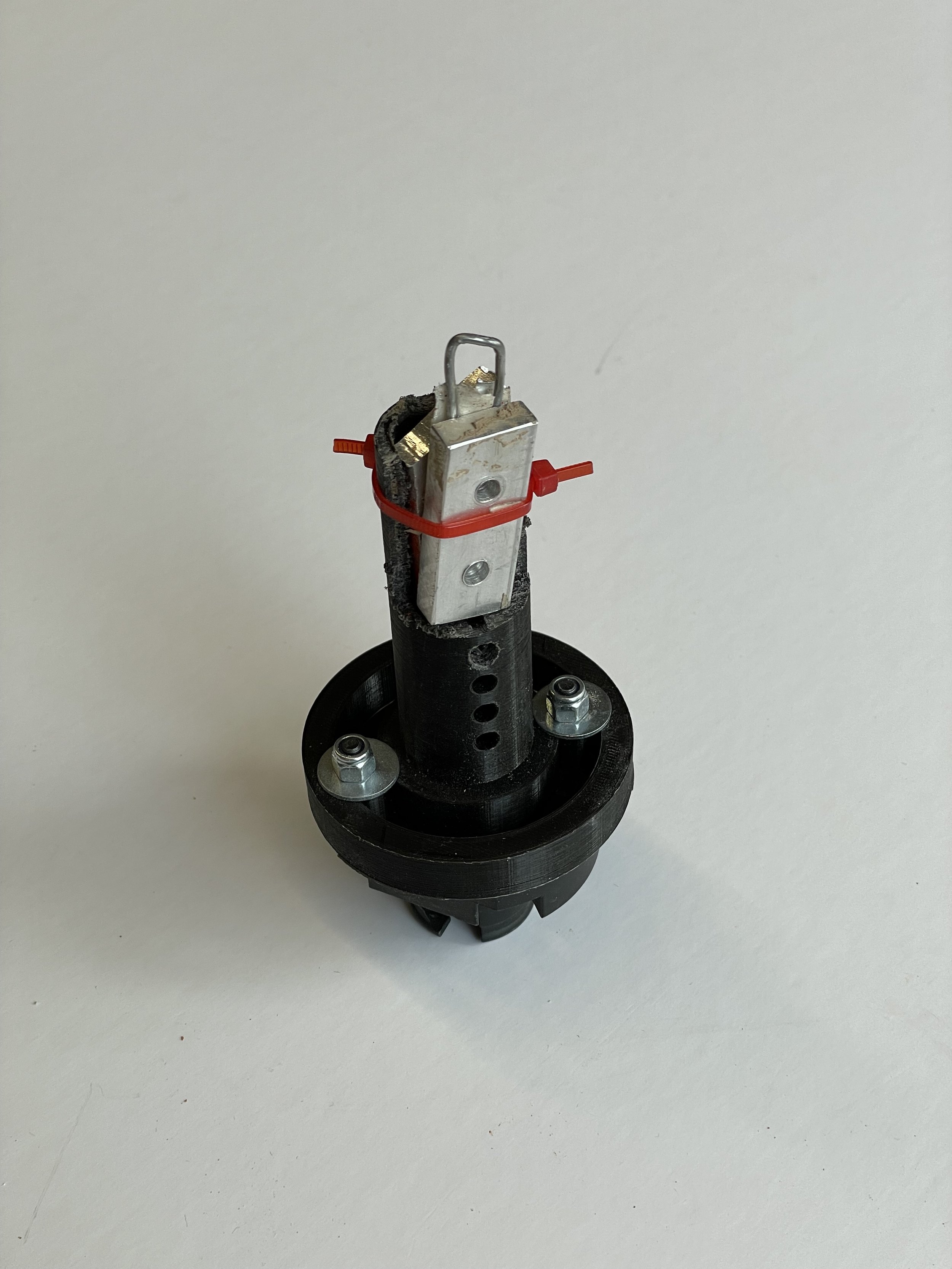
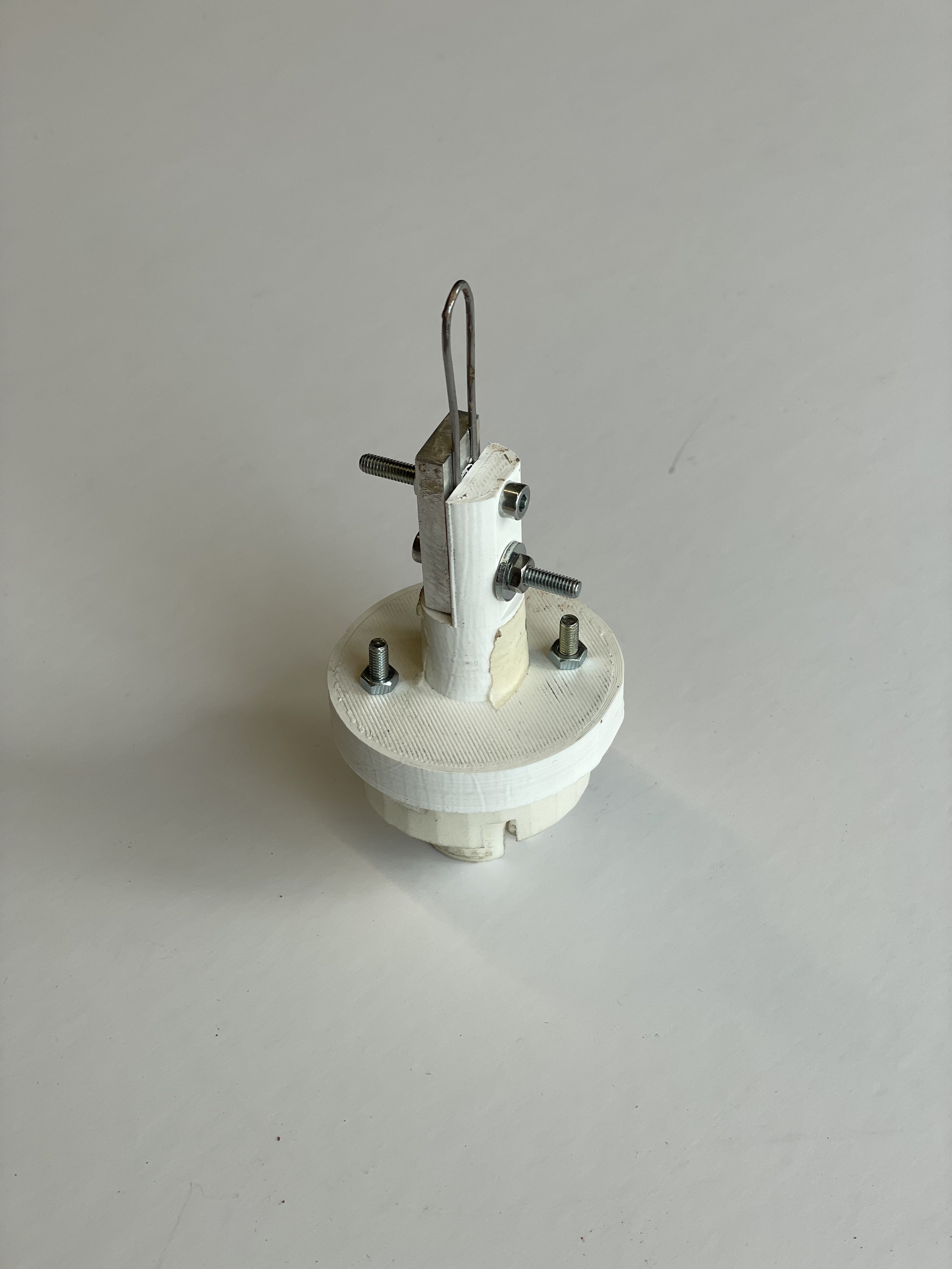

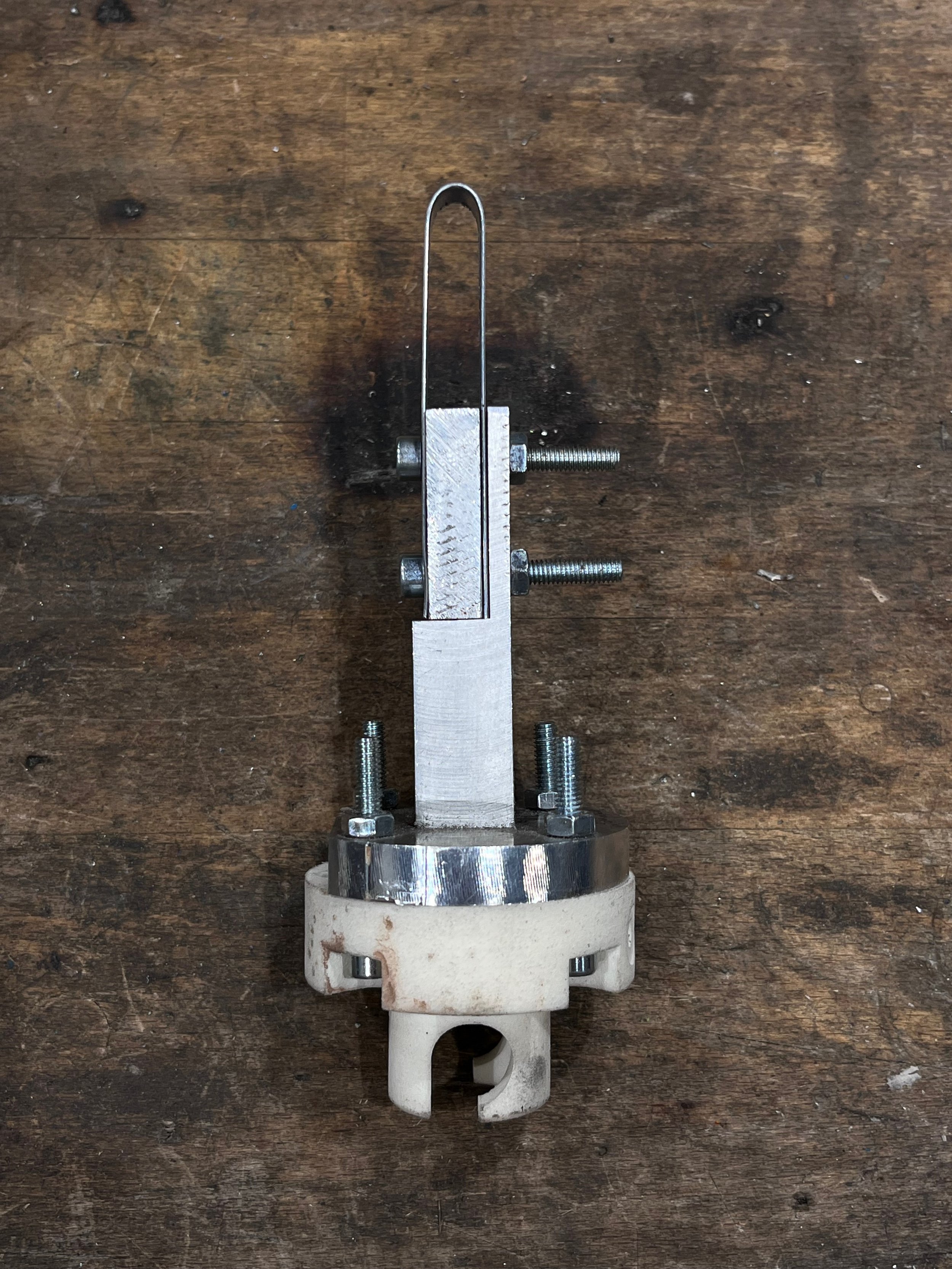

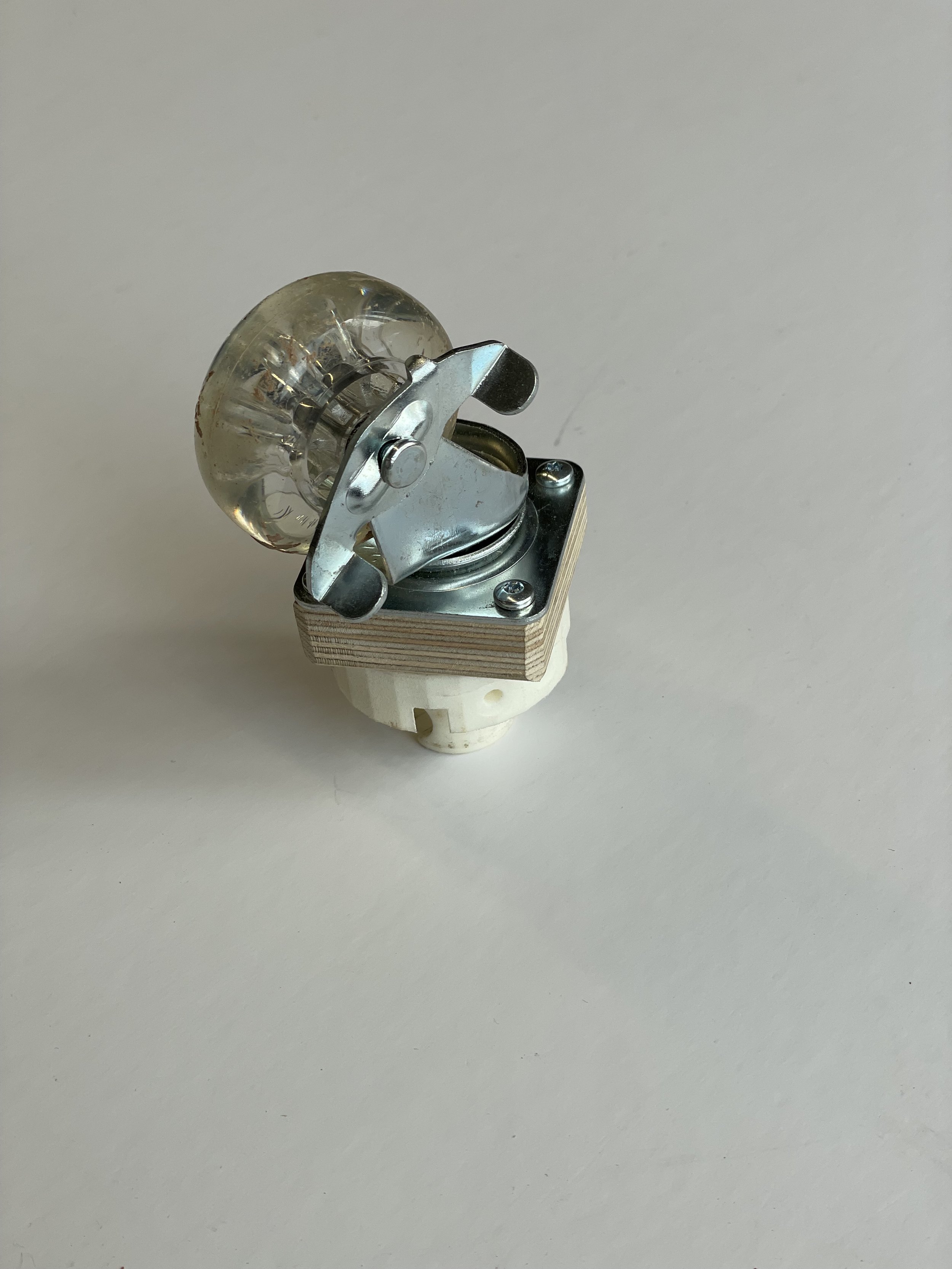
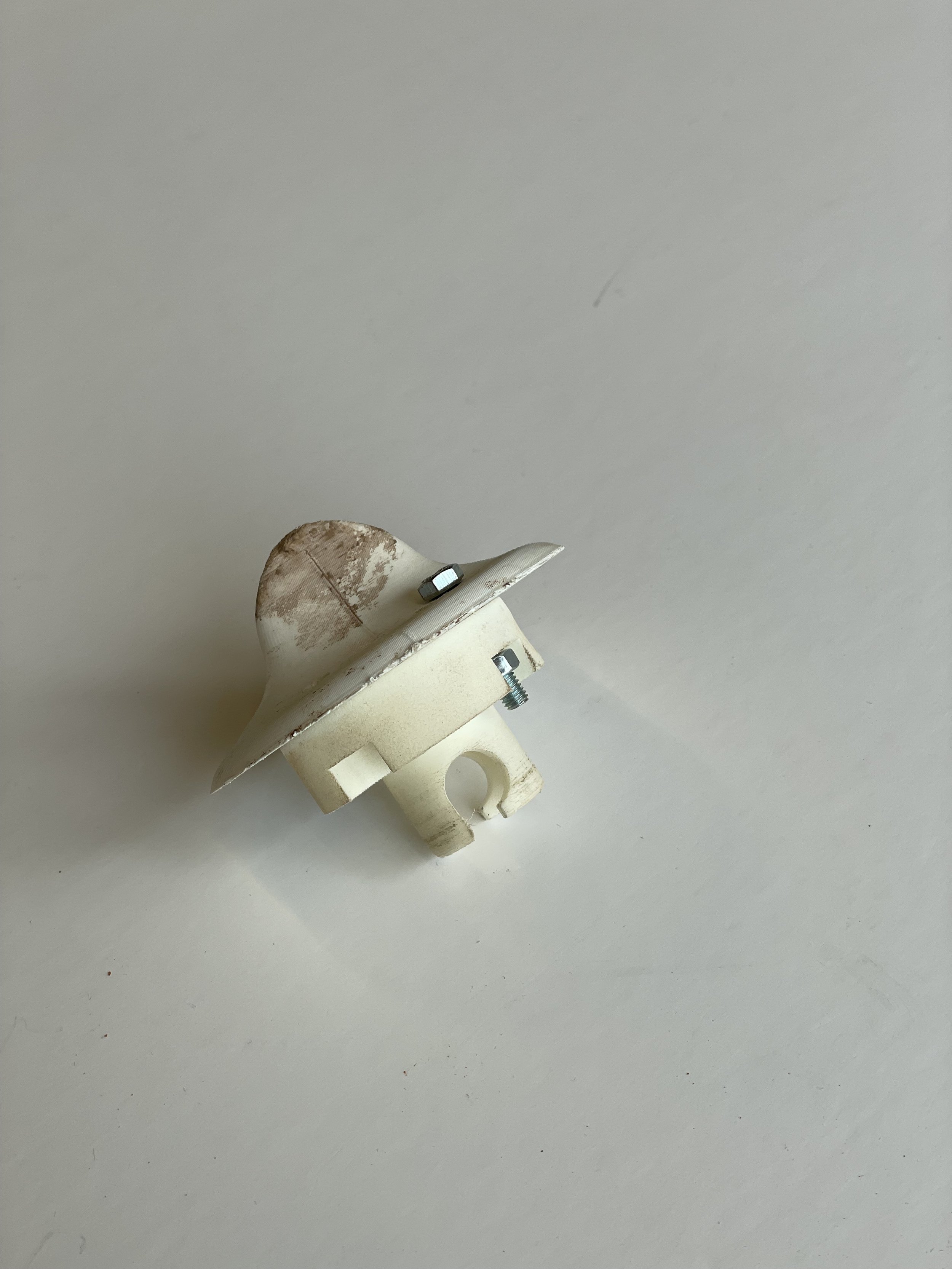
The formwork and column module, when fabricated at a larger scale, would be produced through extrusion. This design requires only a single extrusion die to create all components of the column, enhancing production speed and lowering costs.



